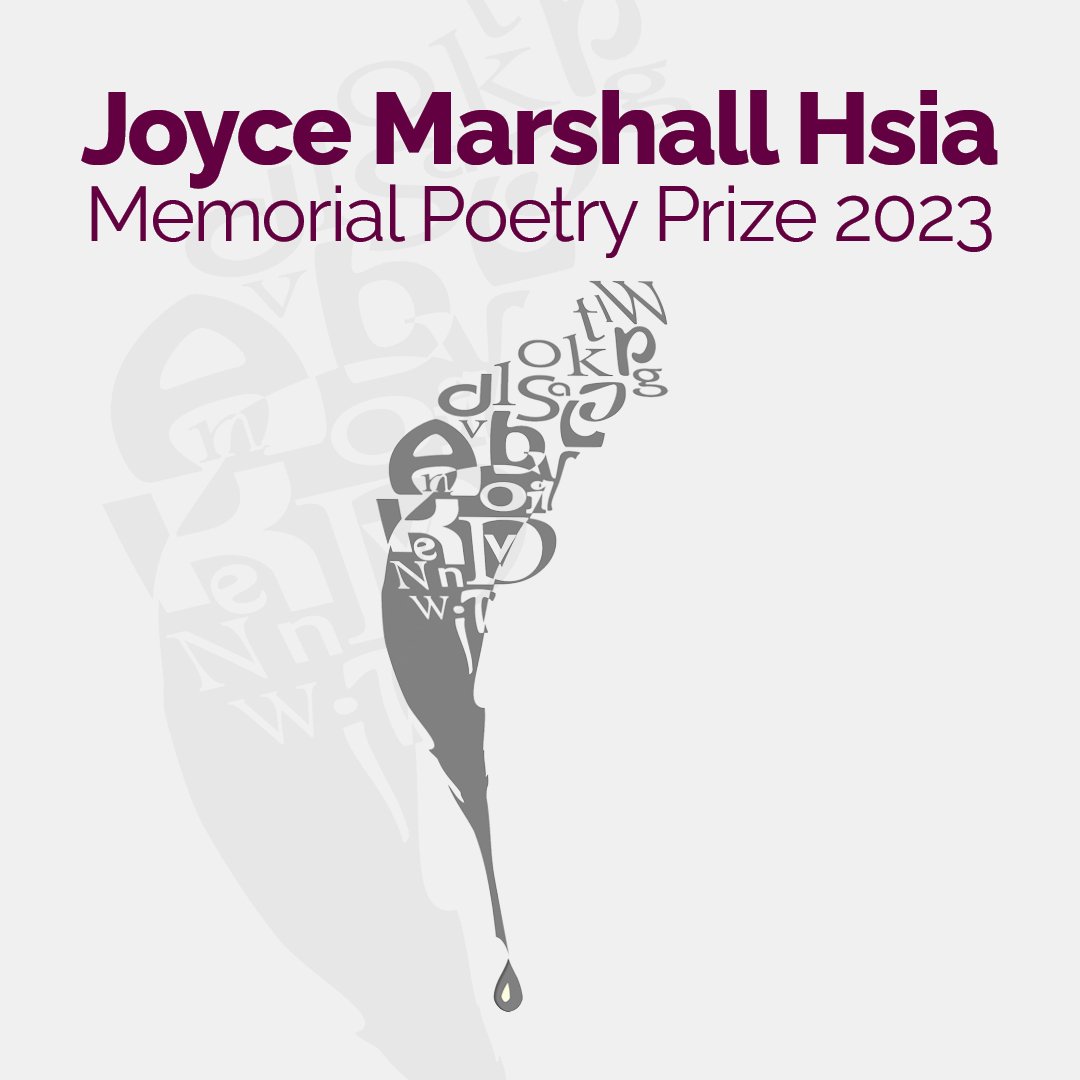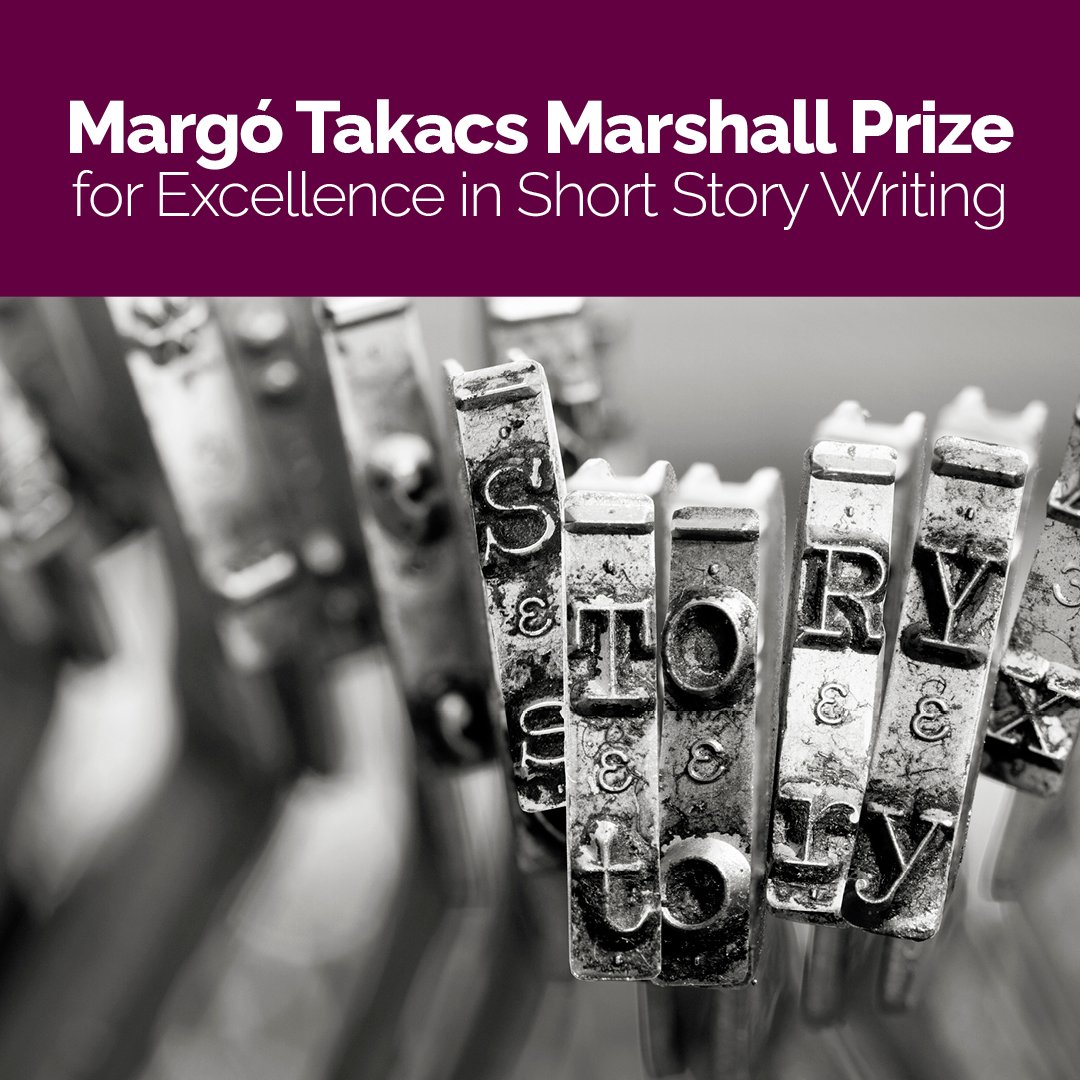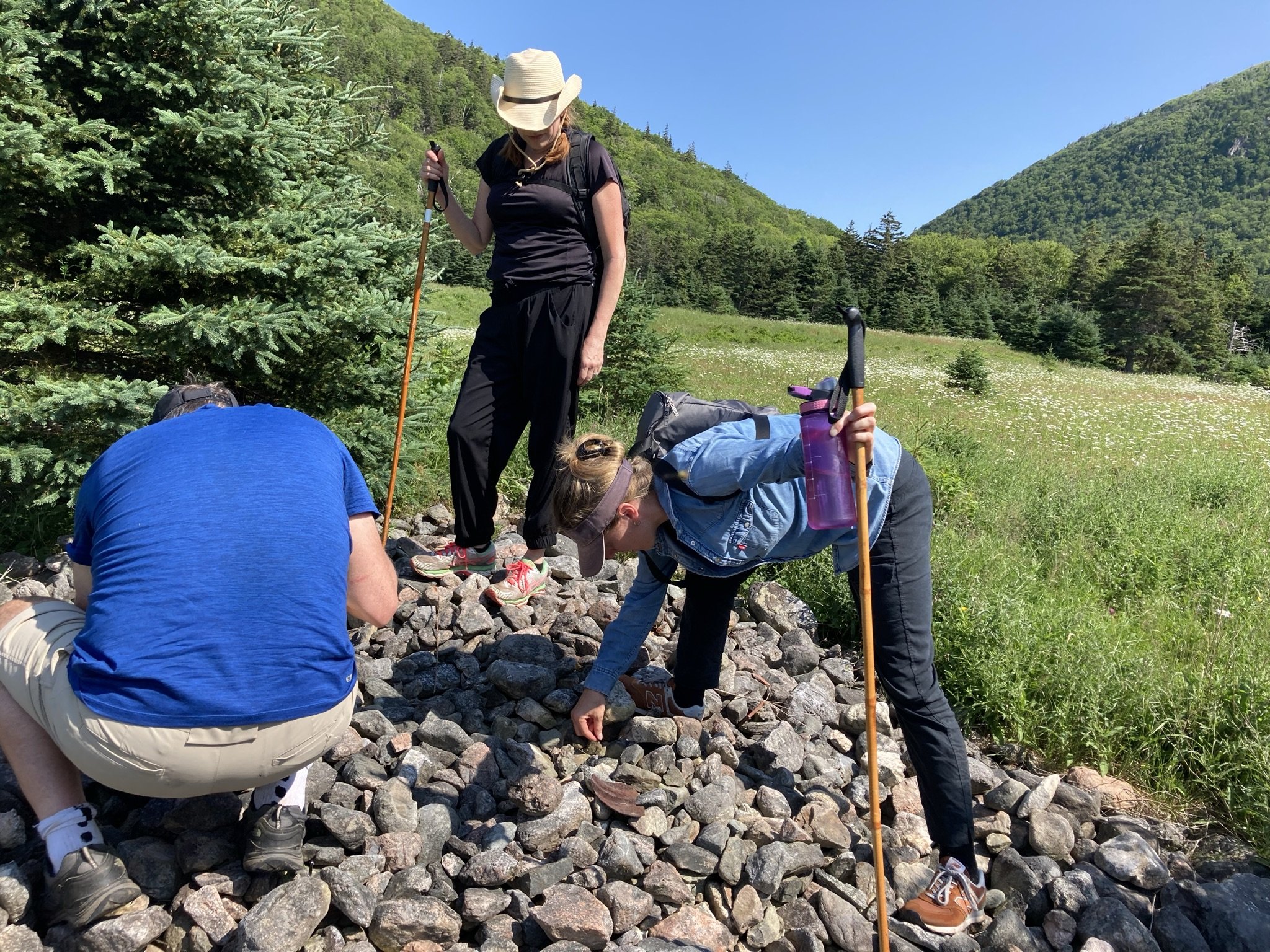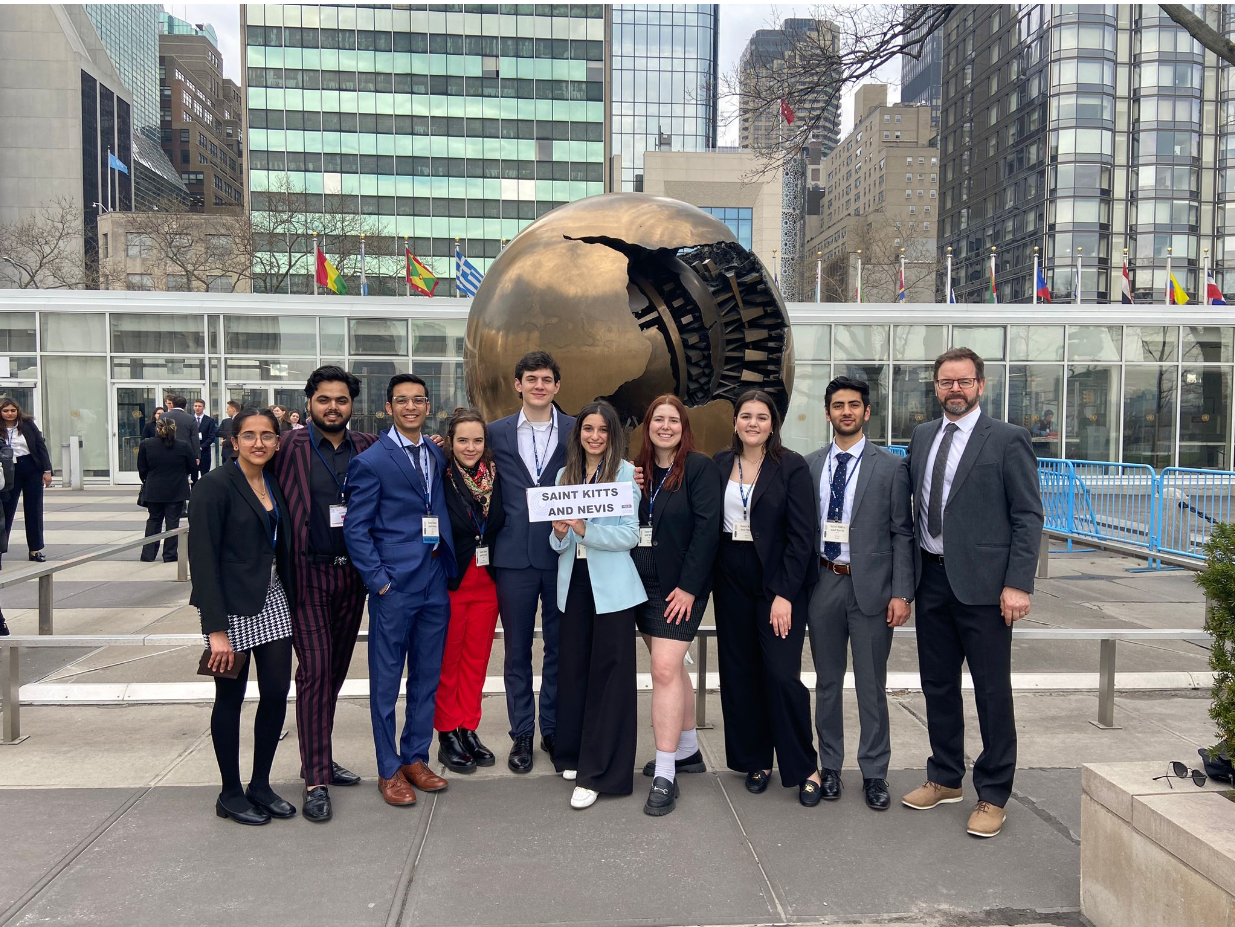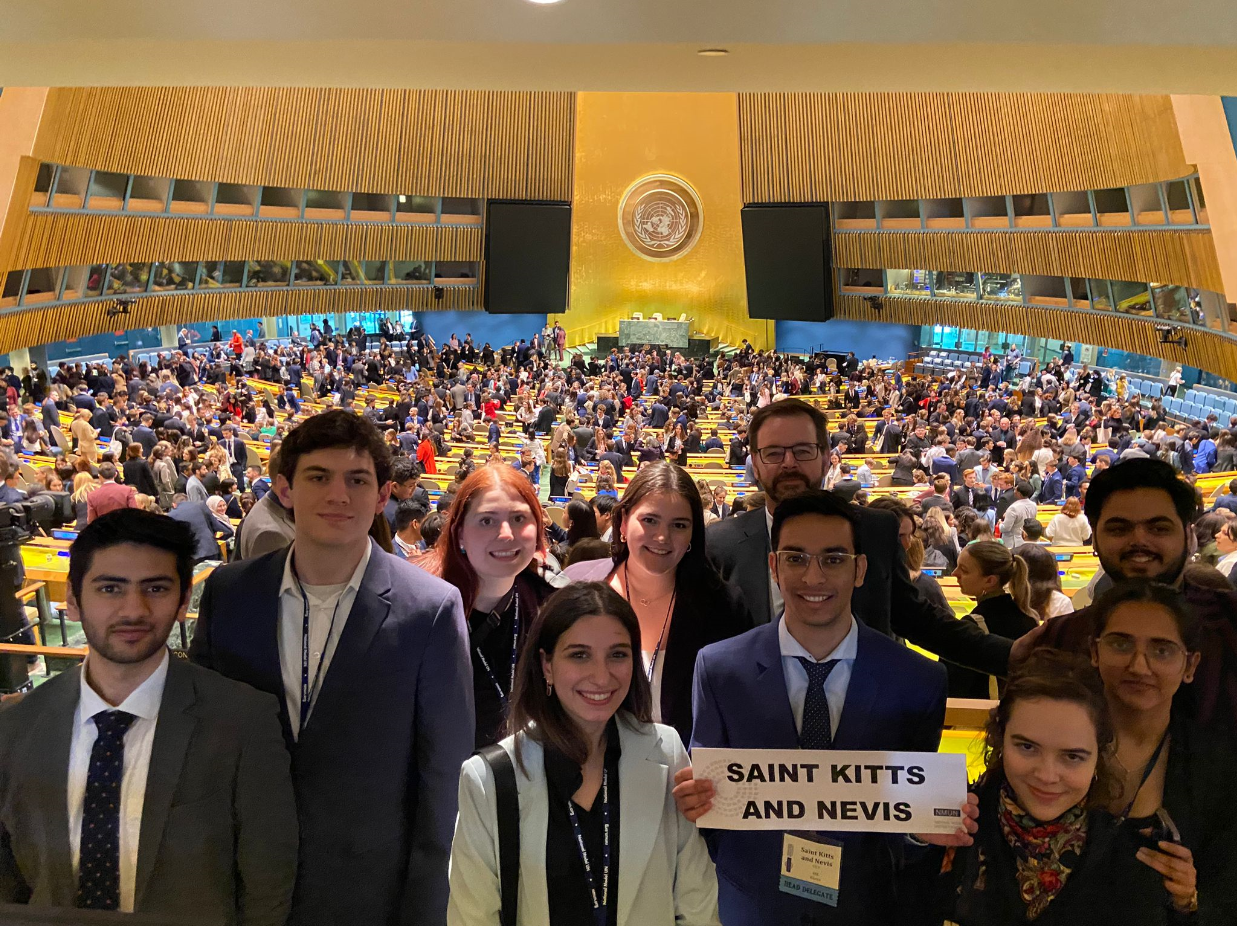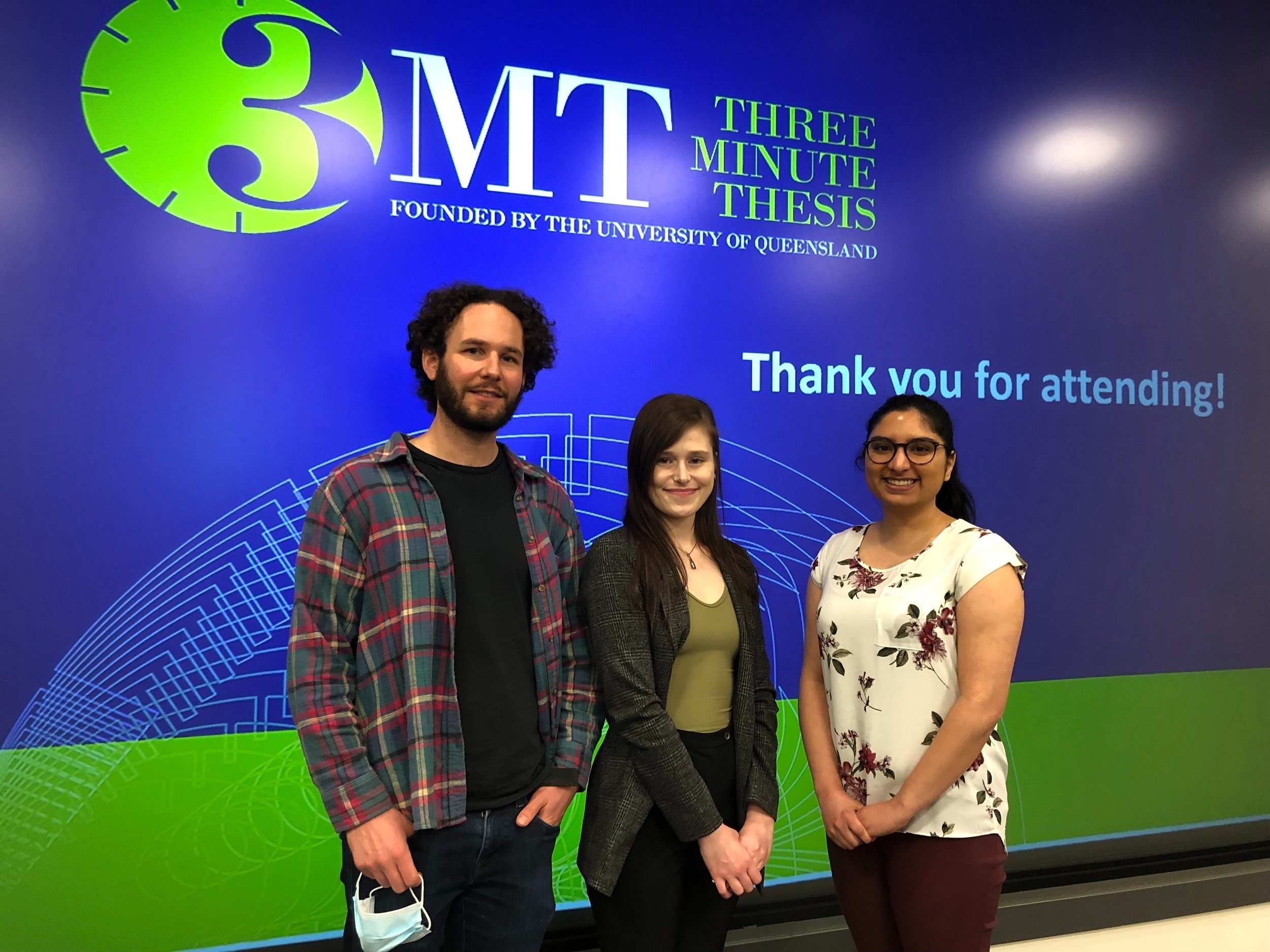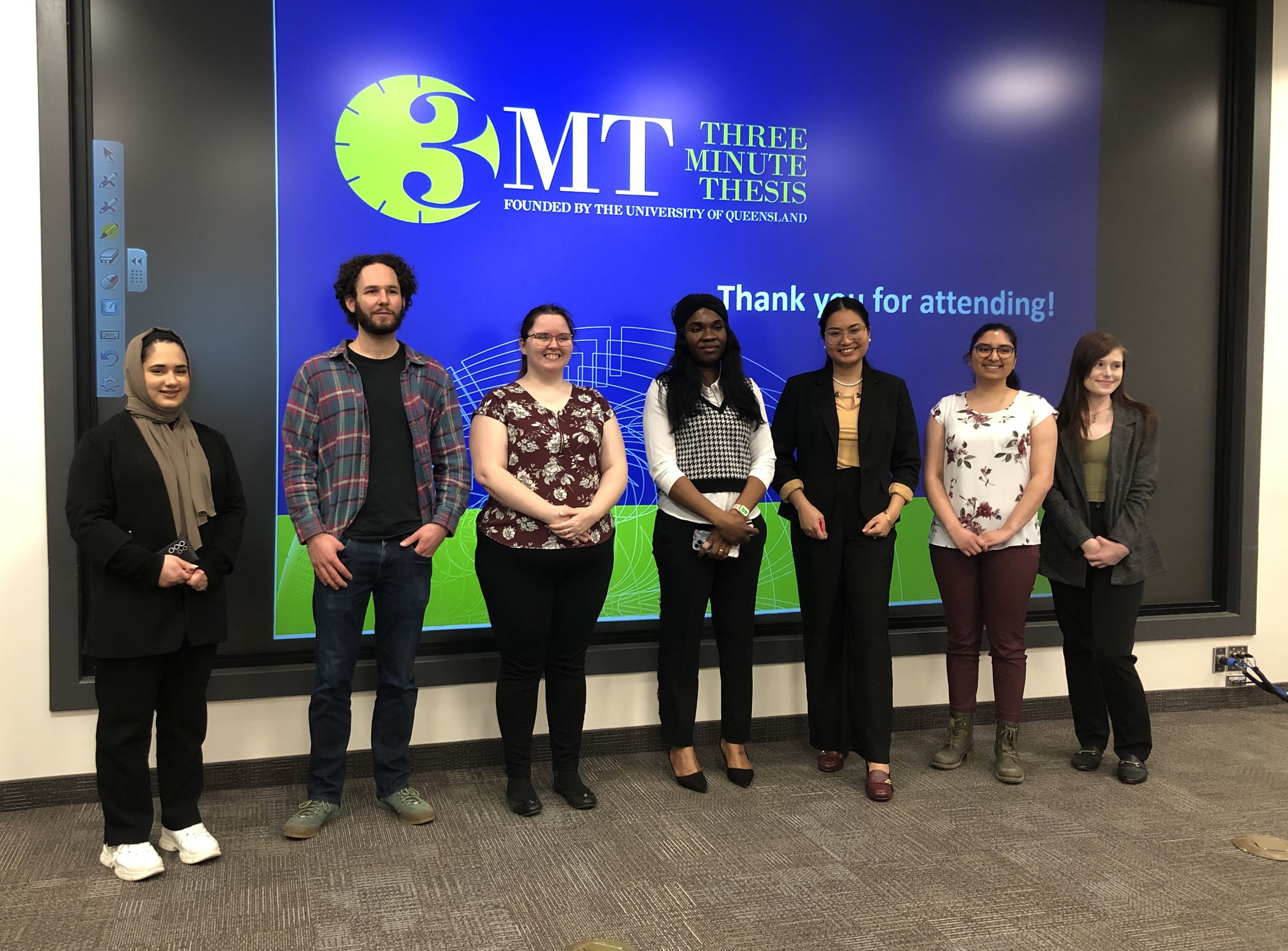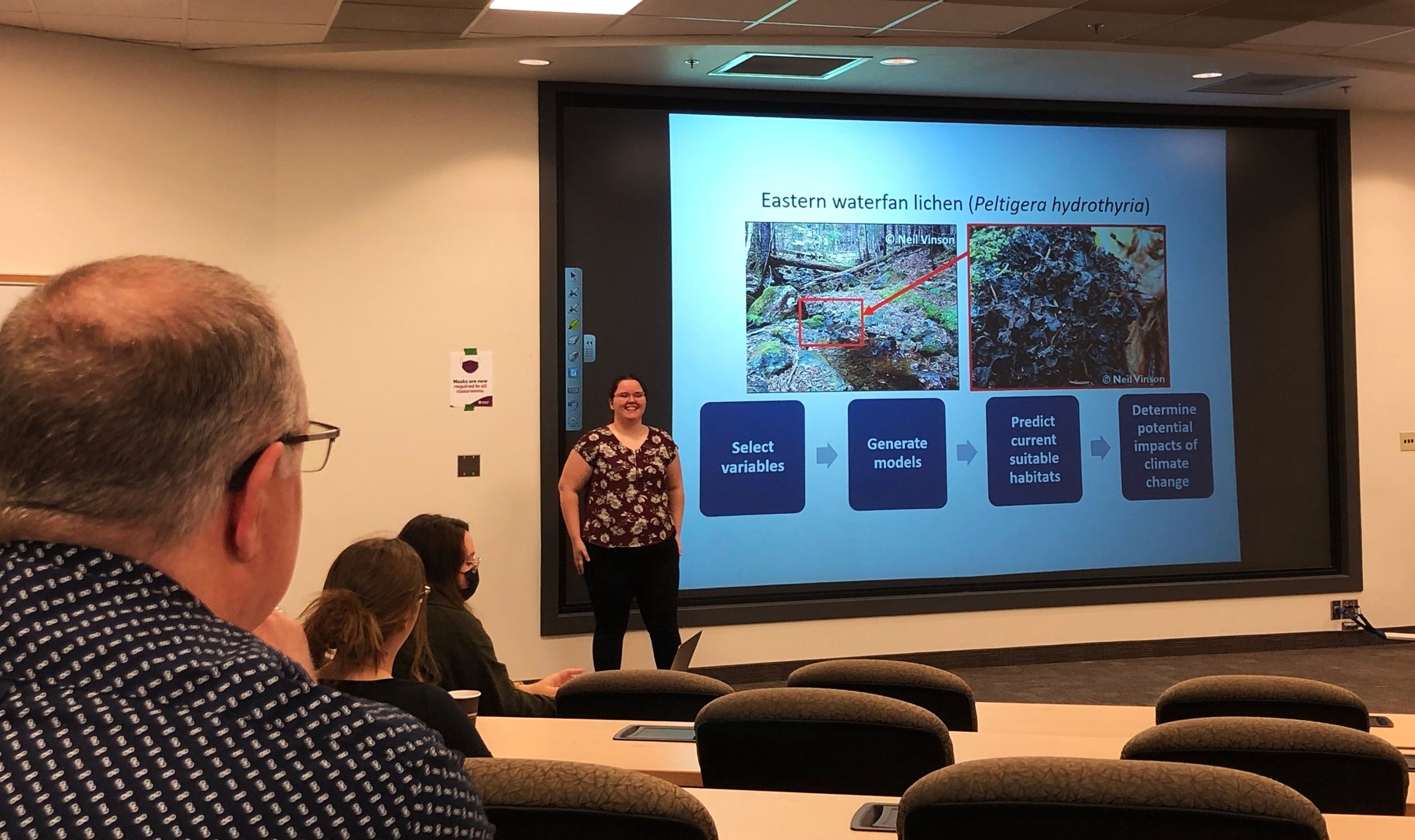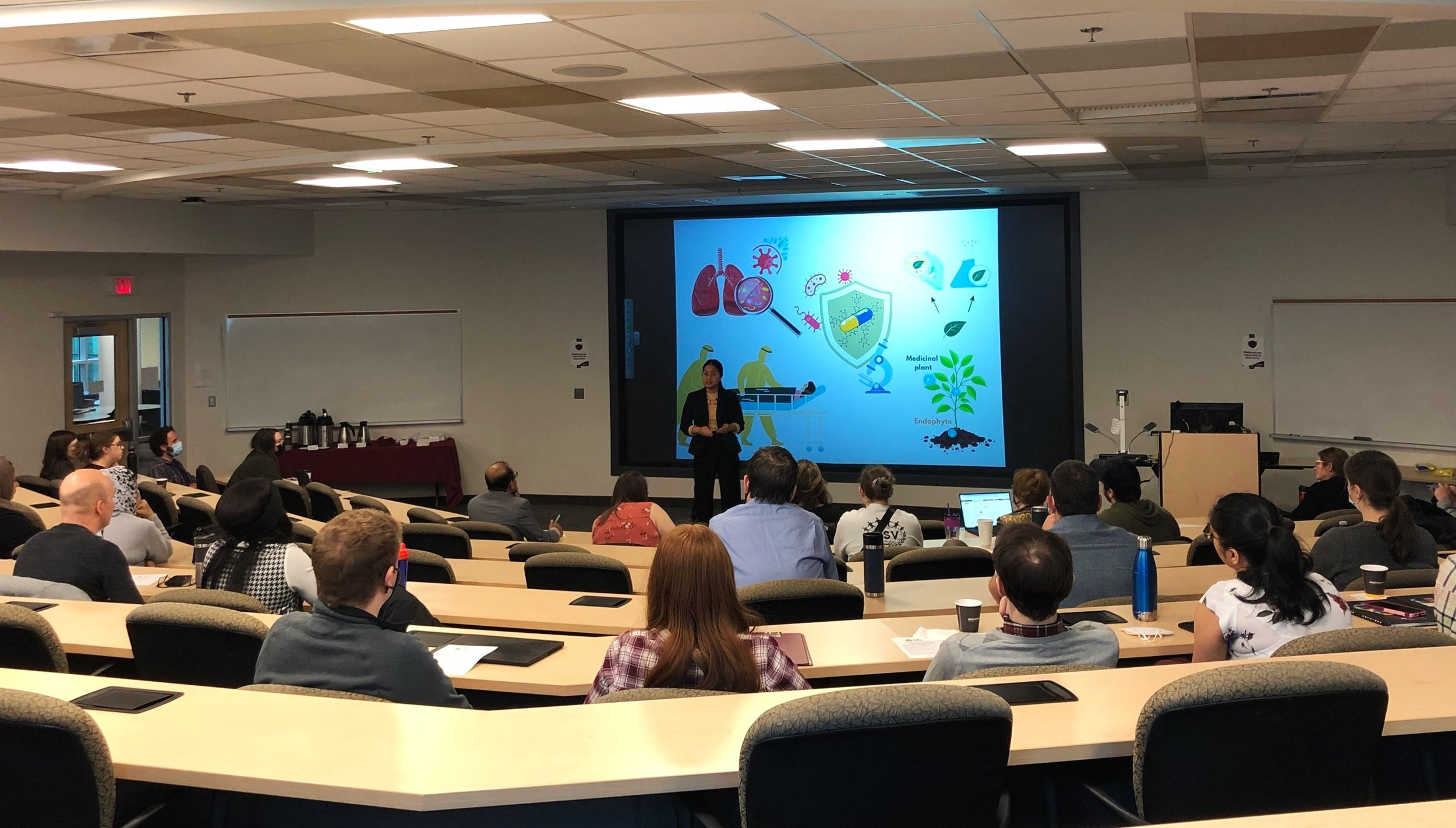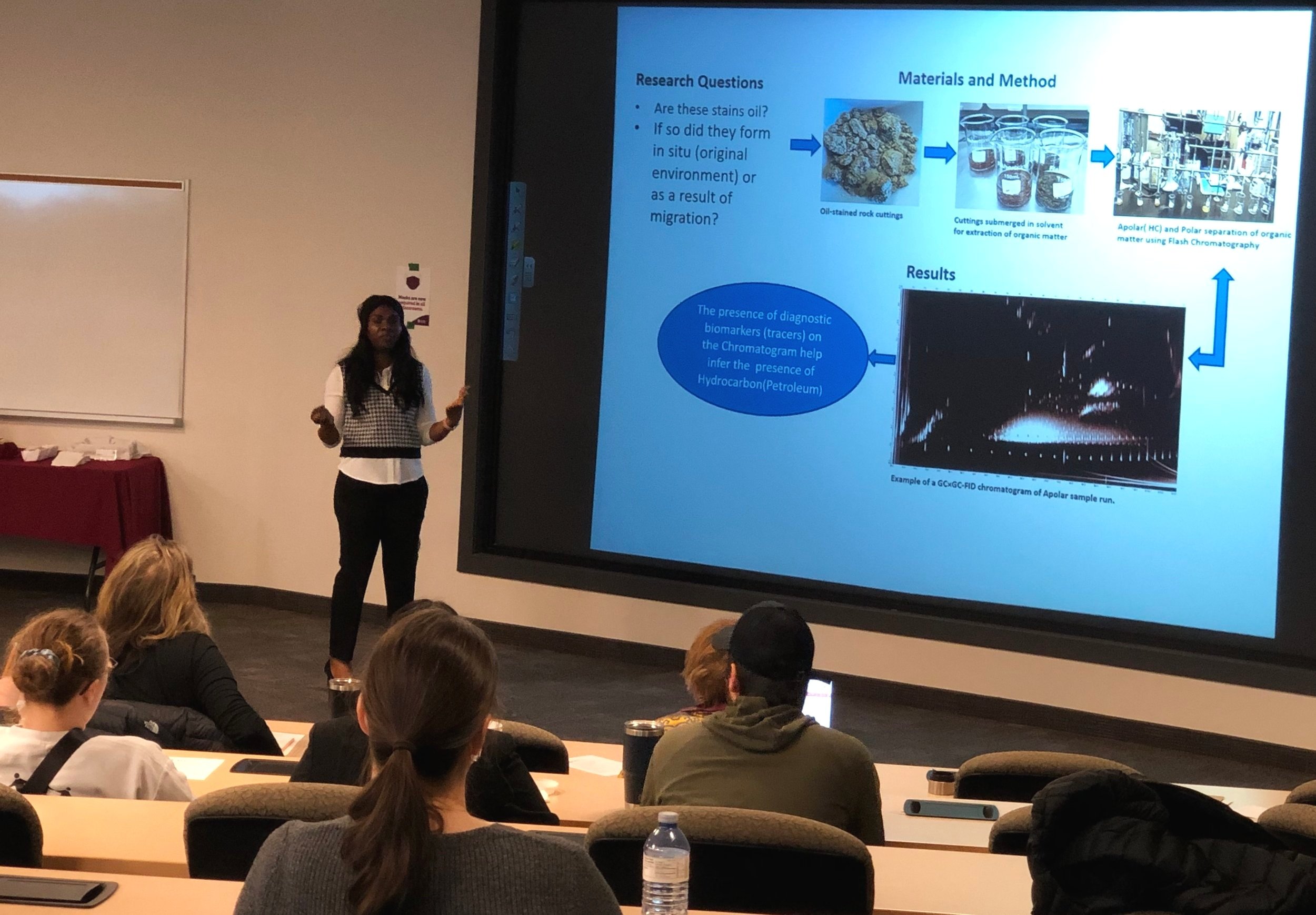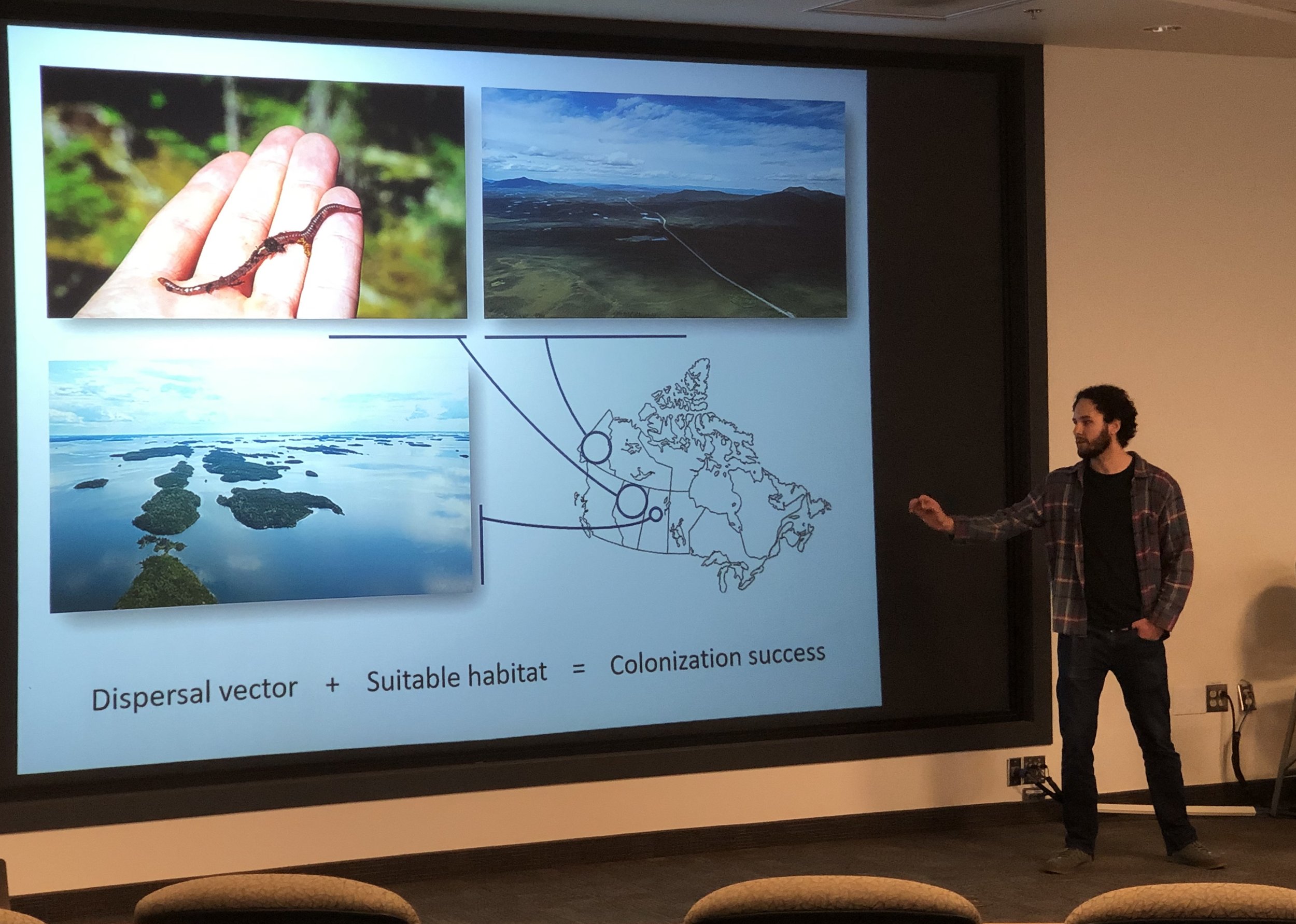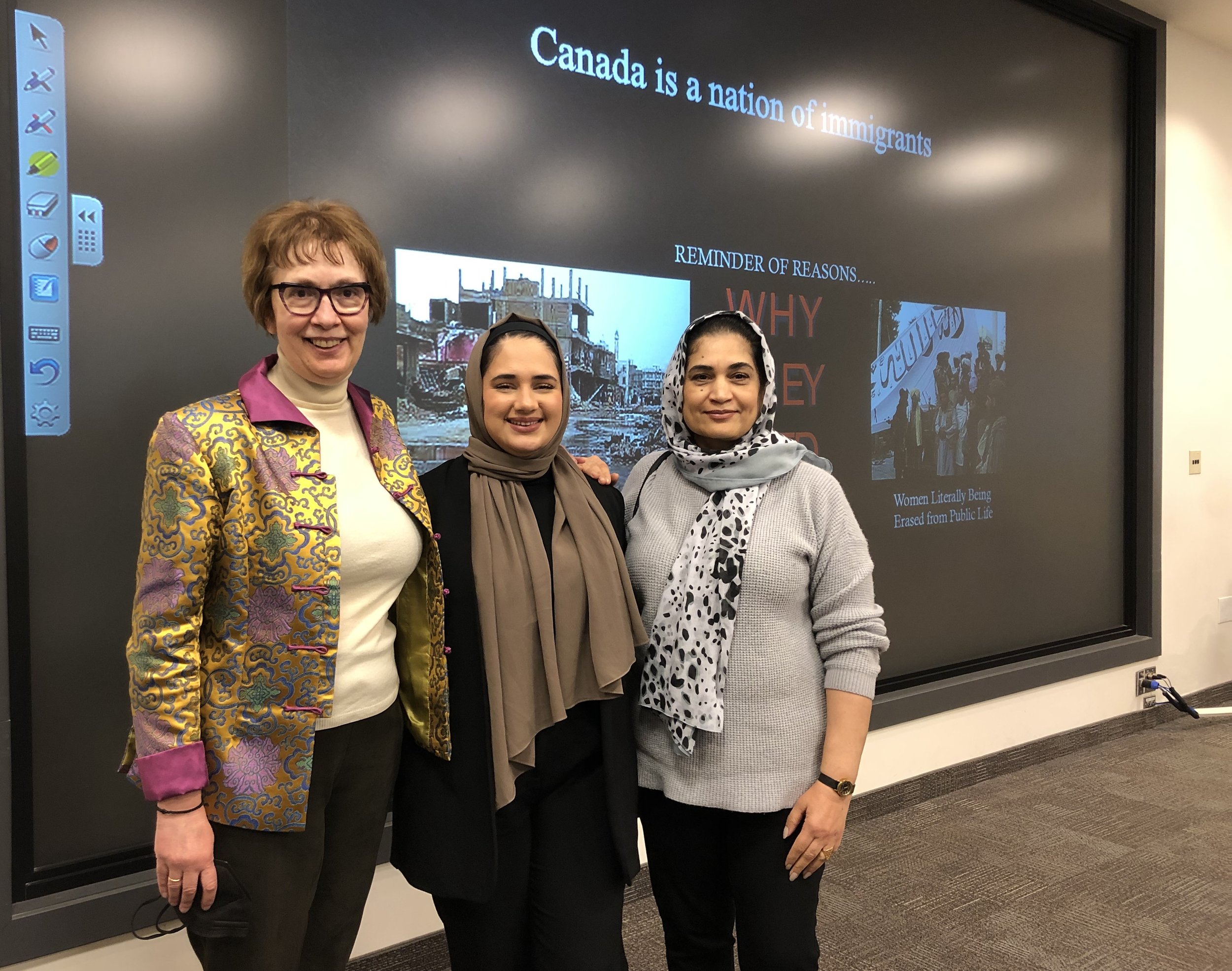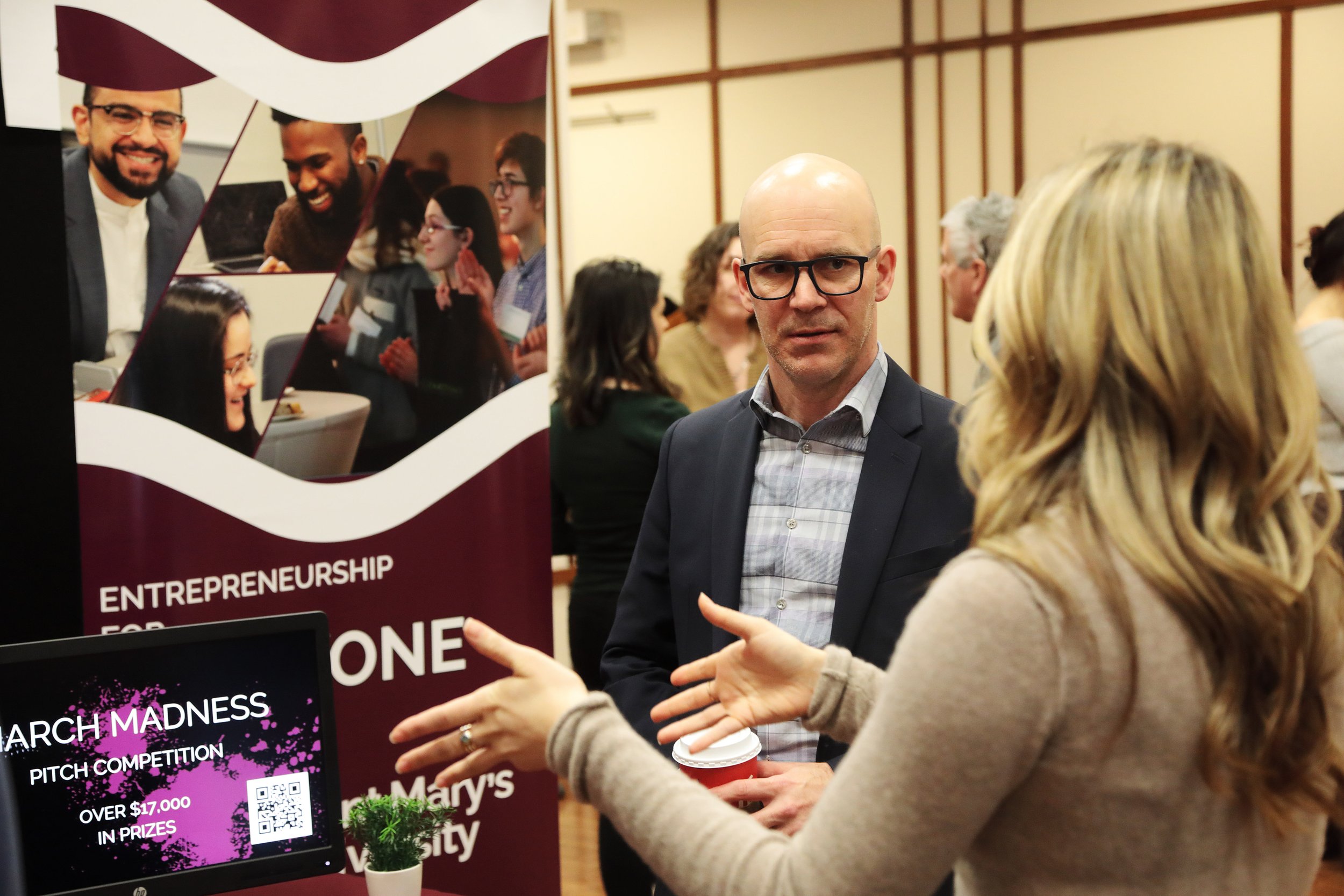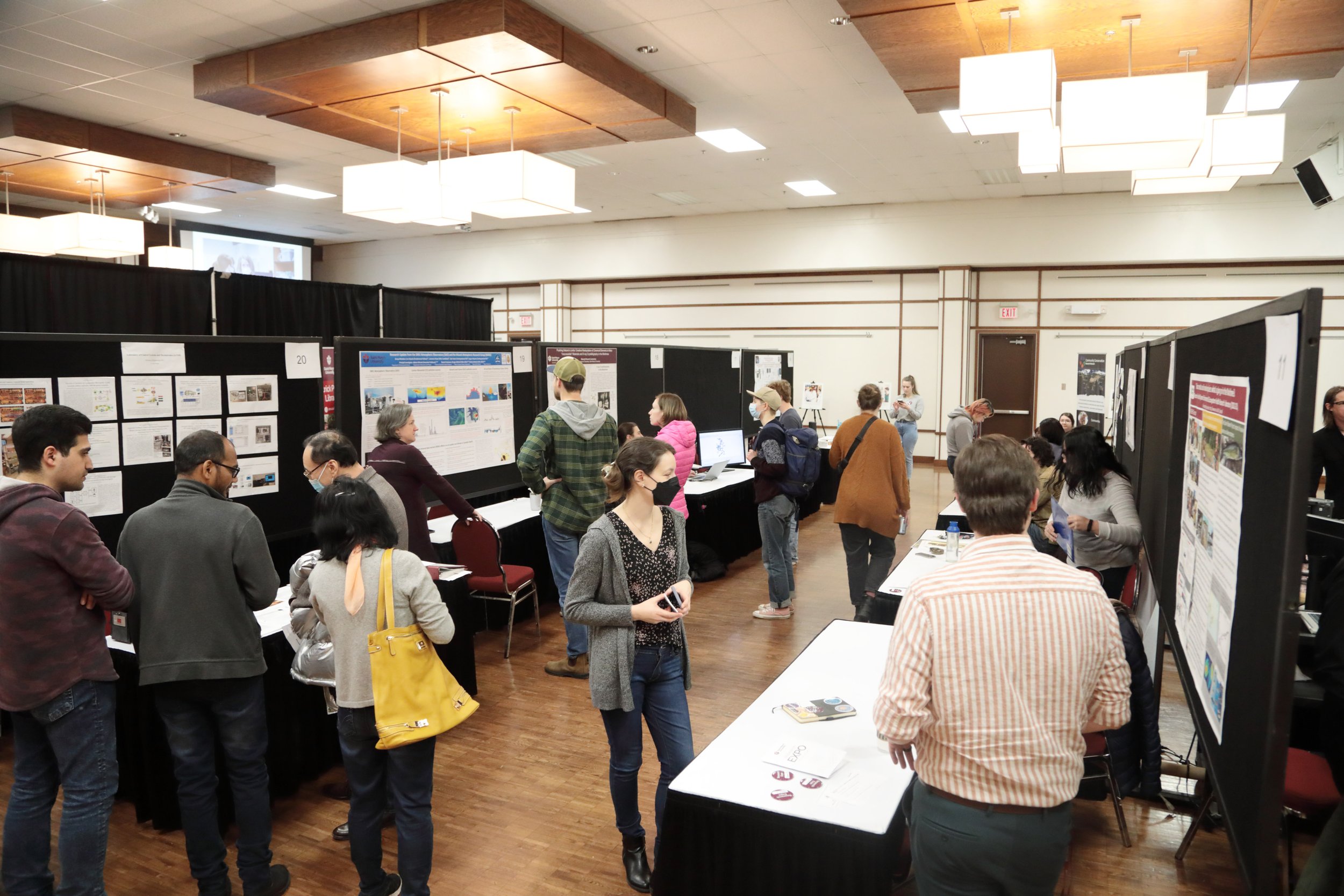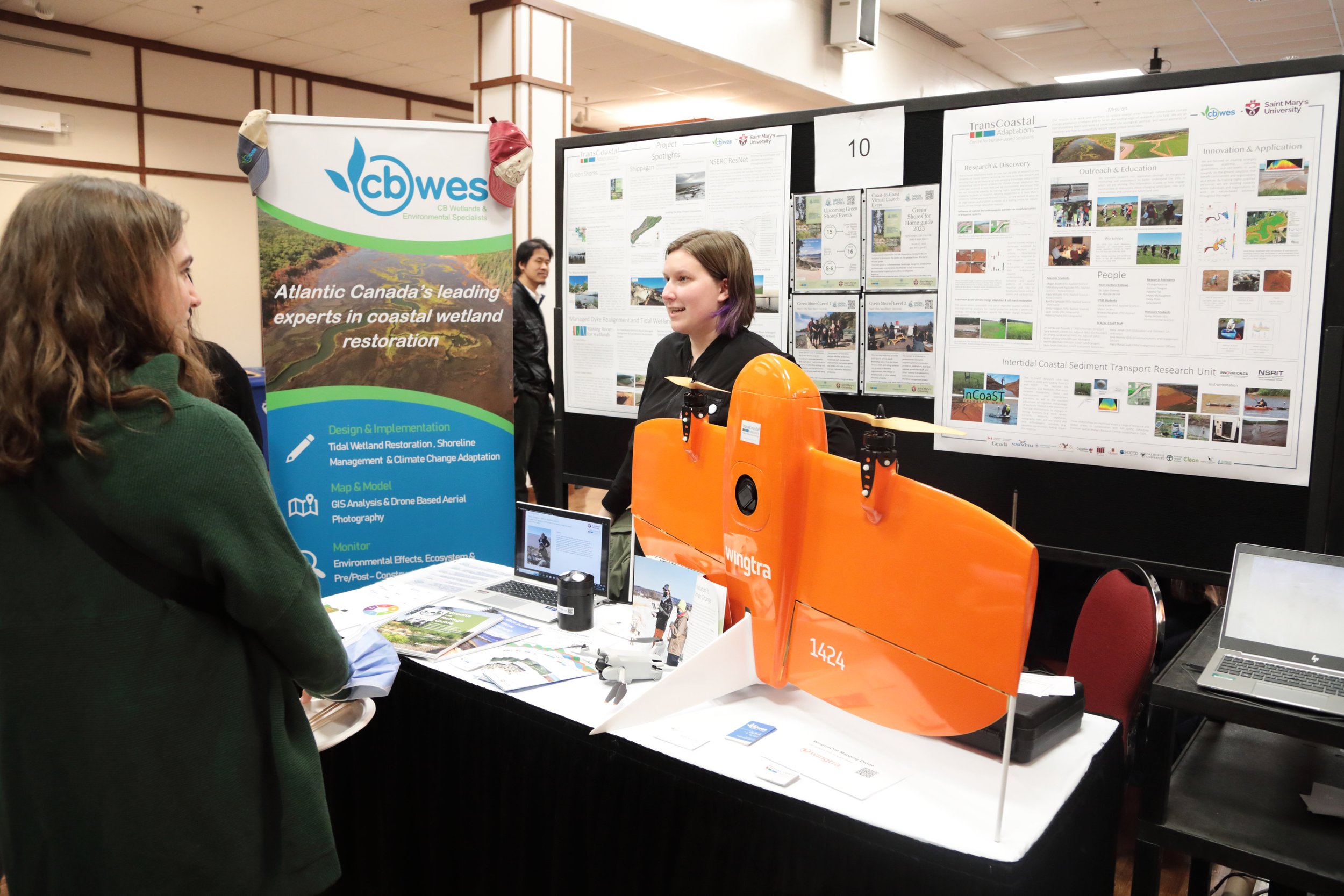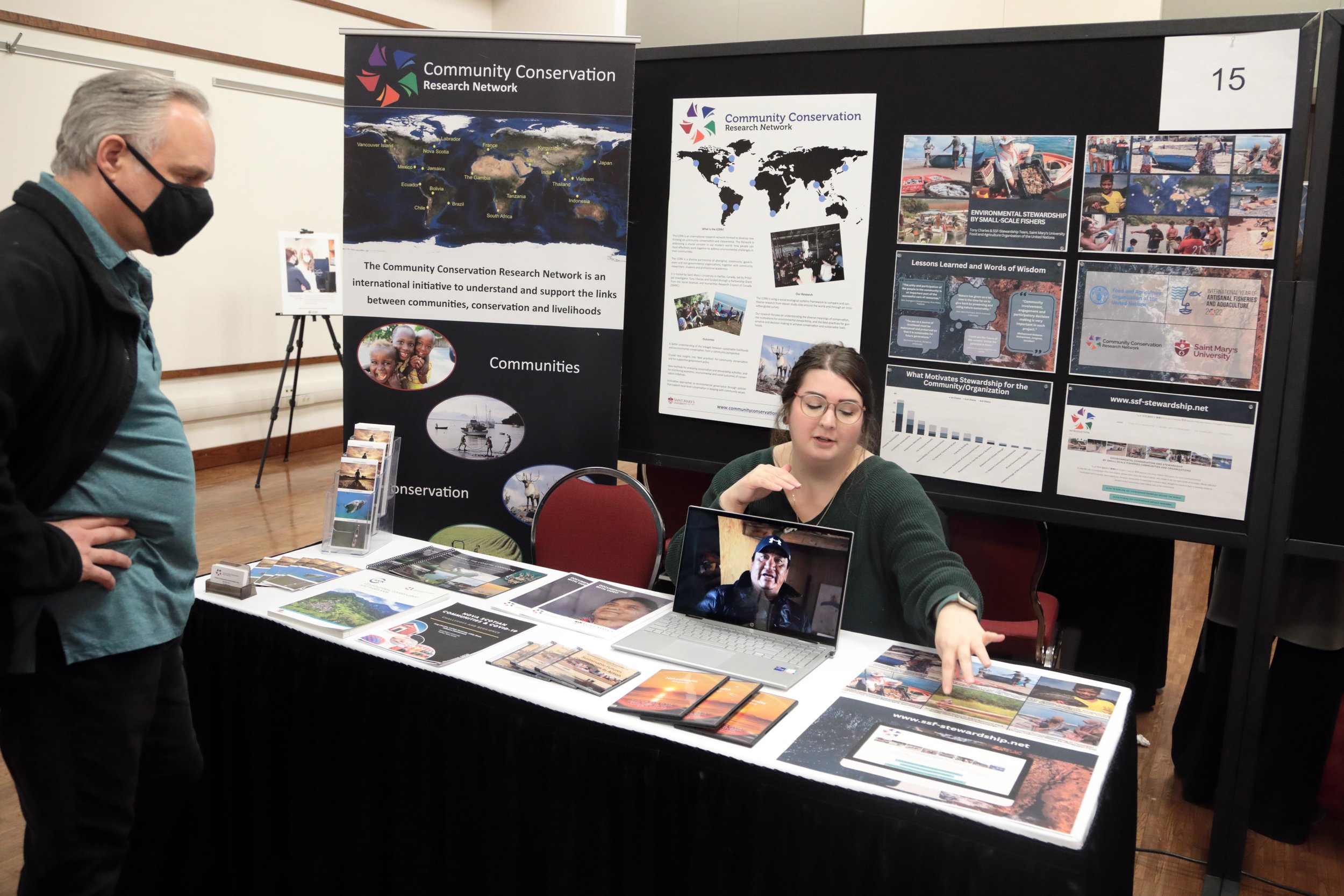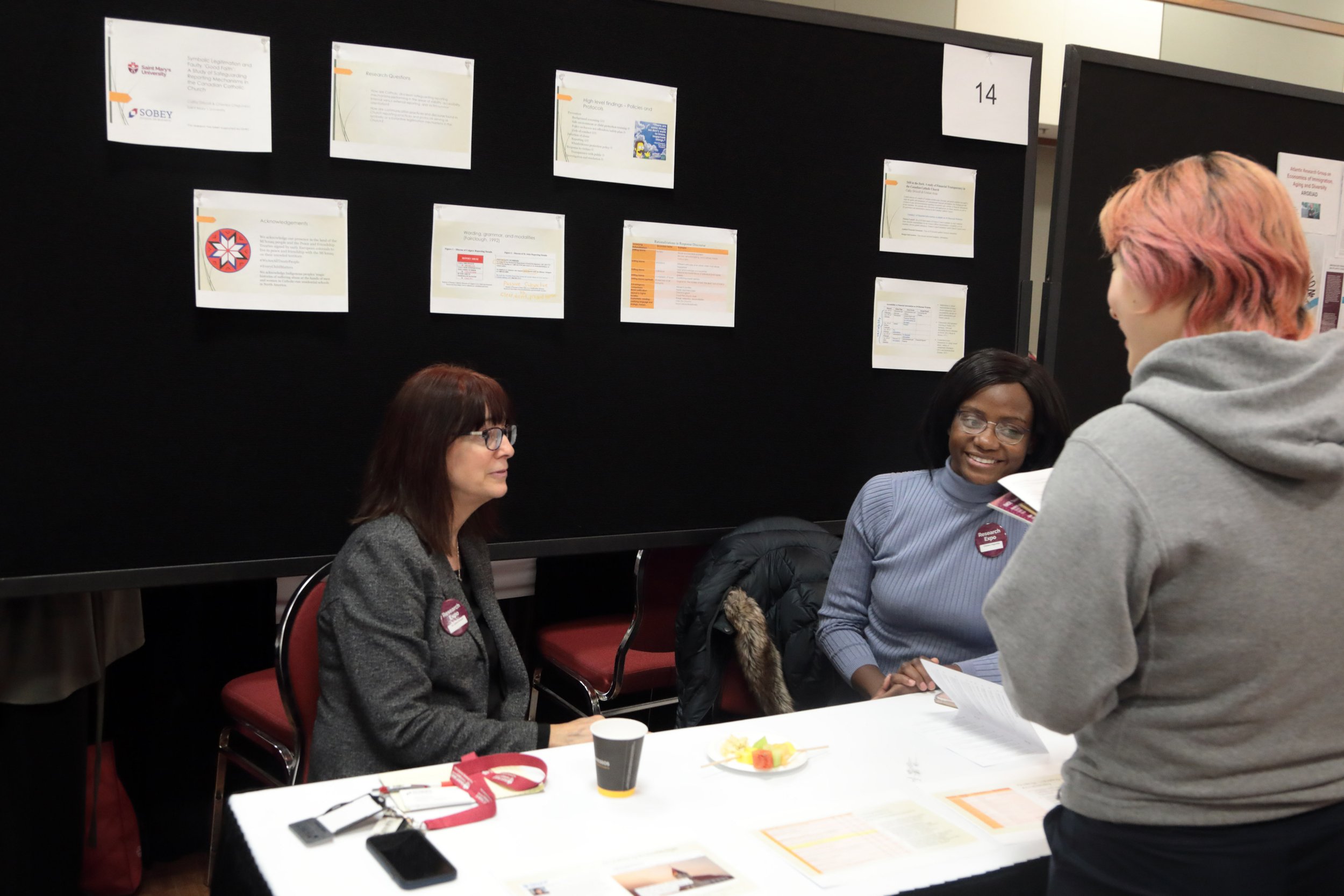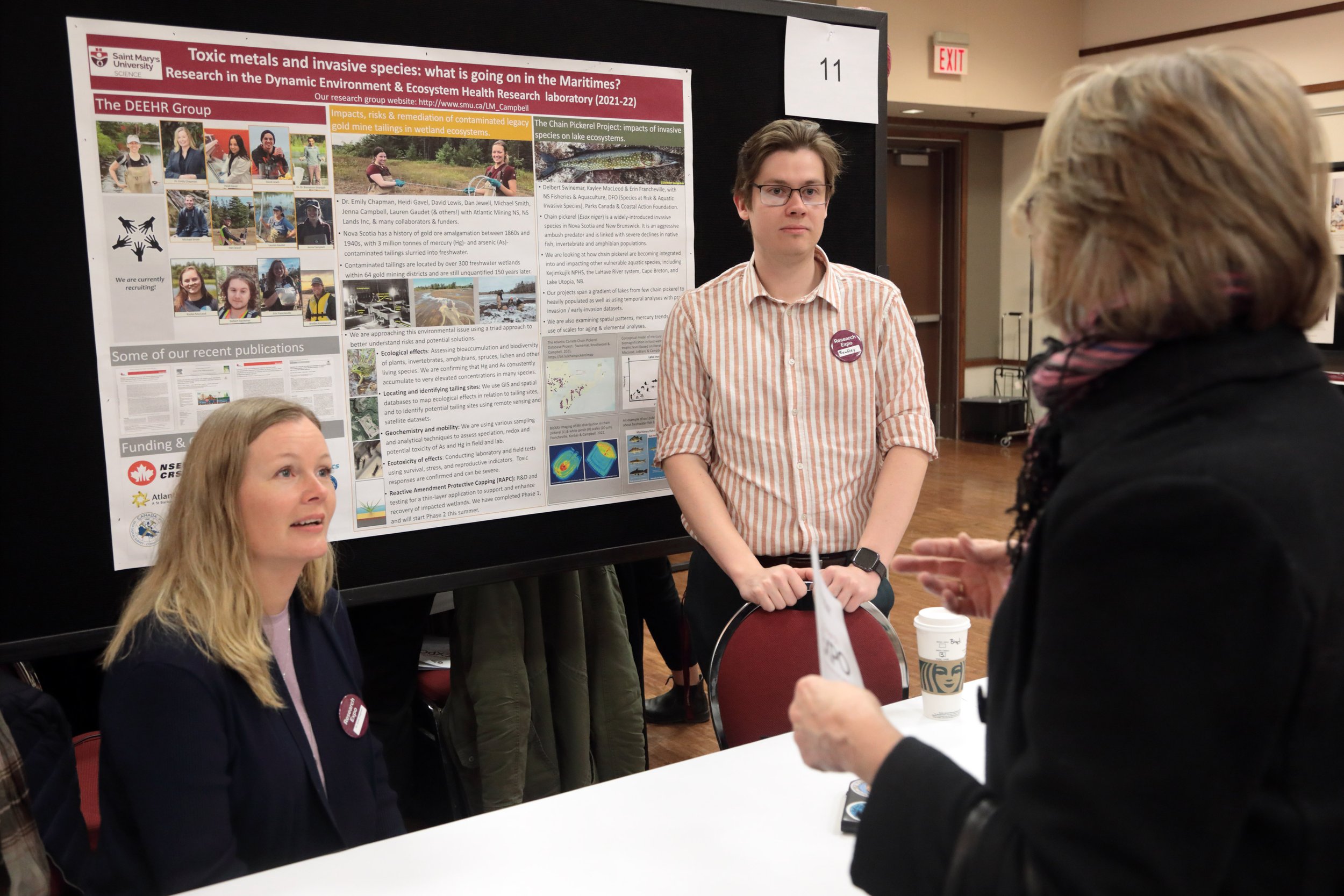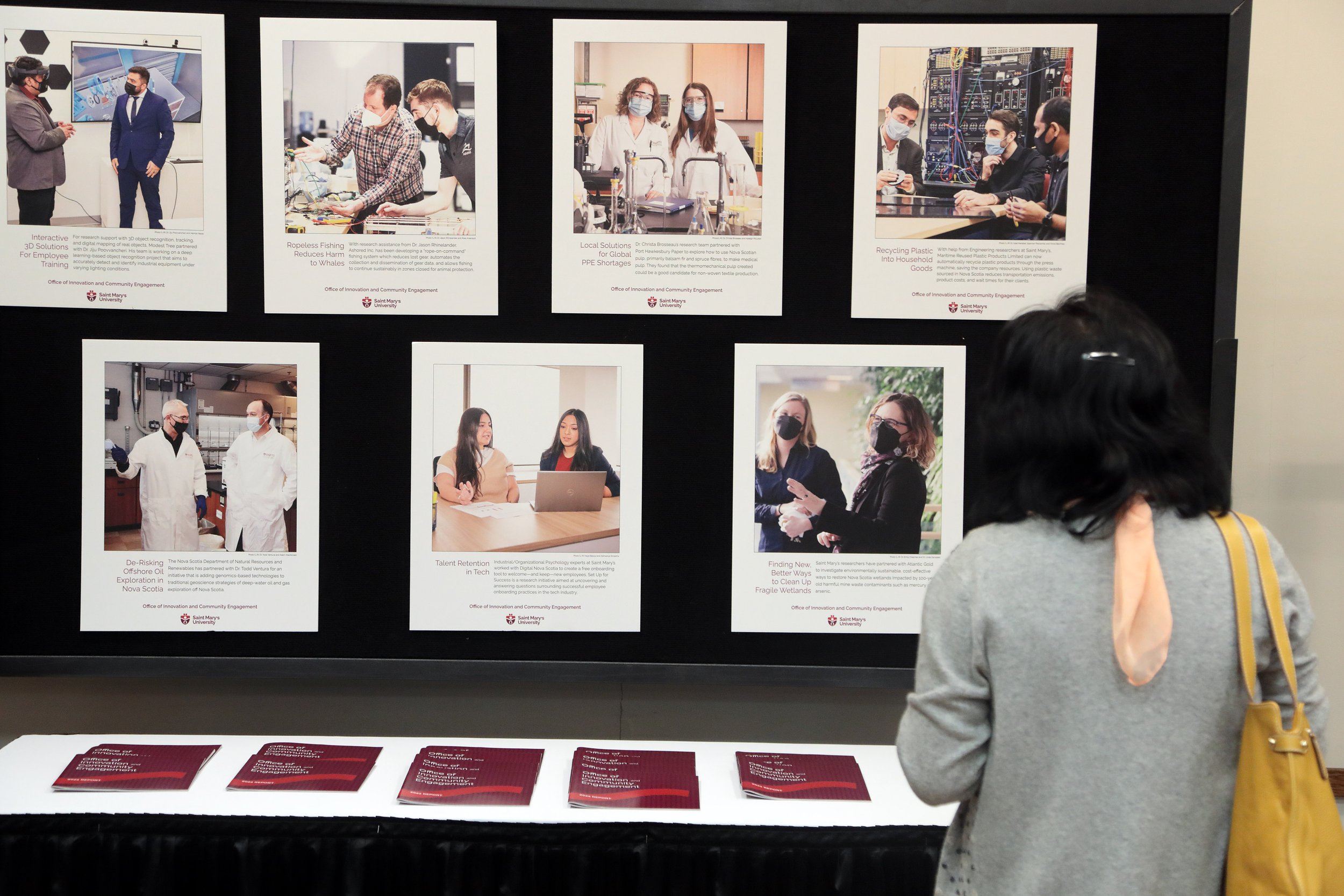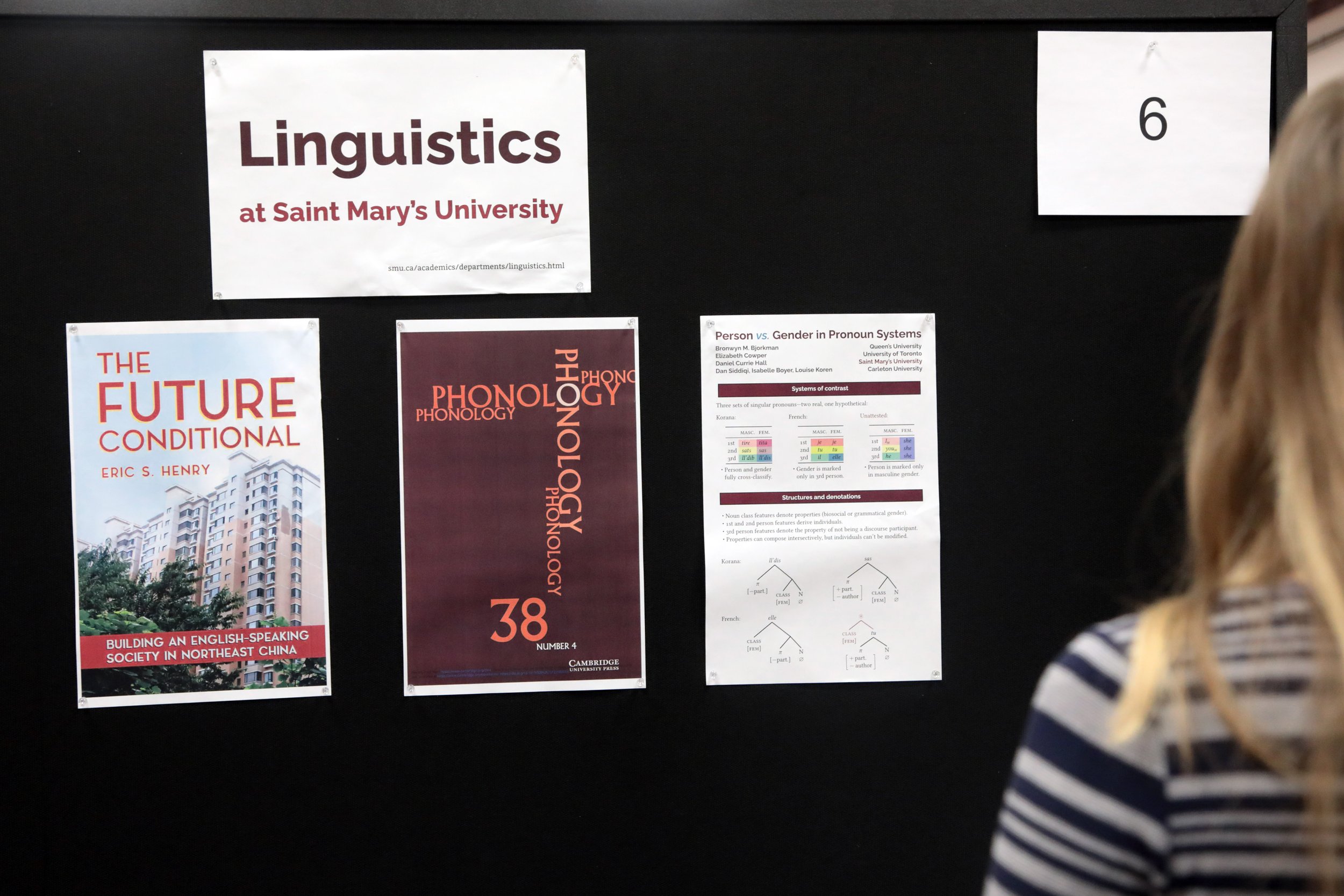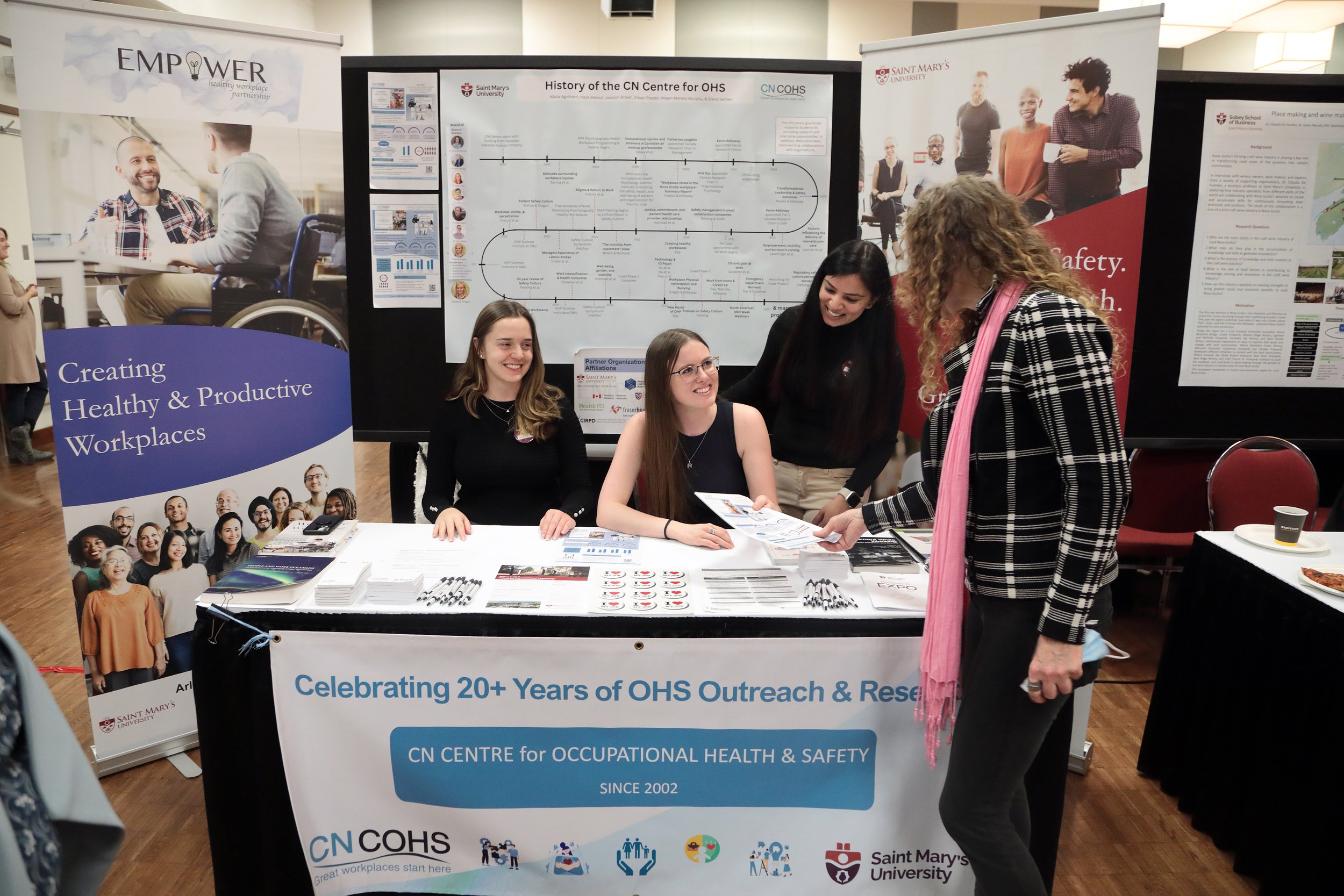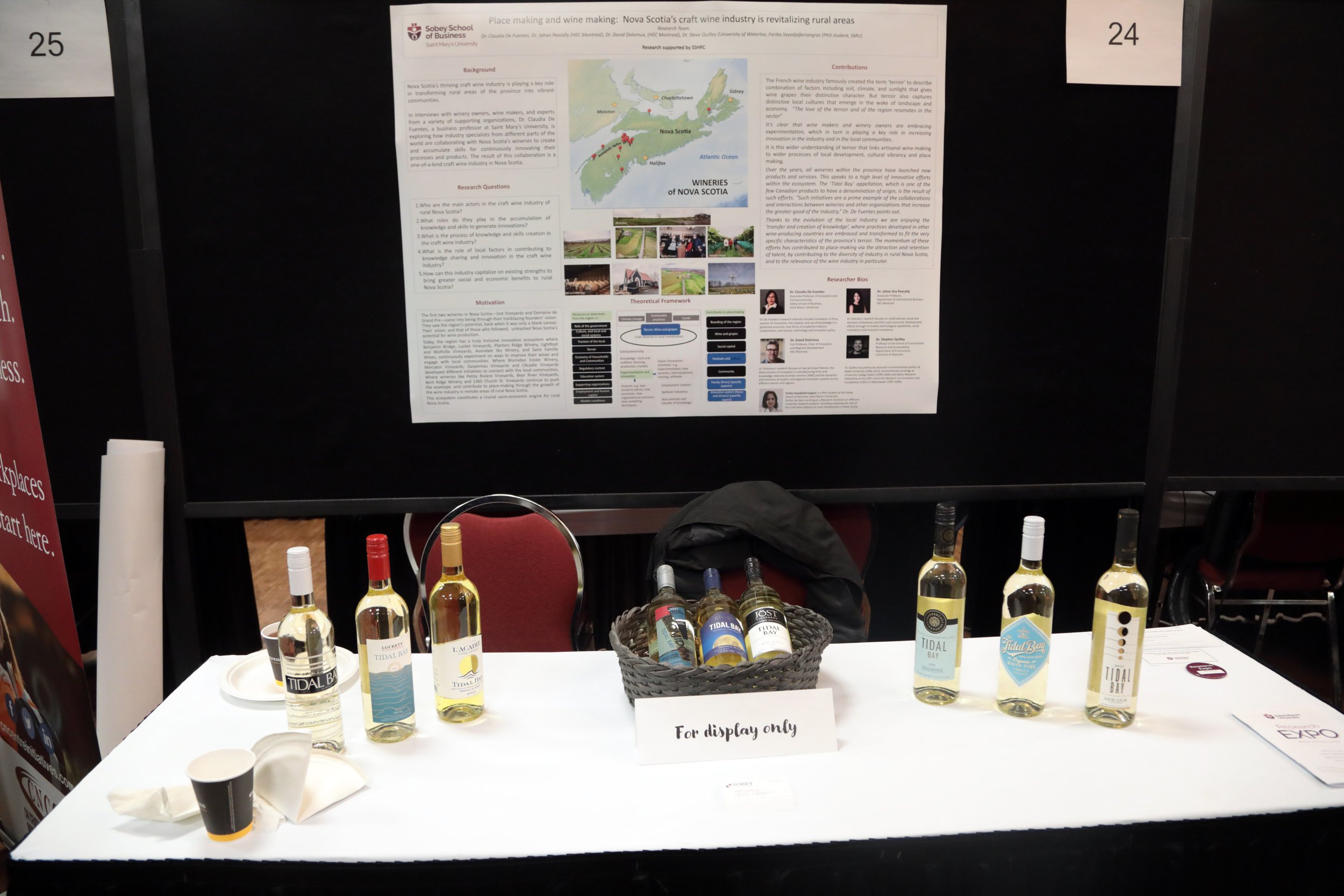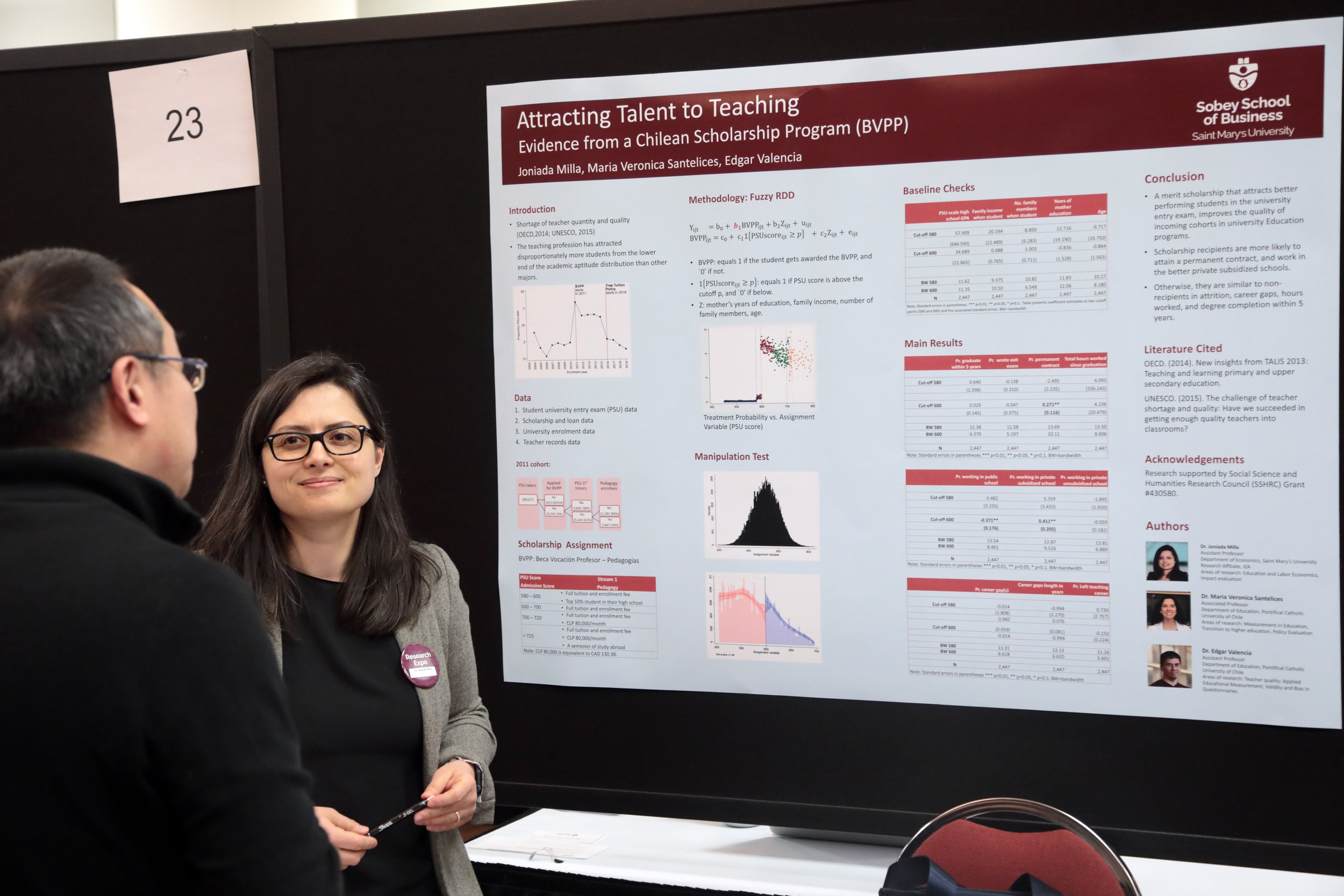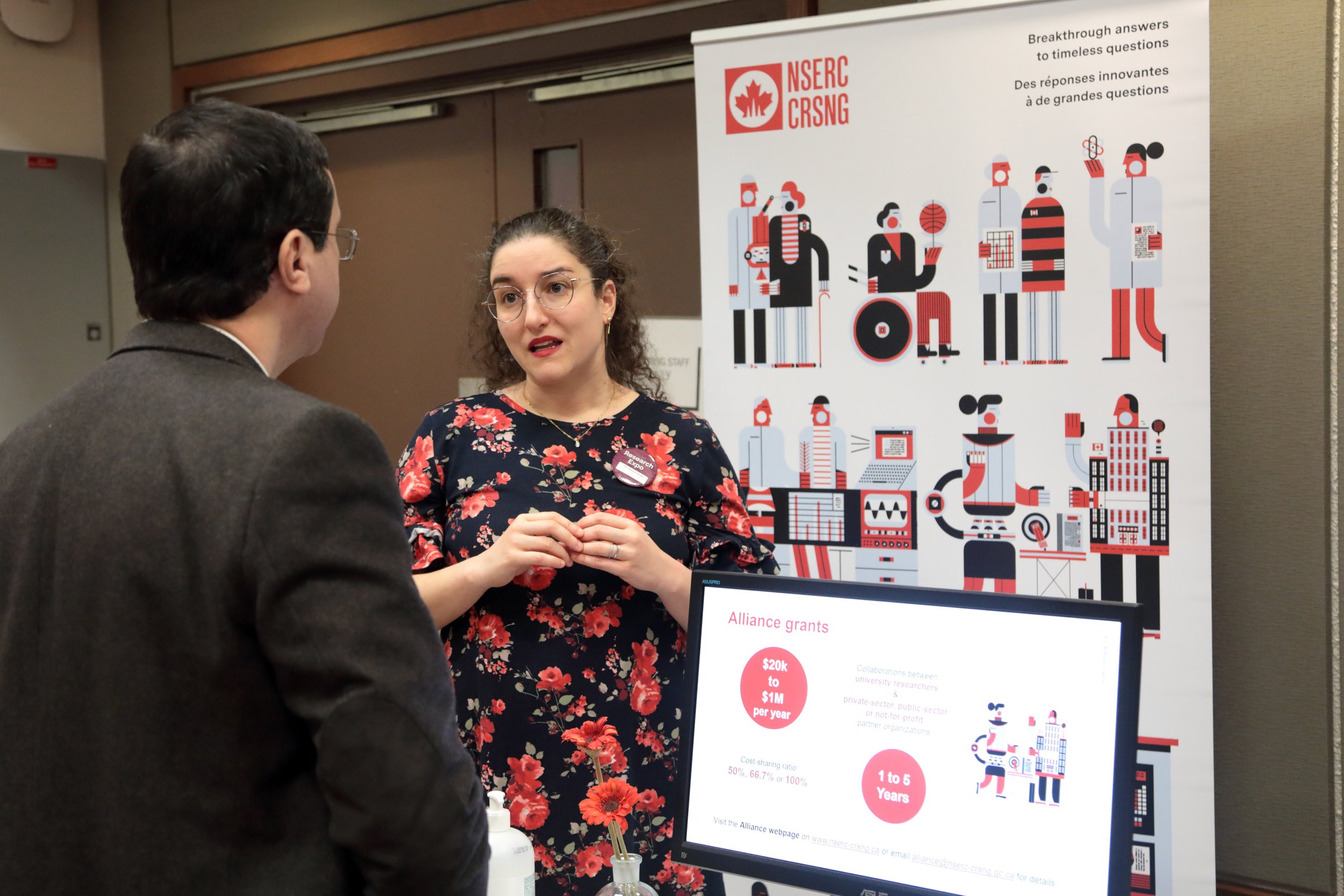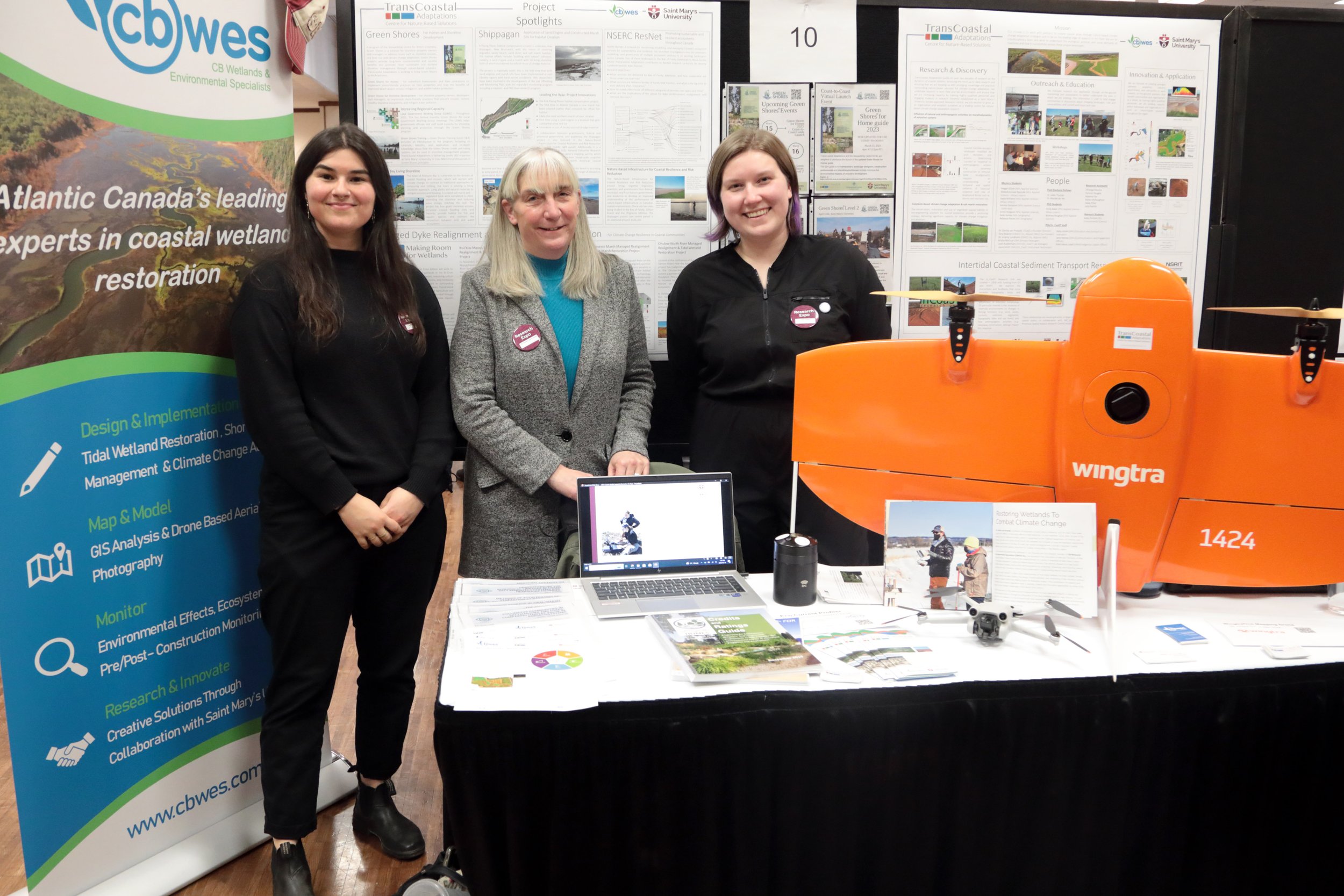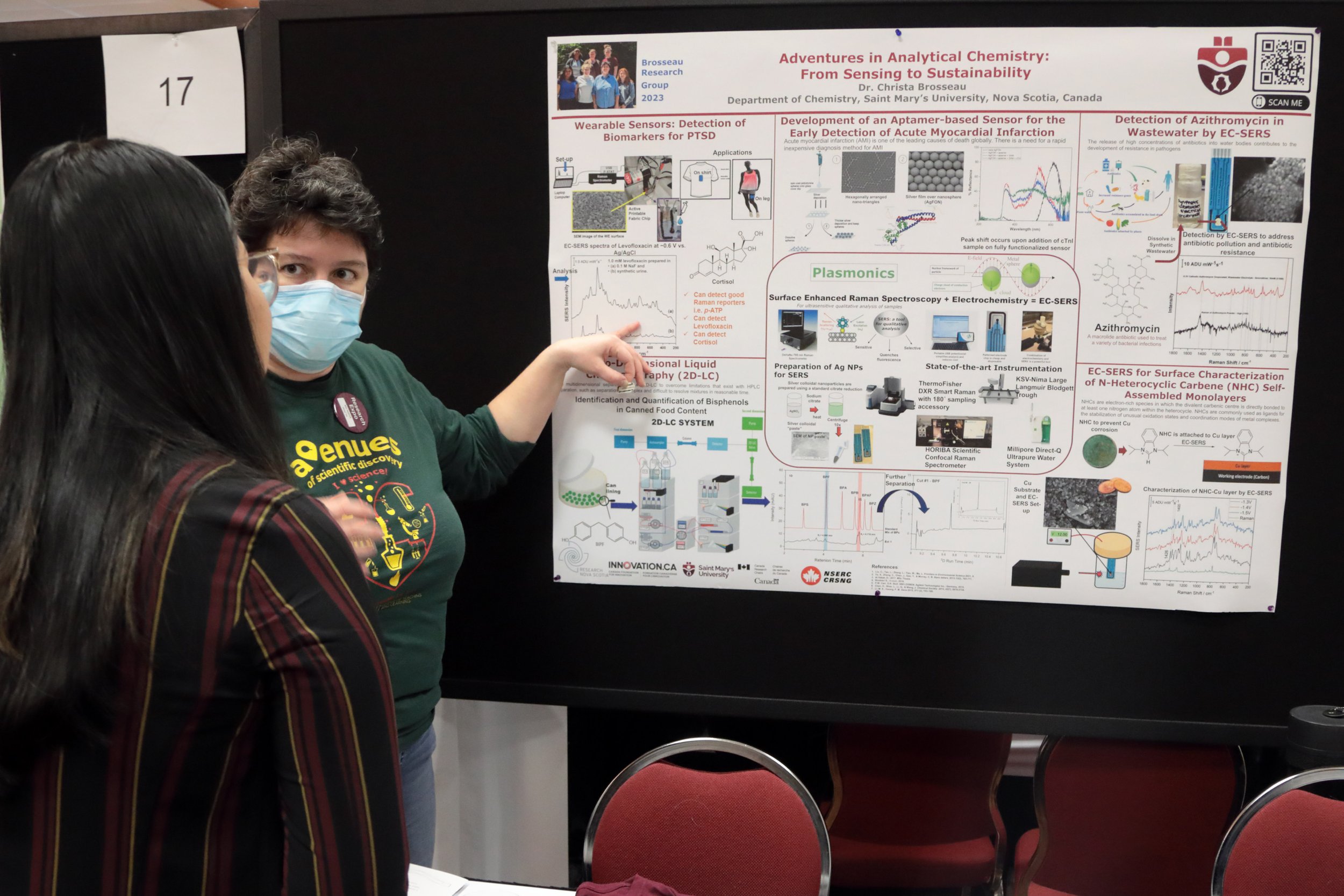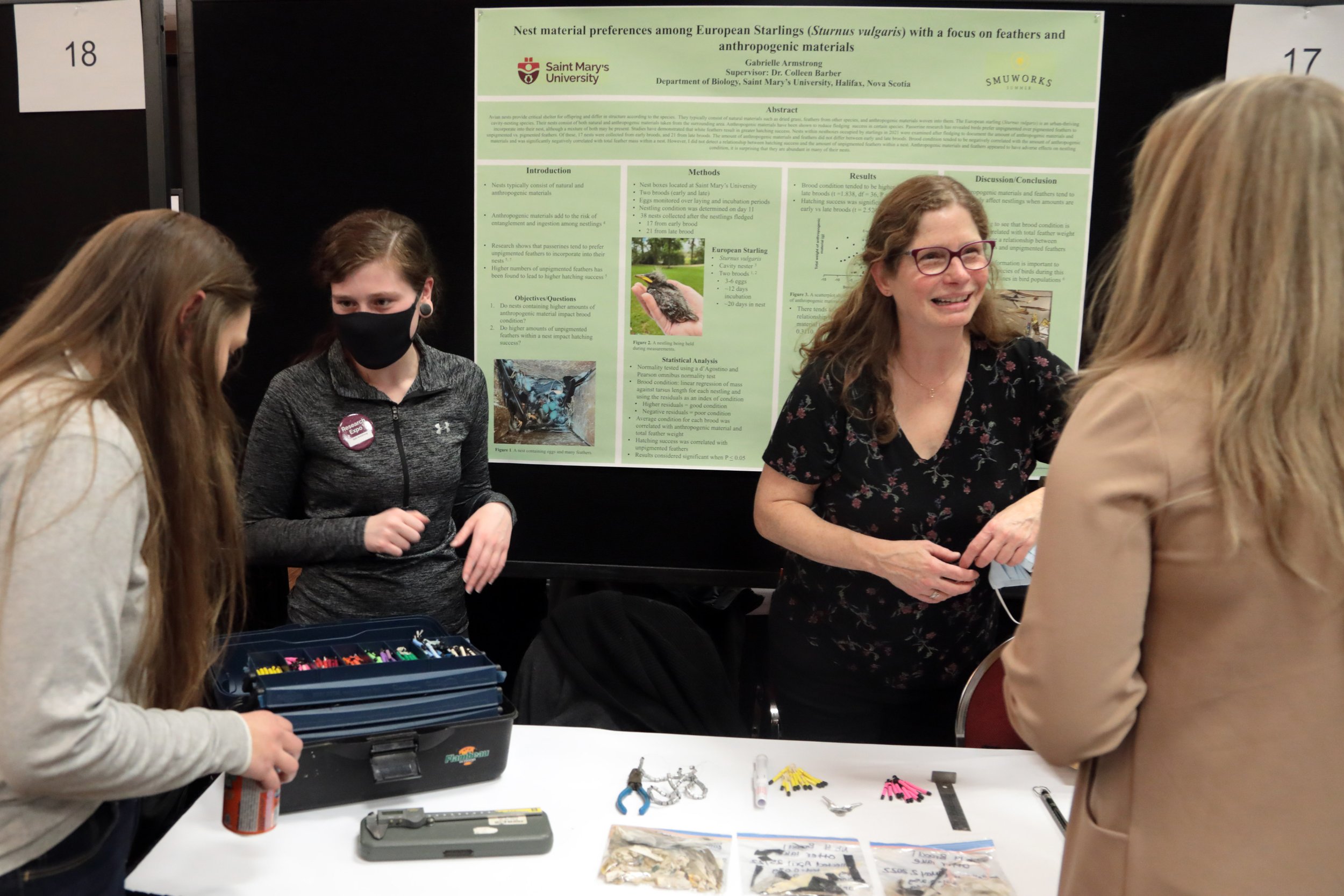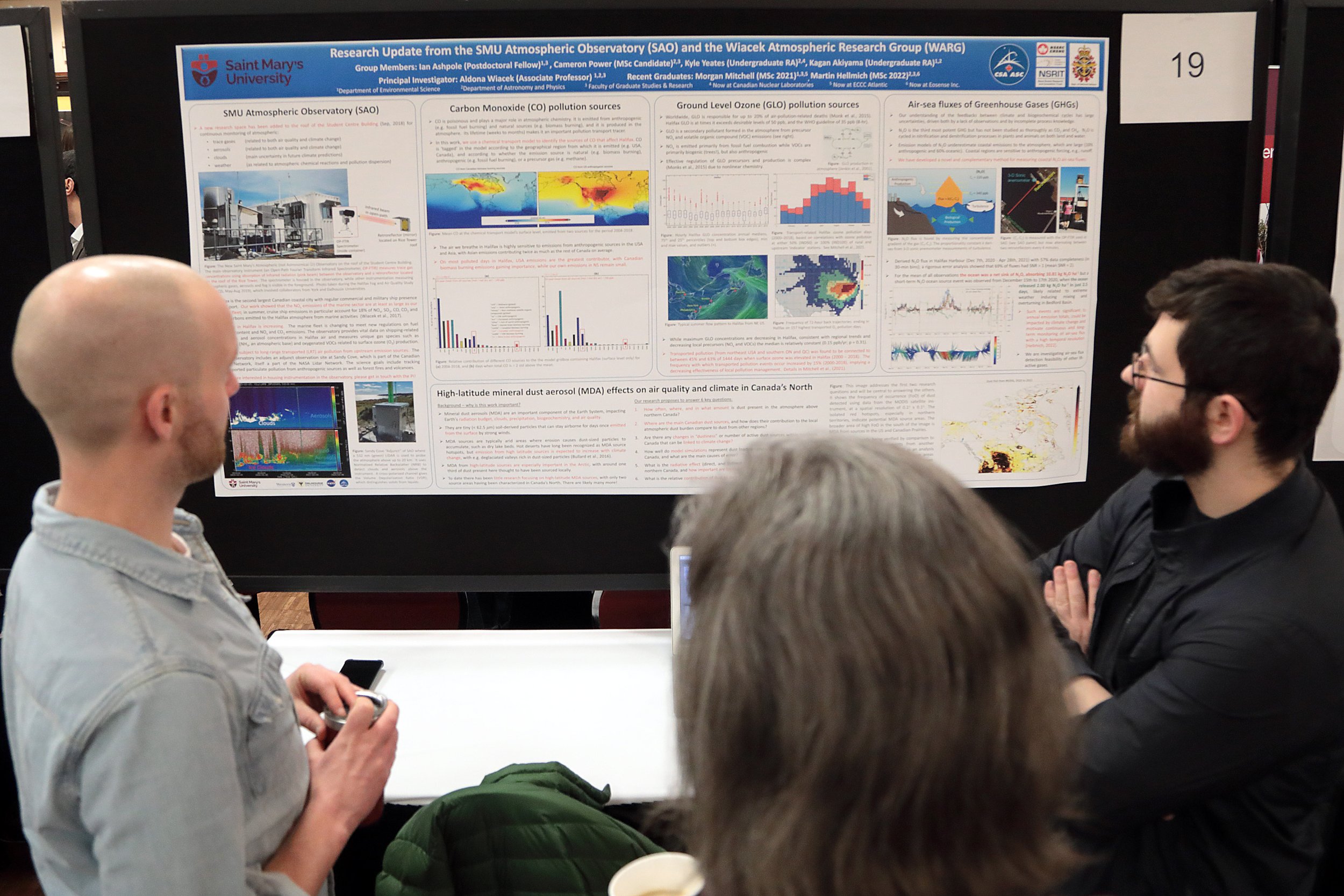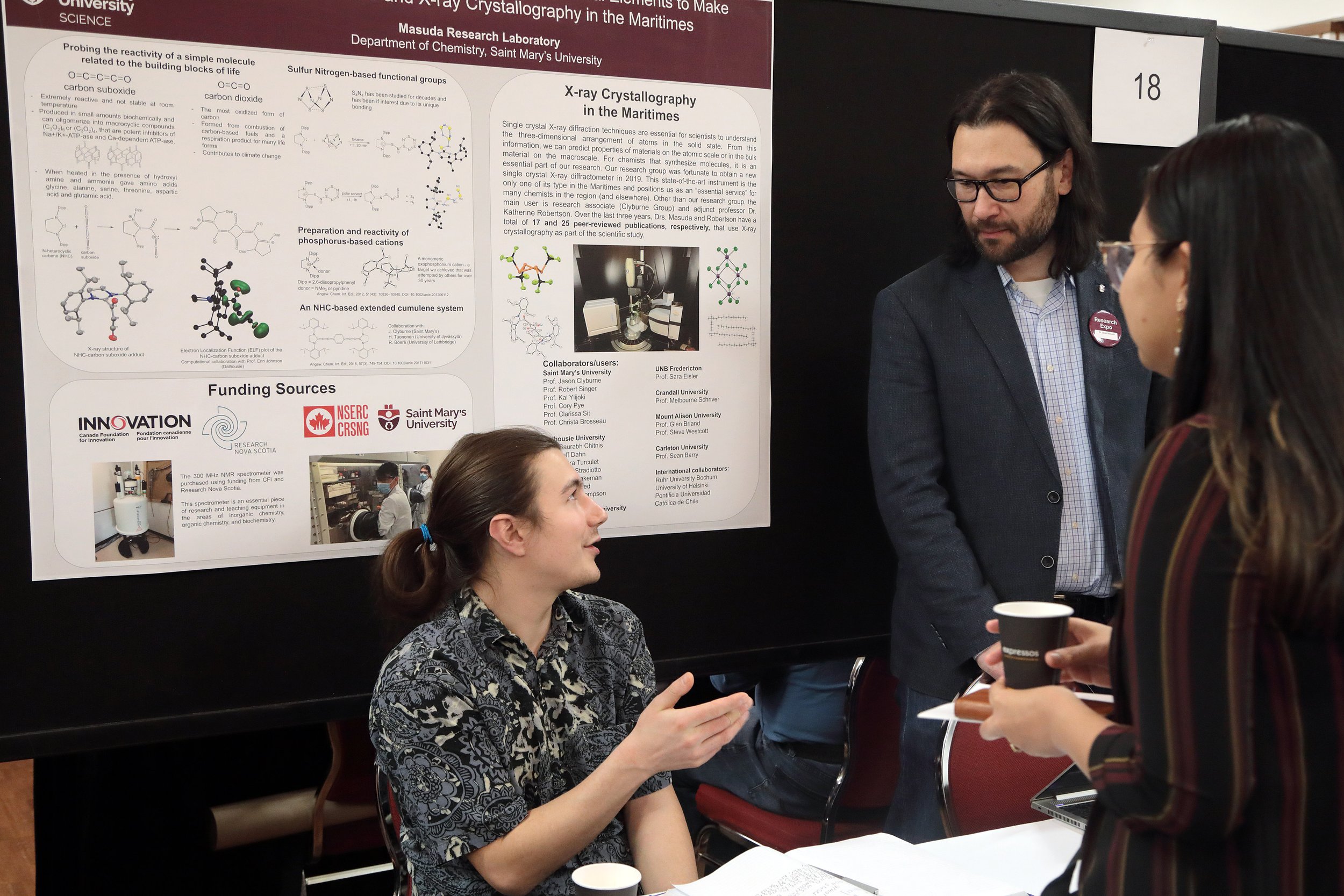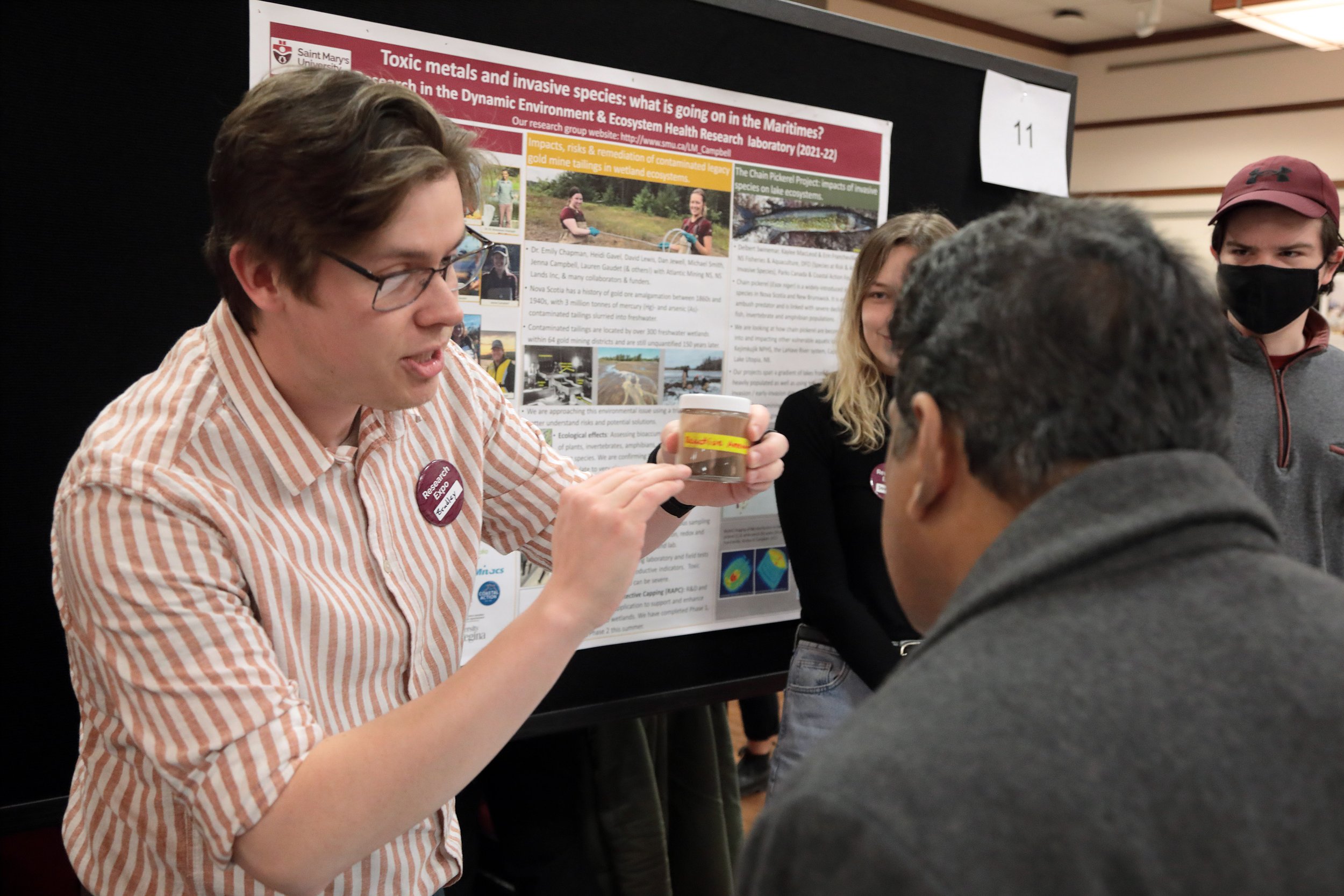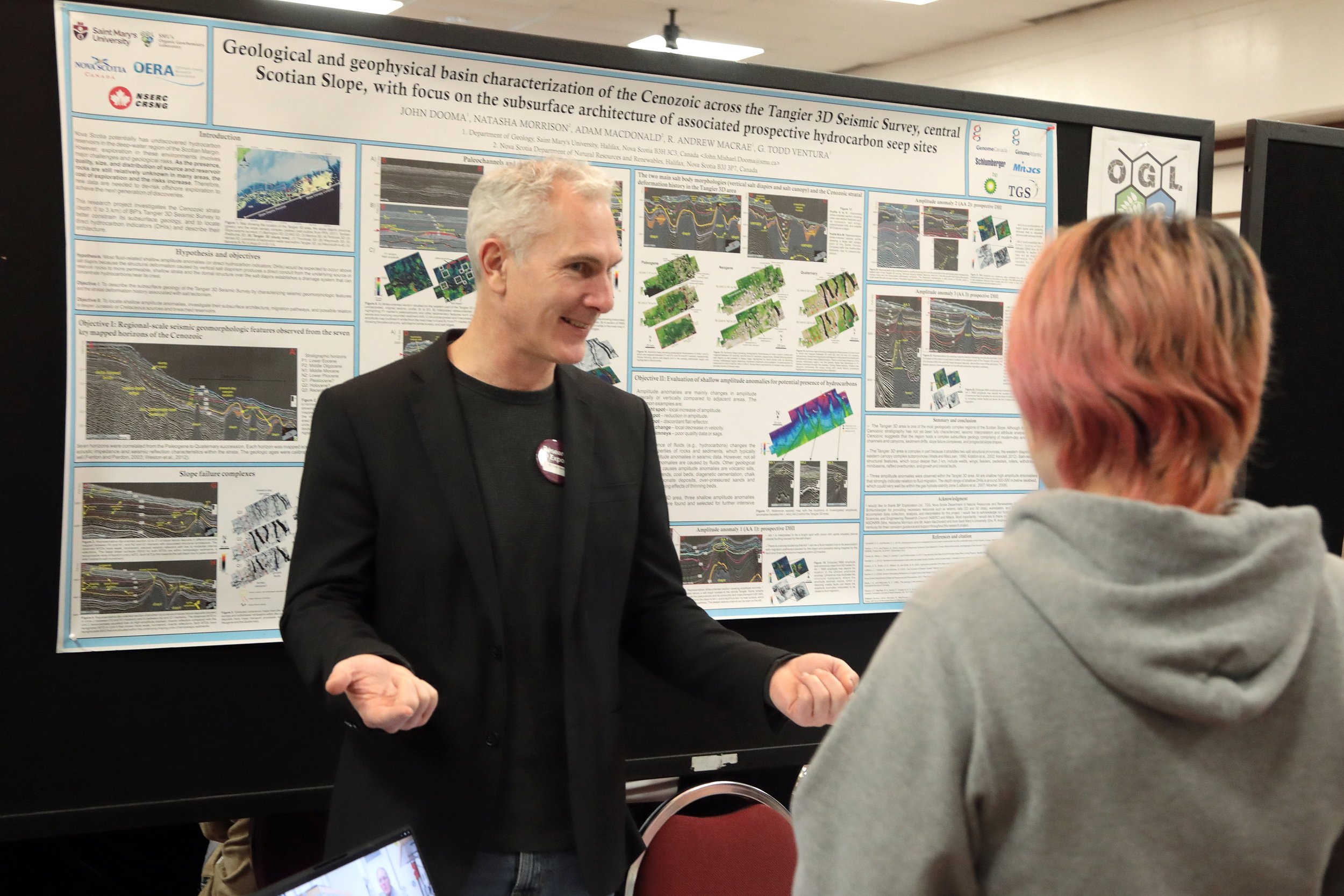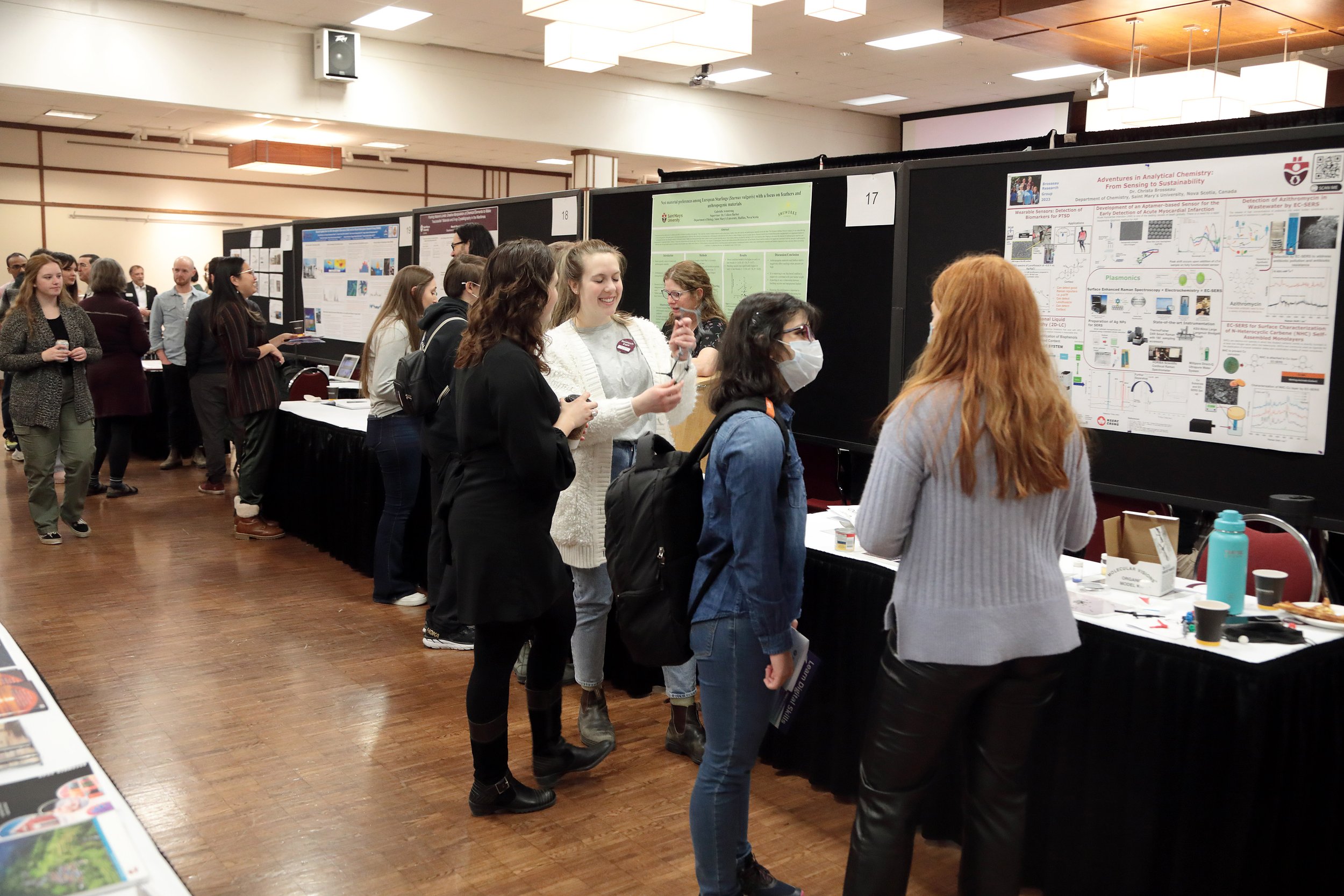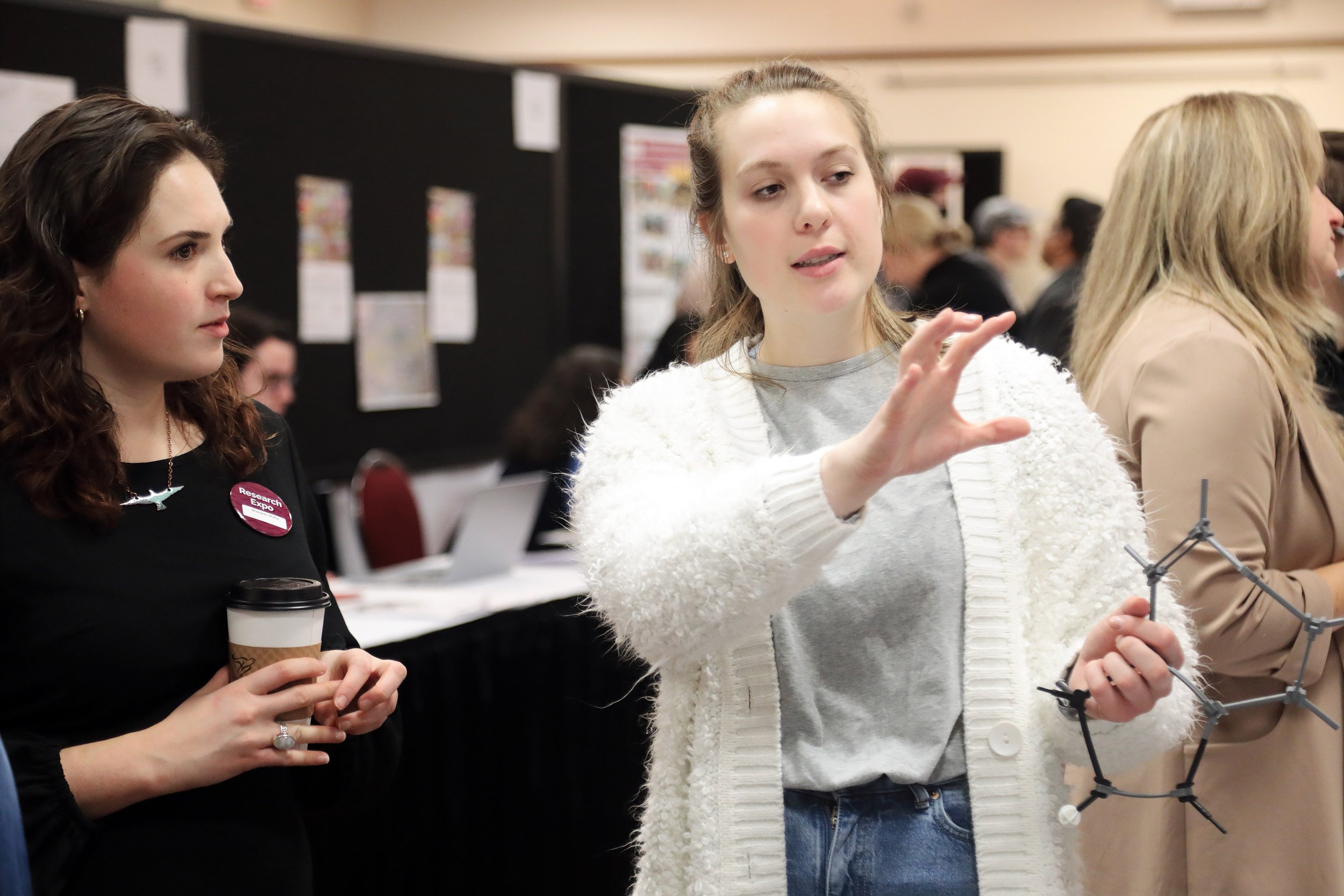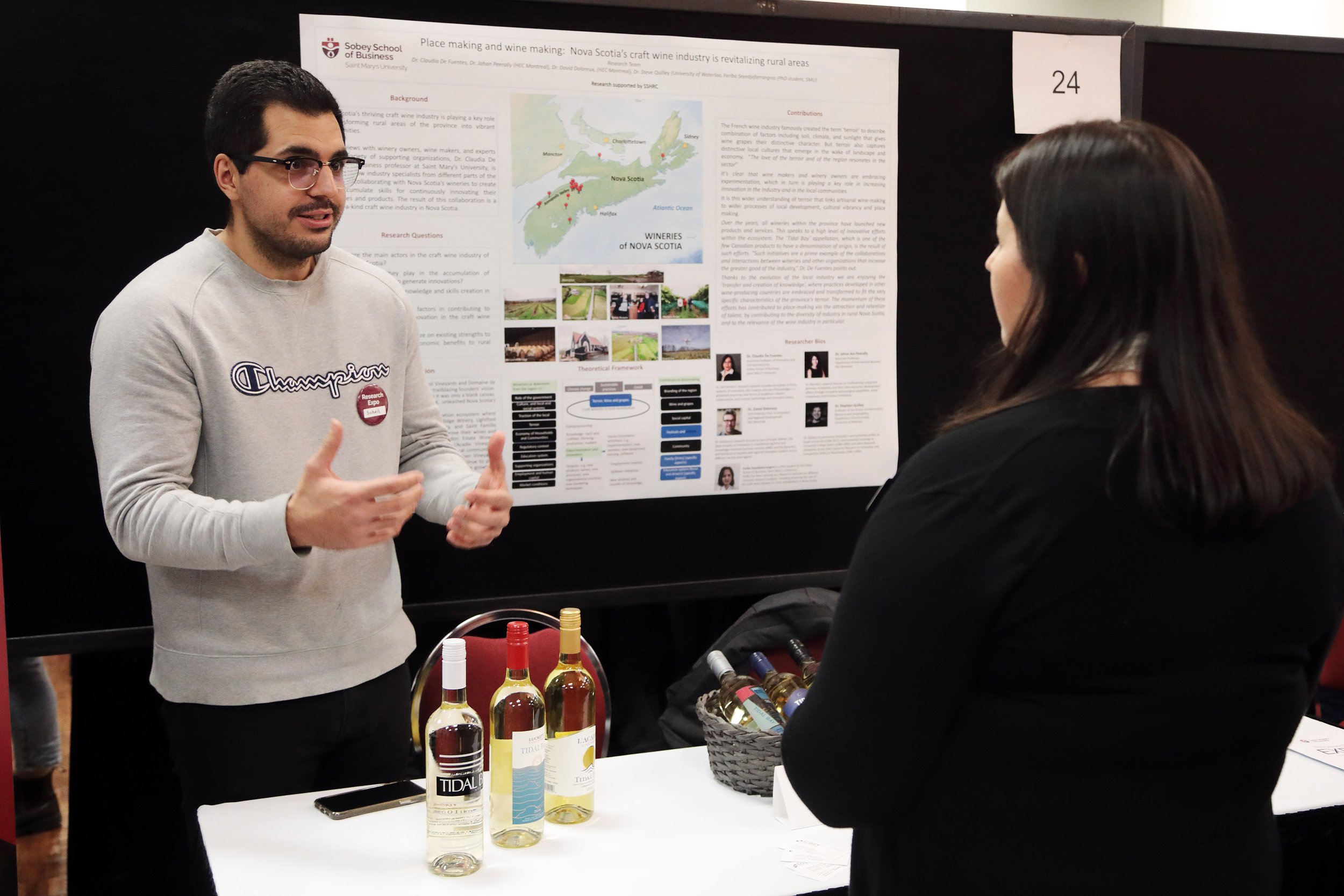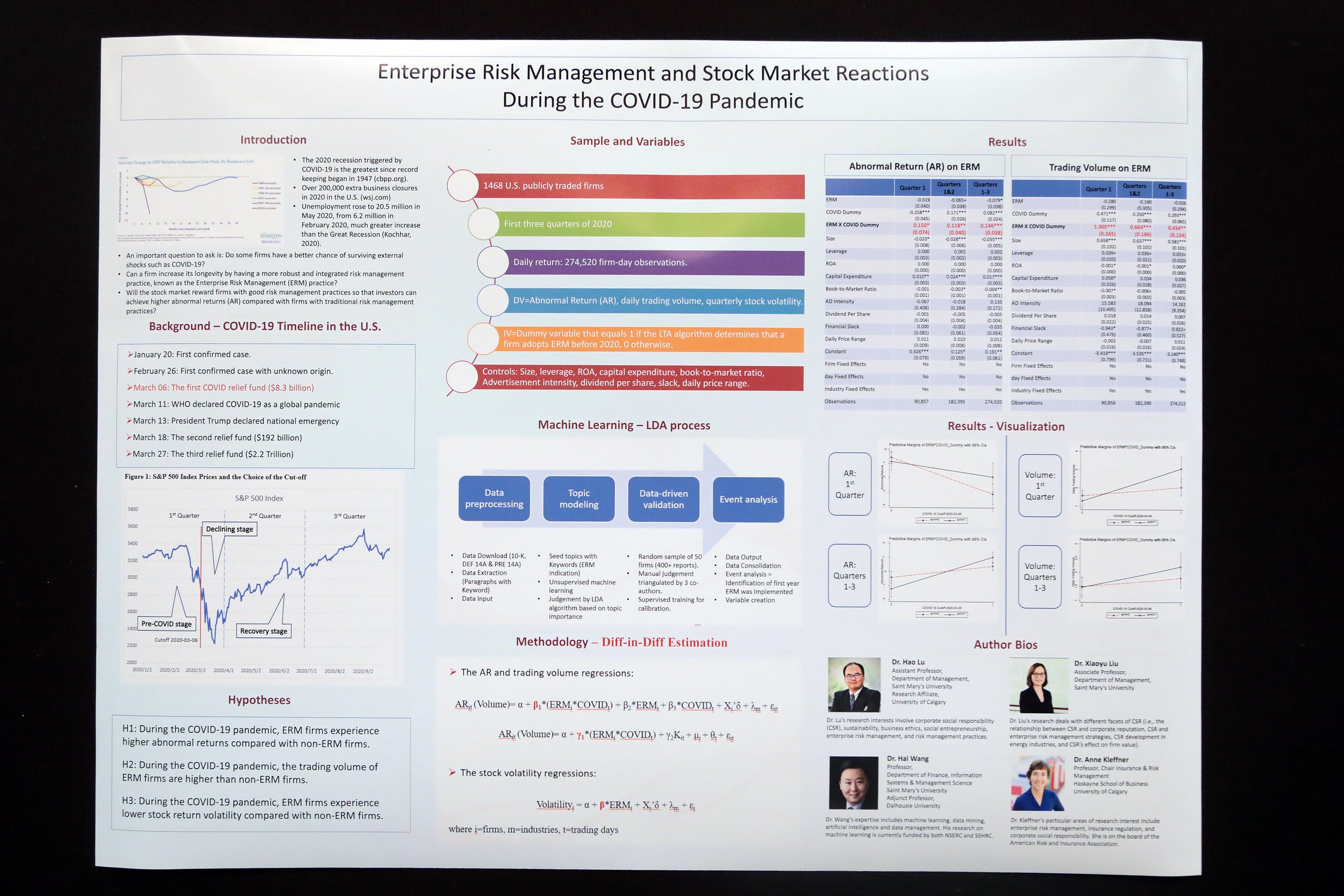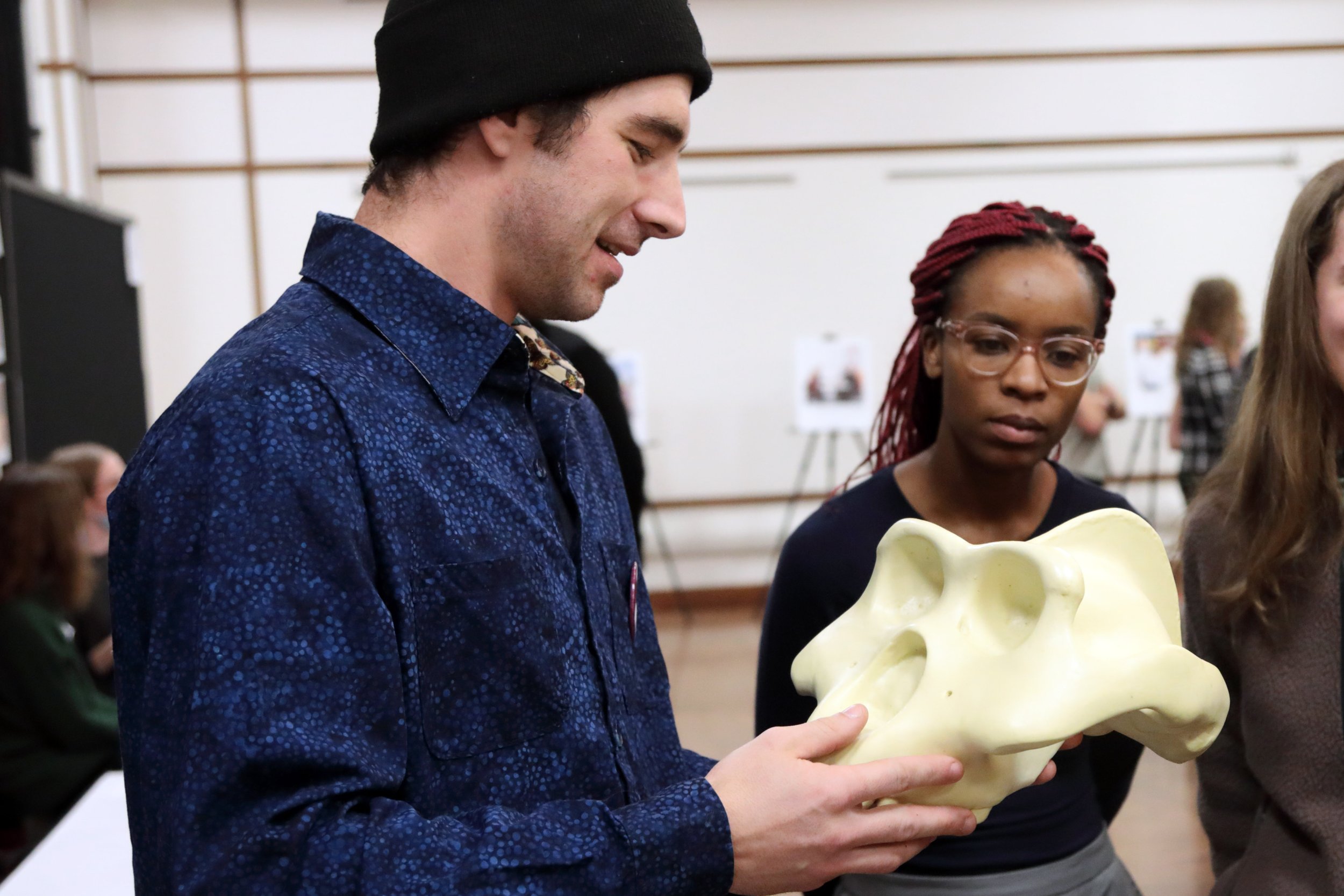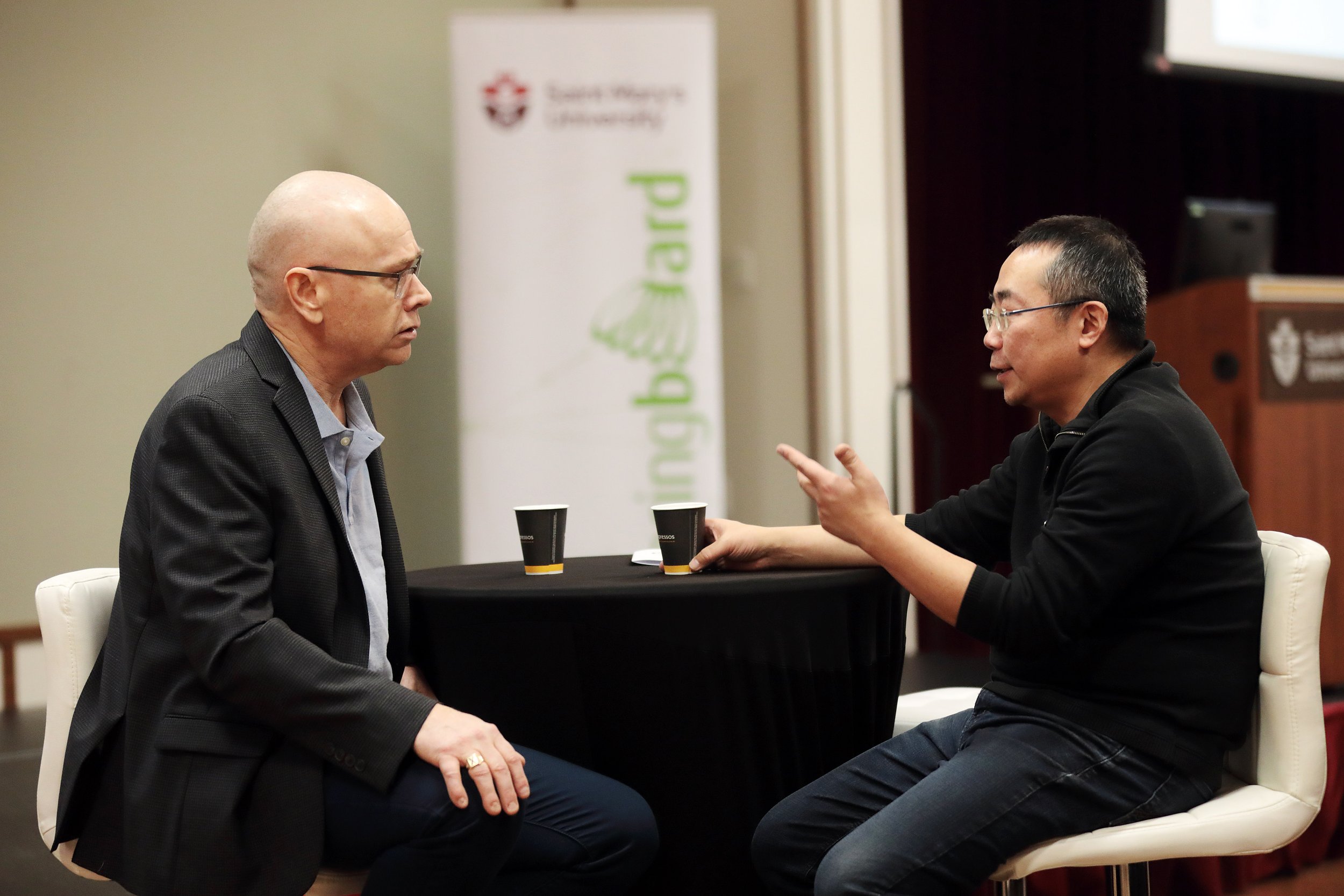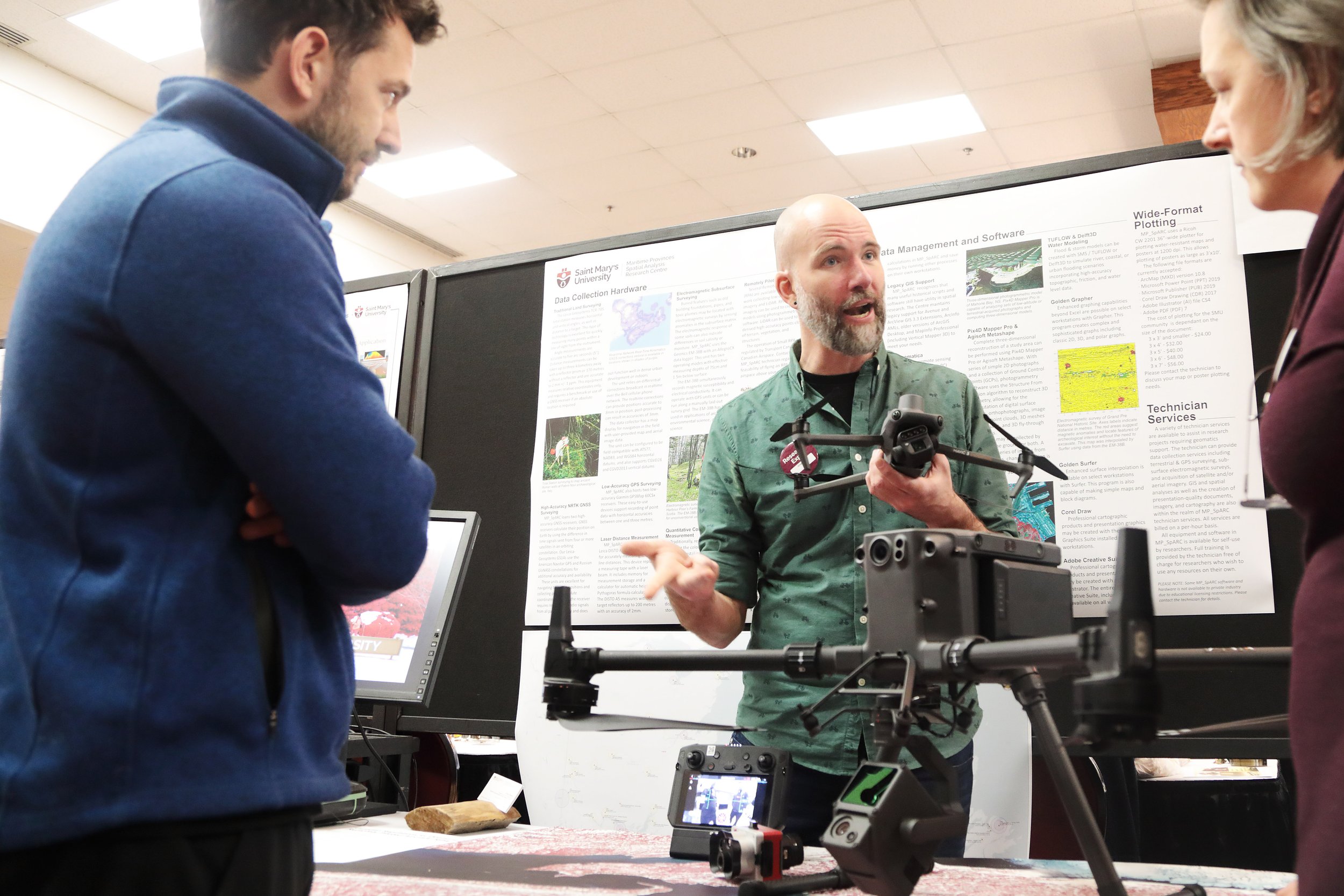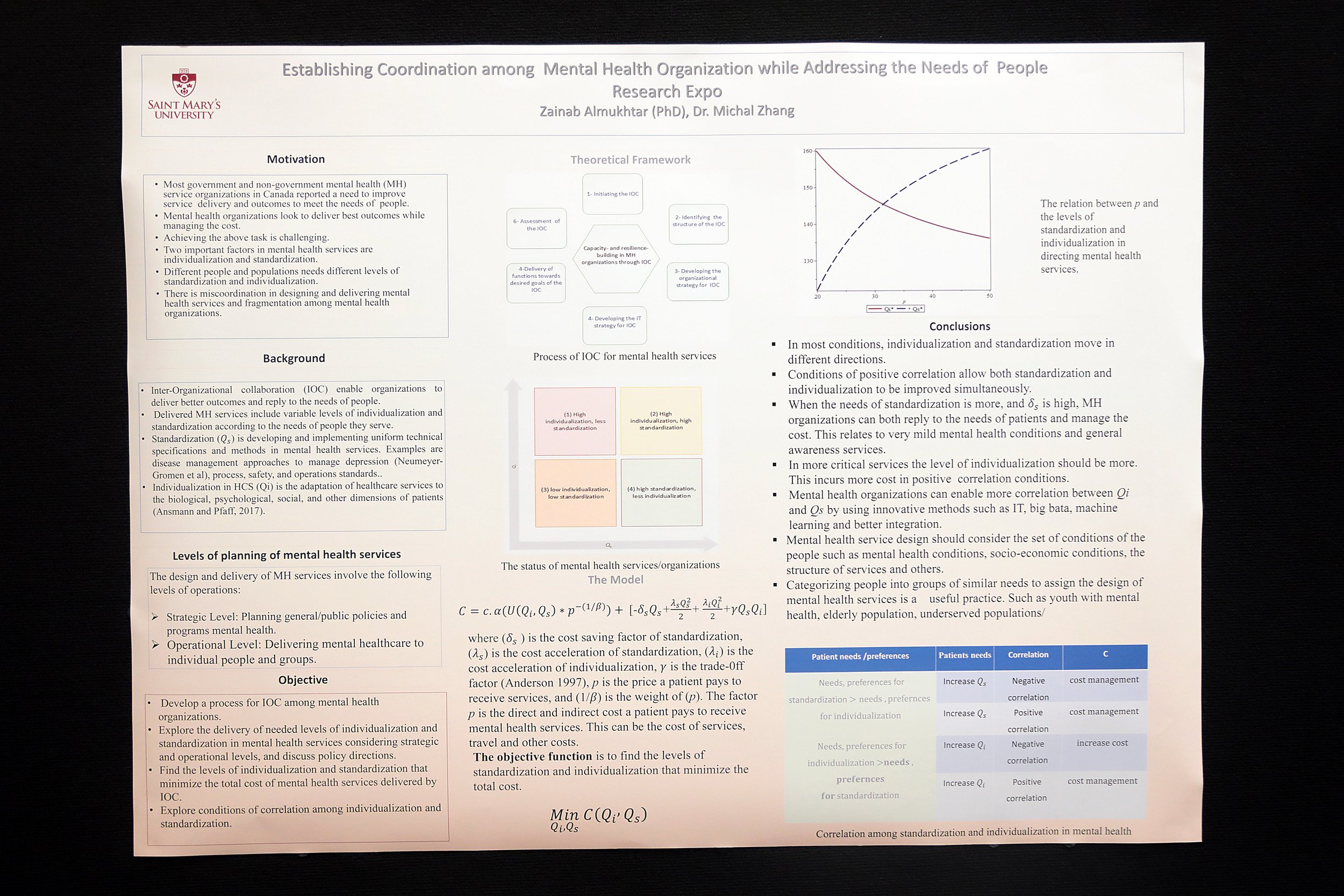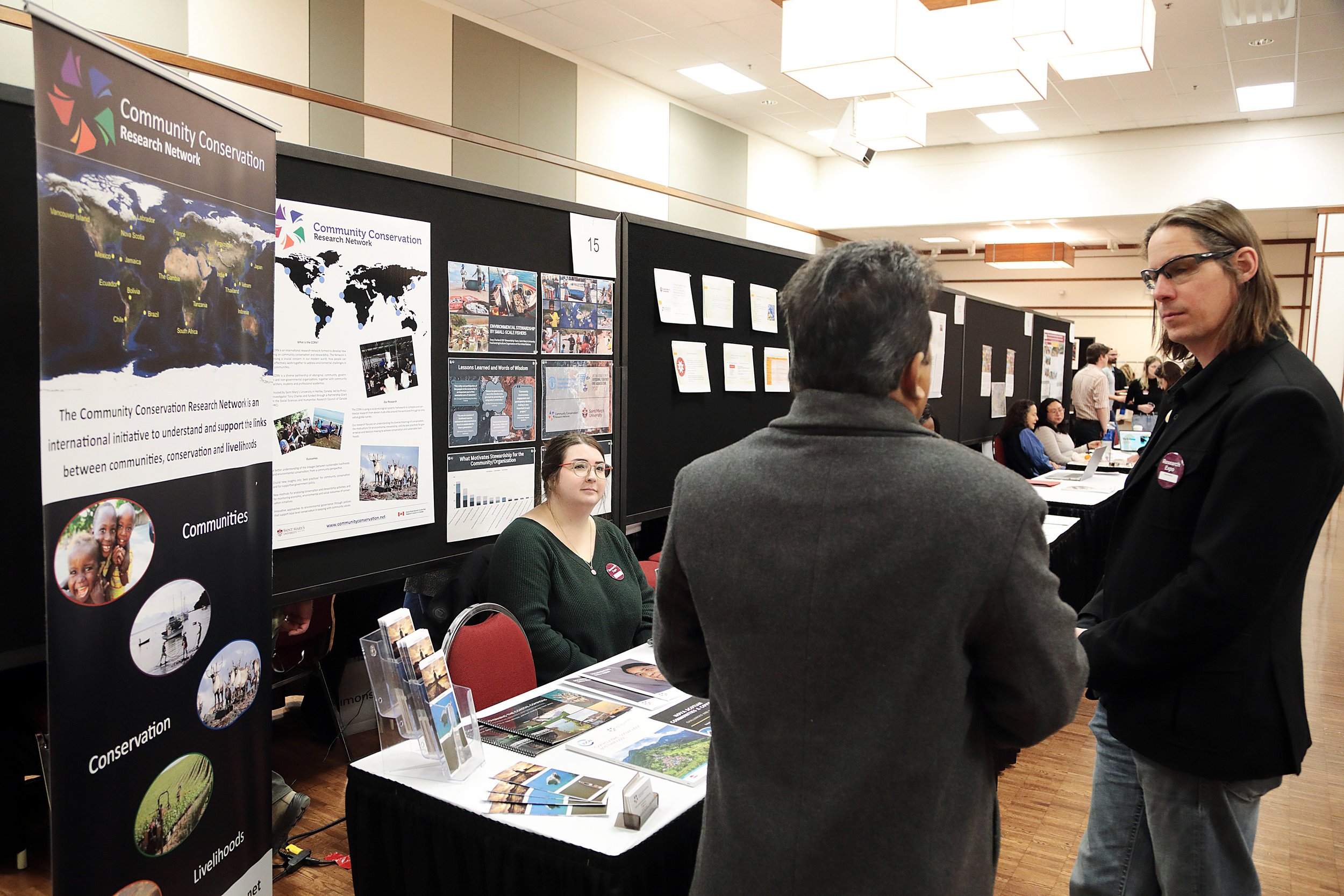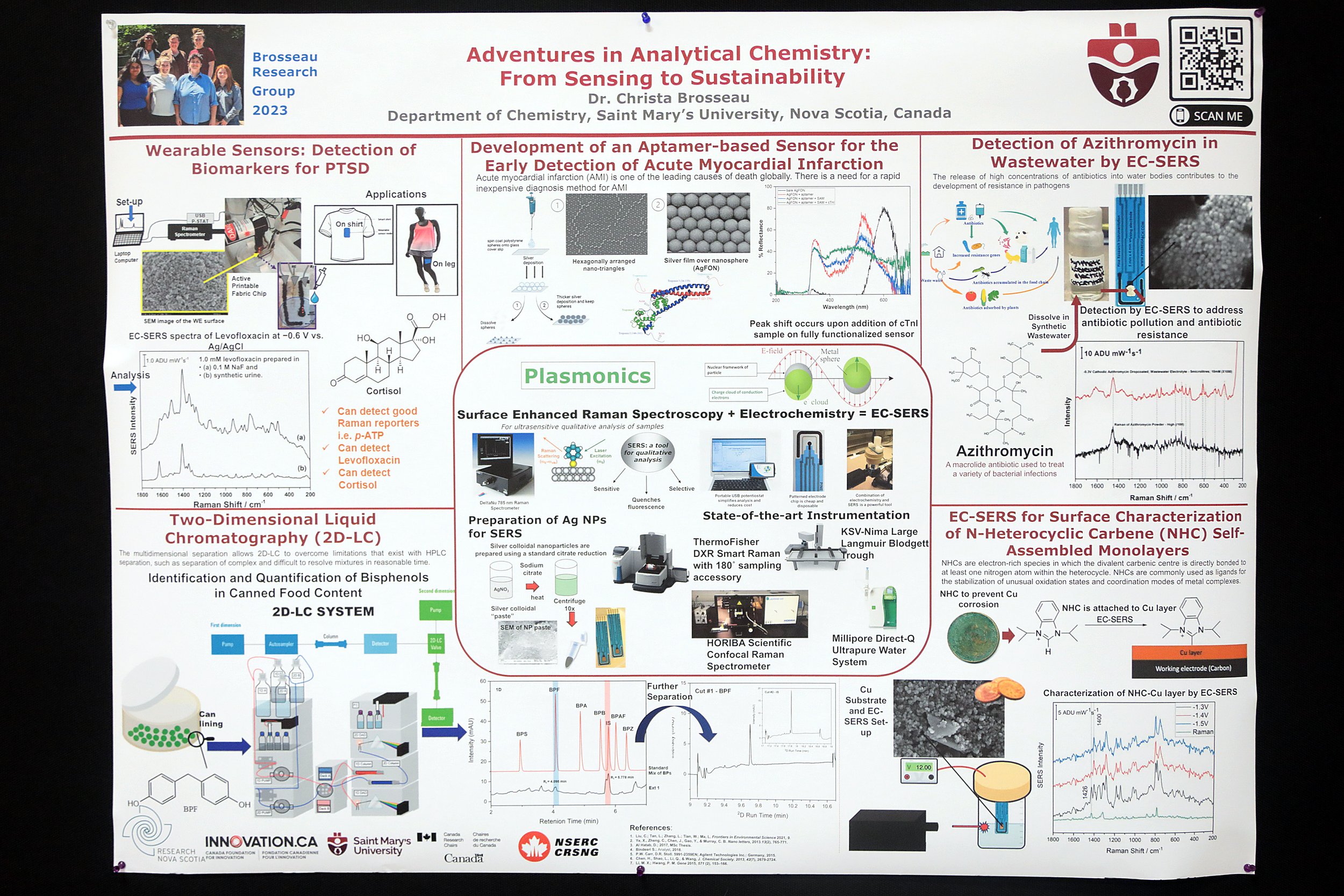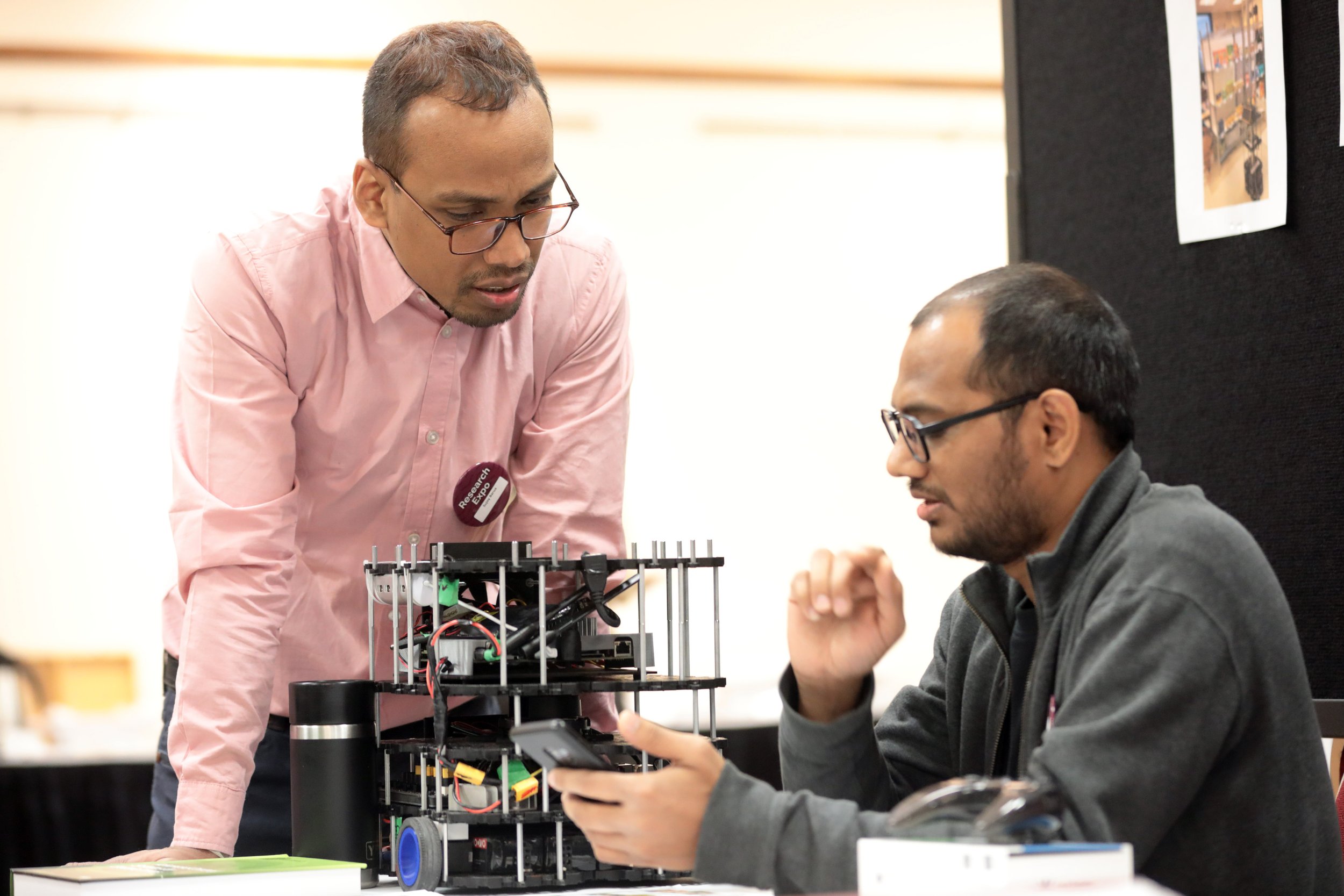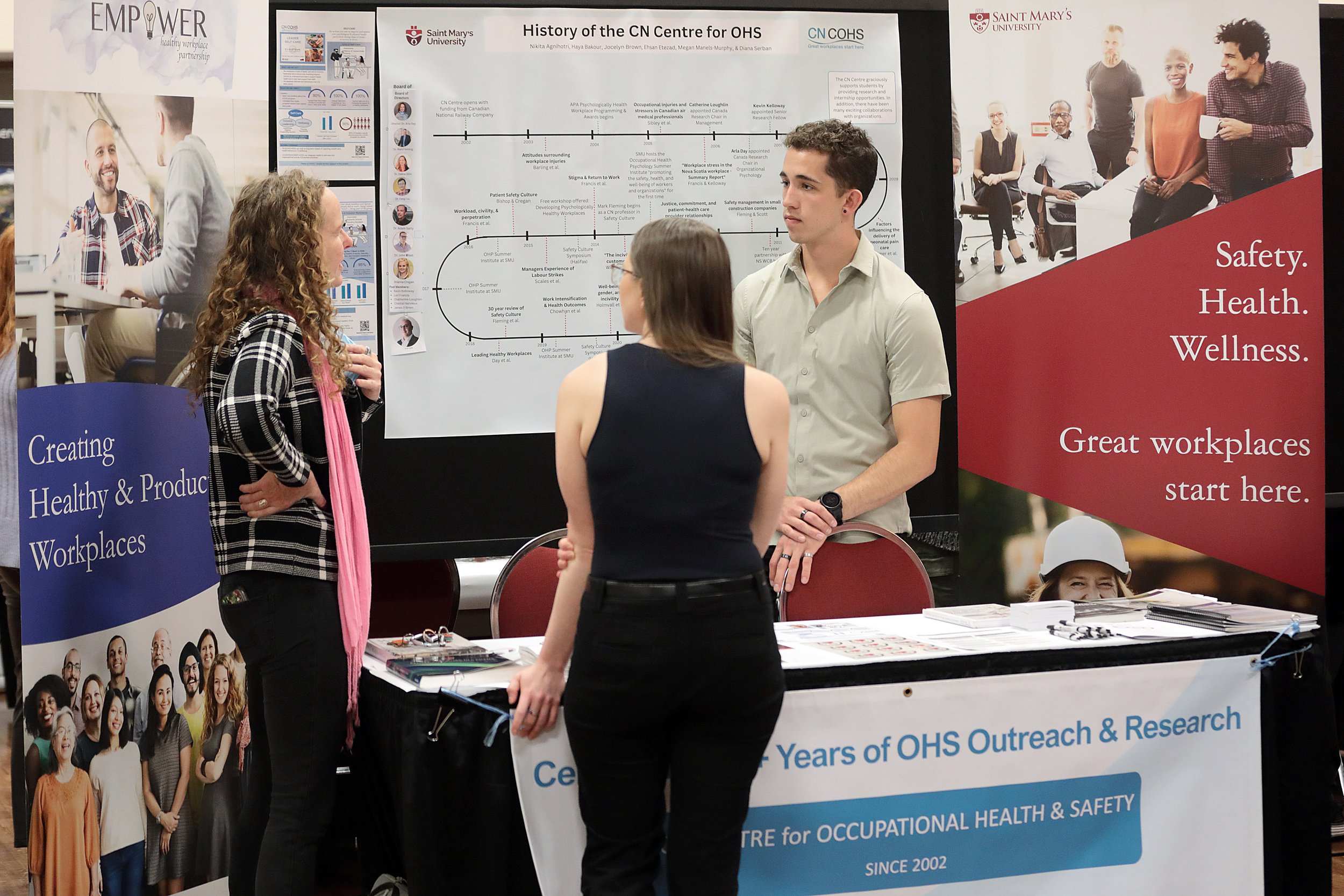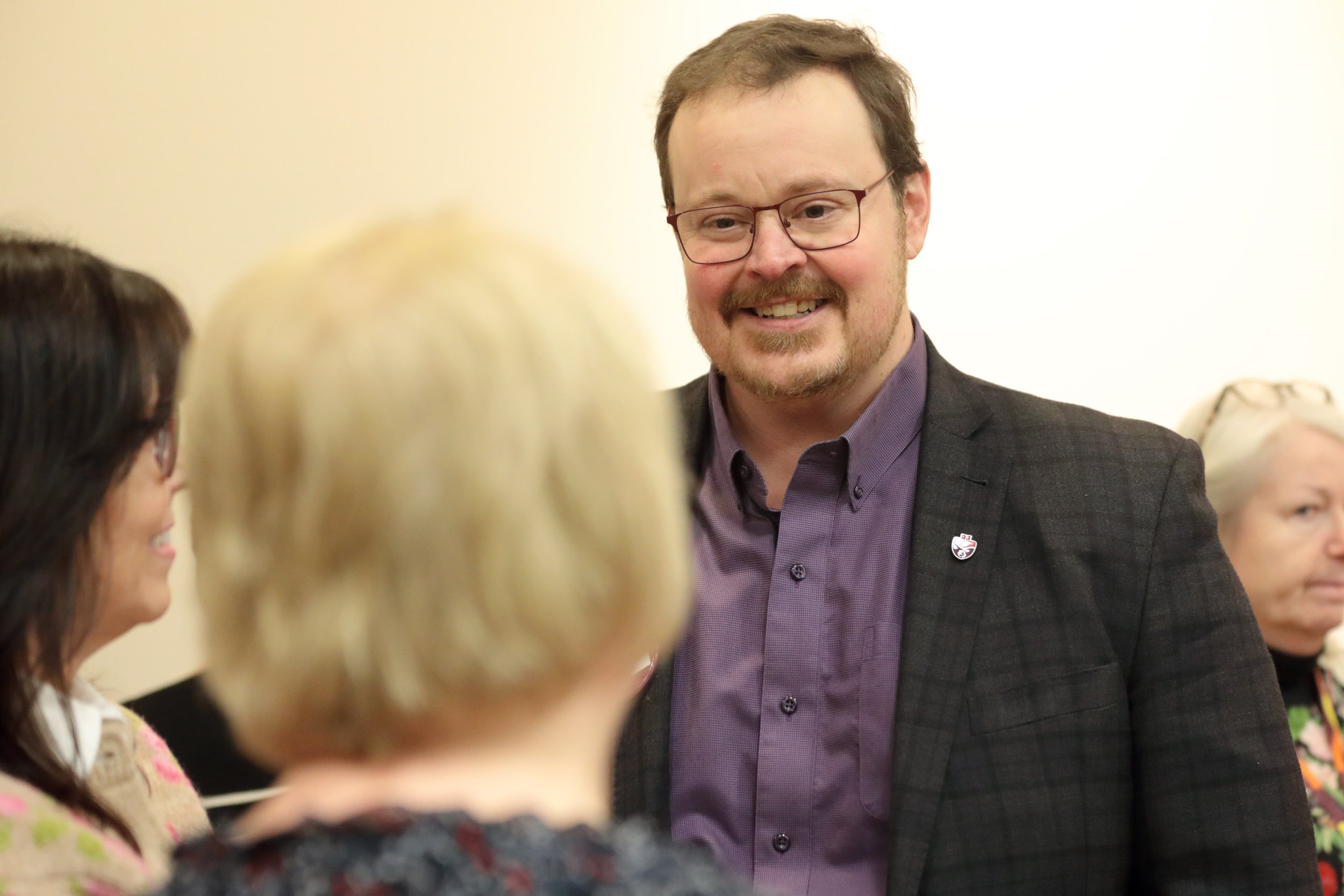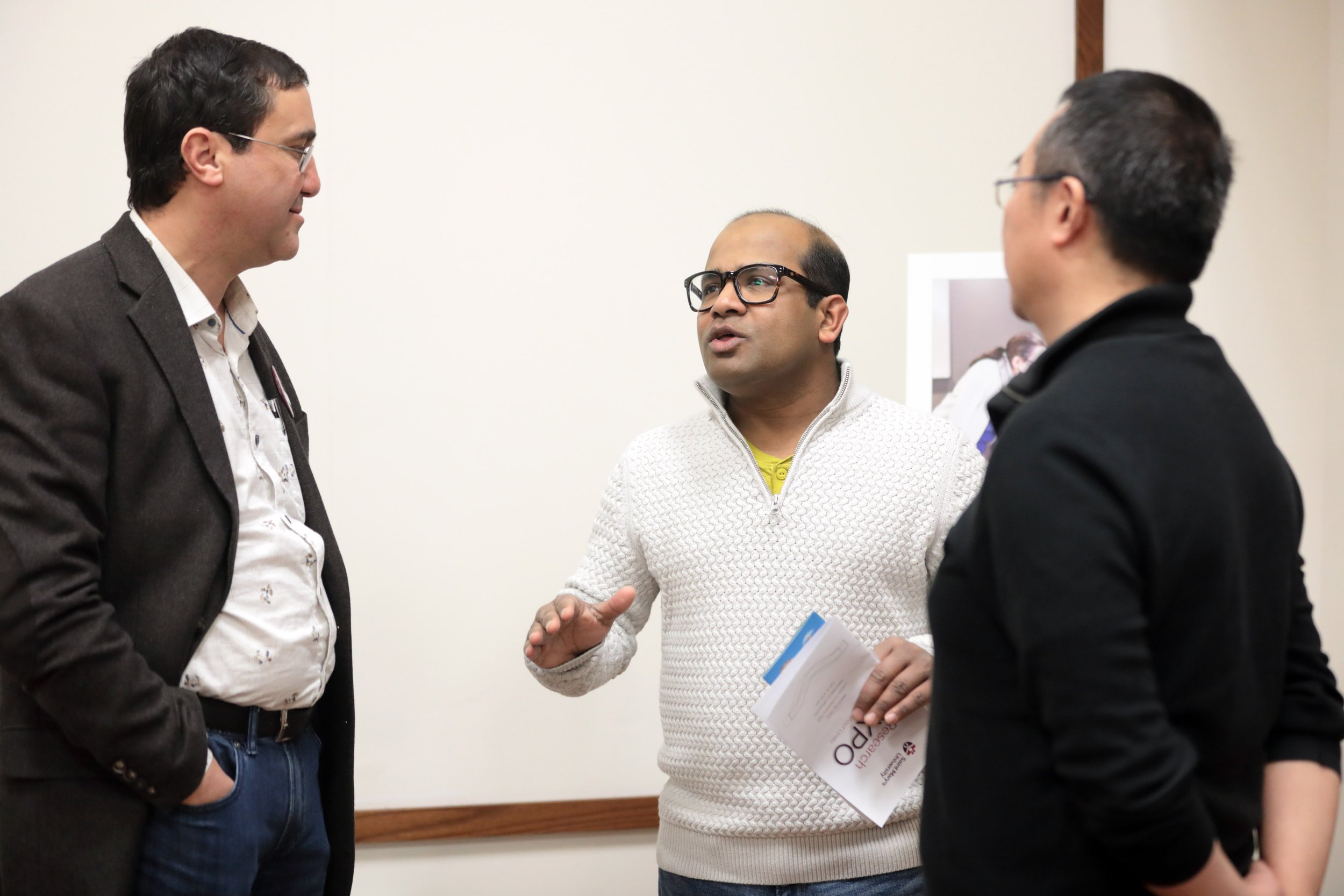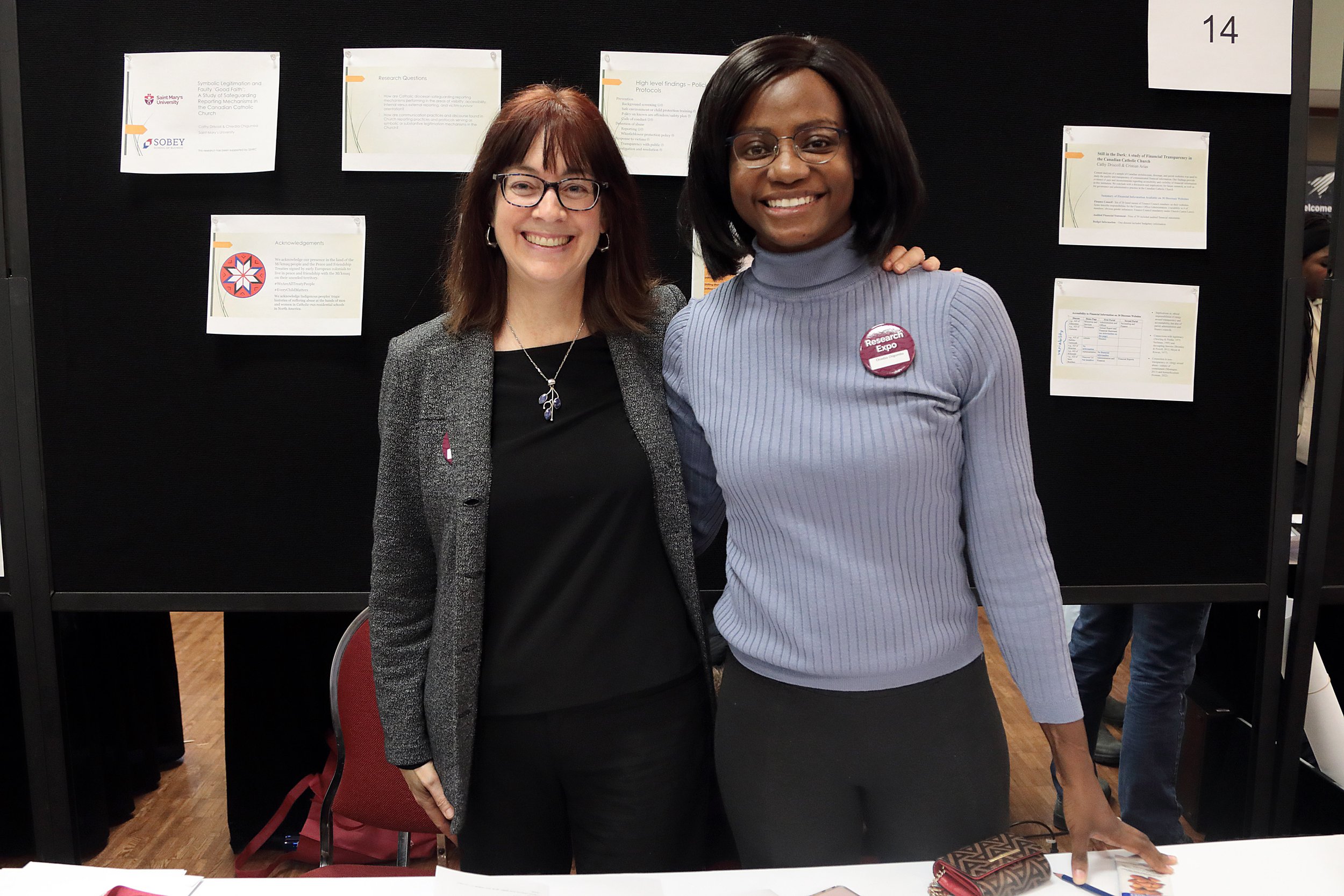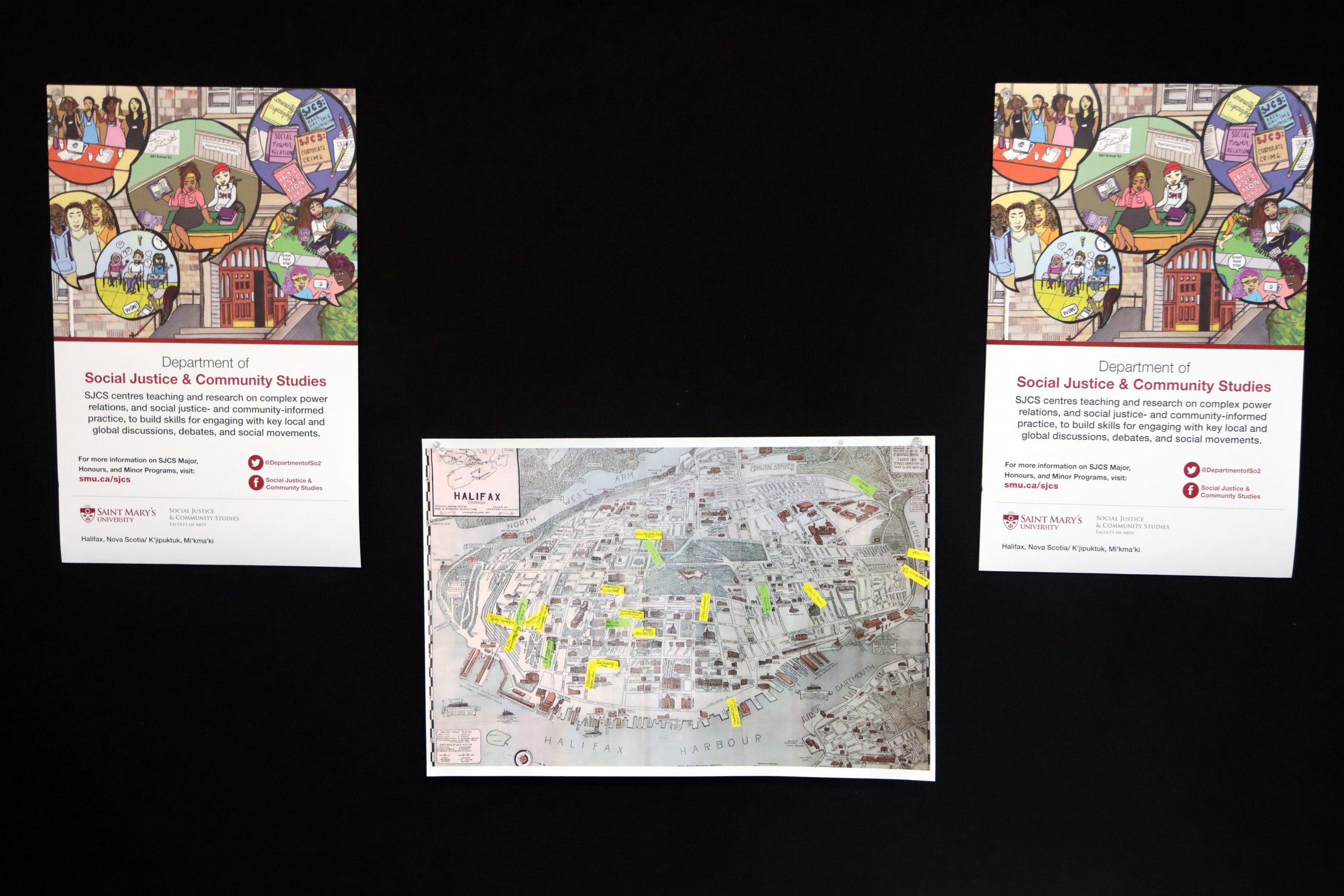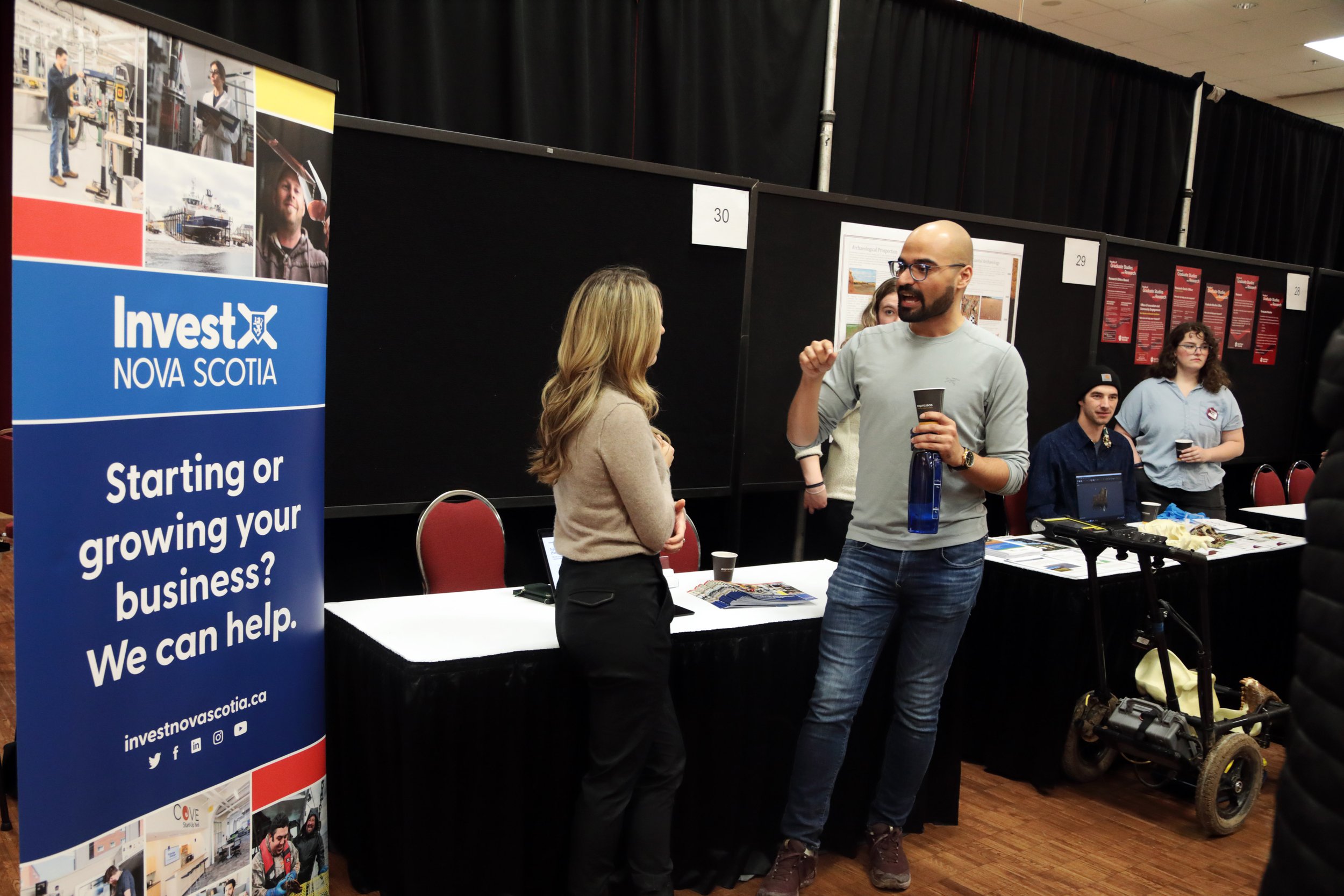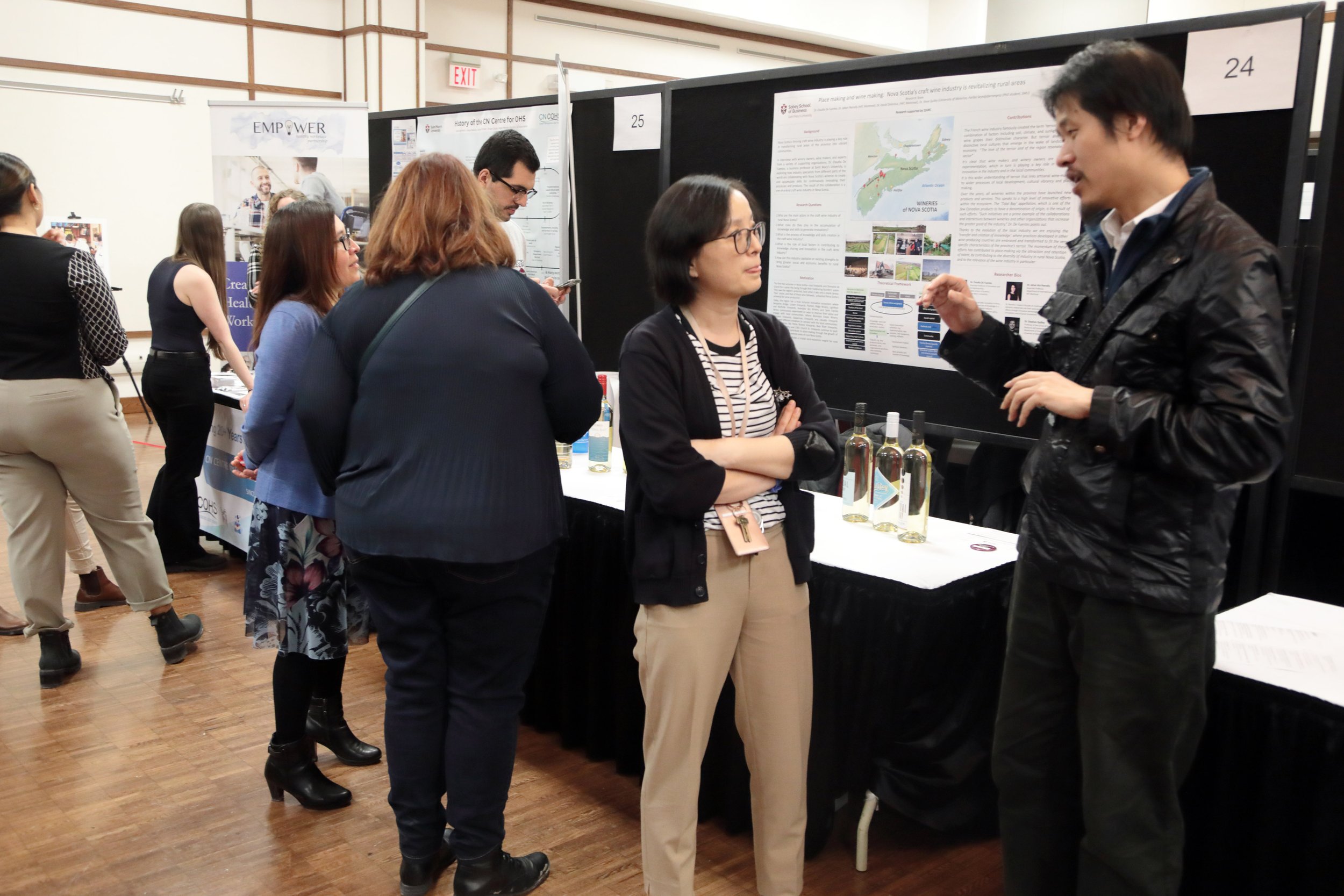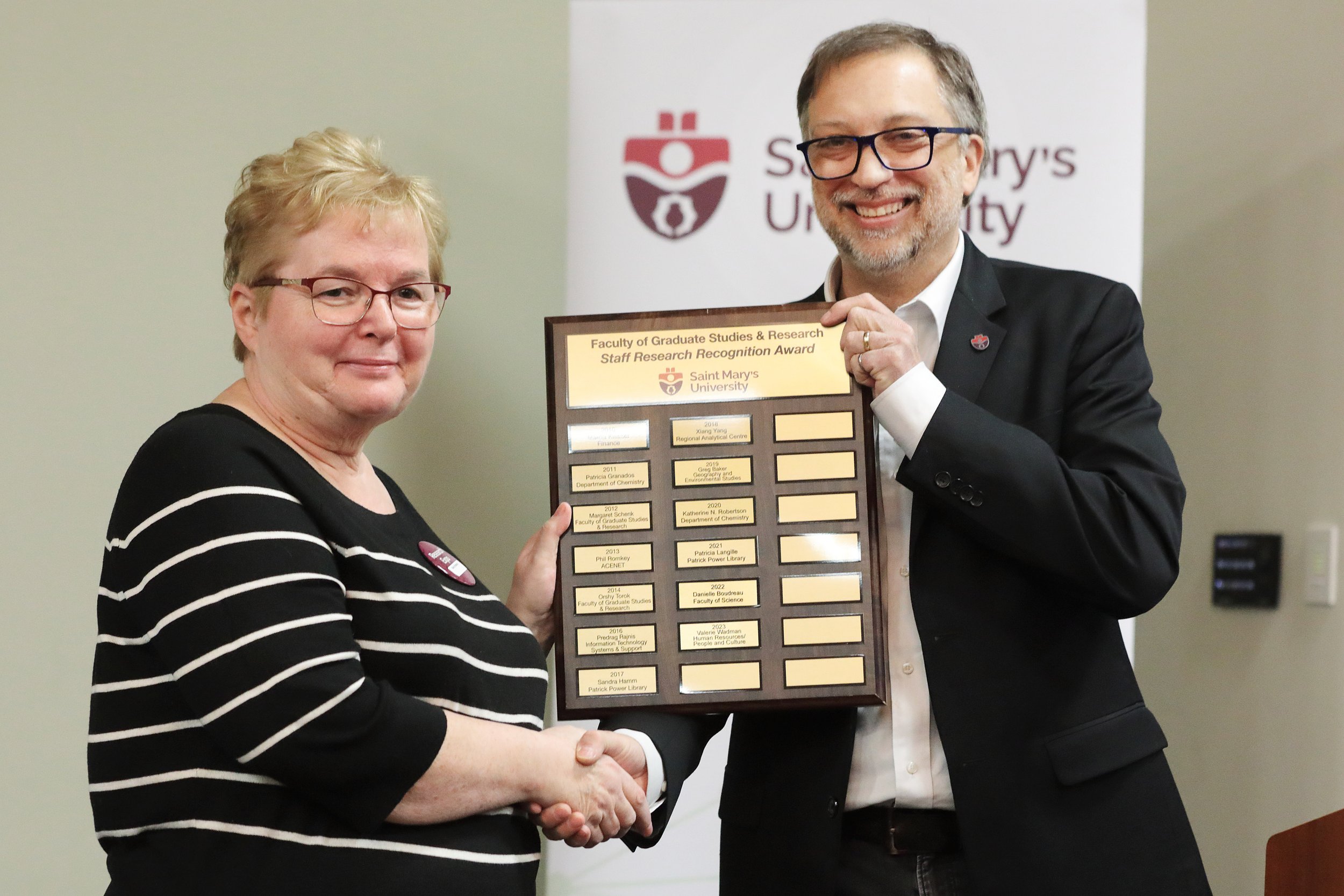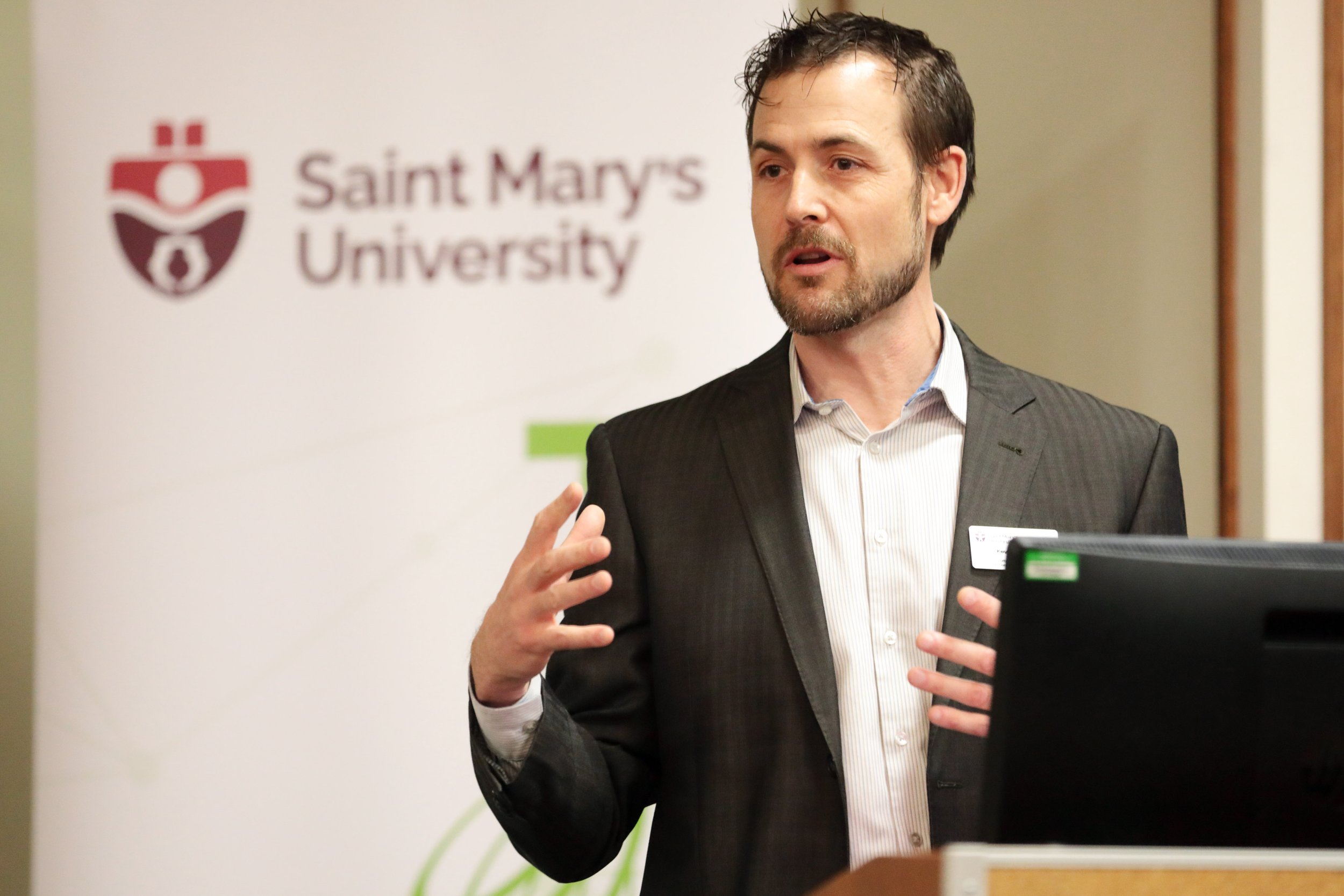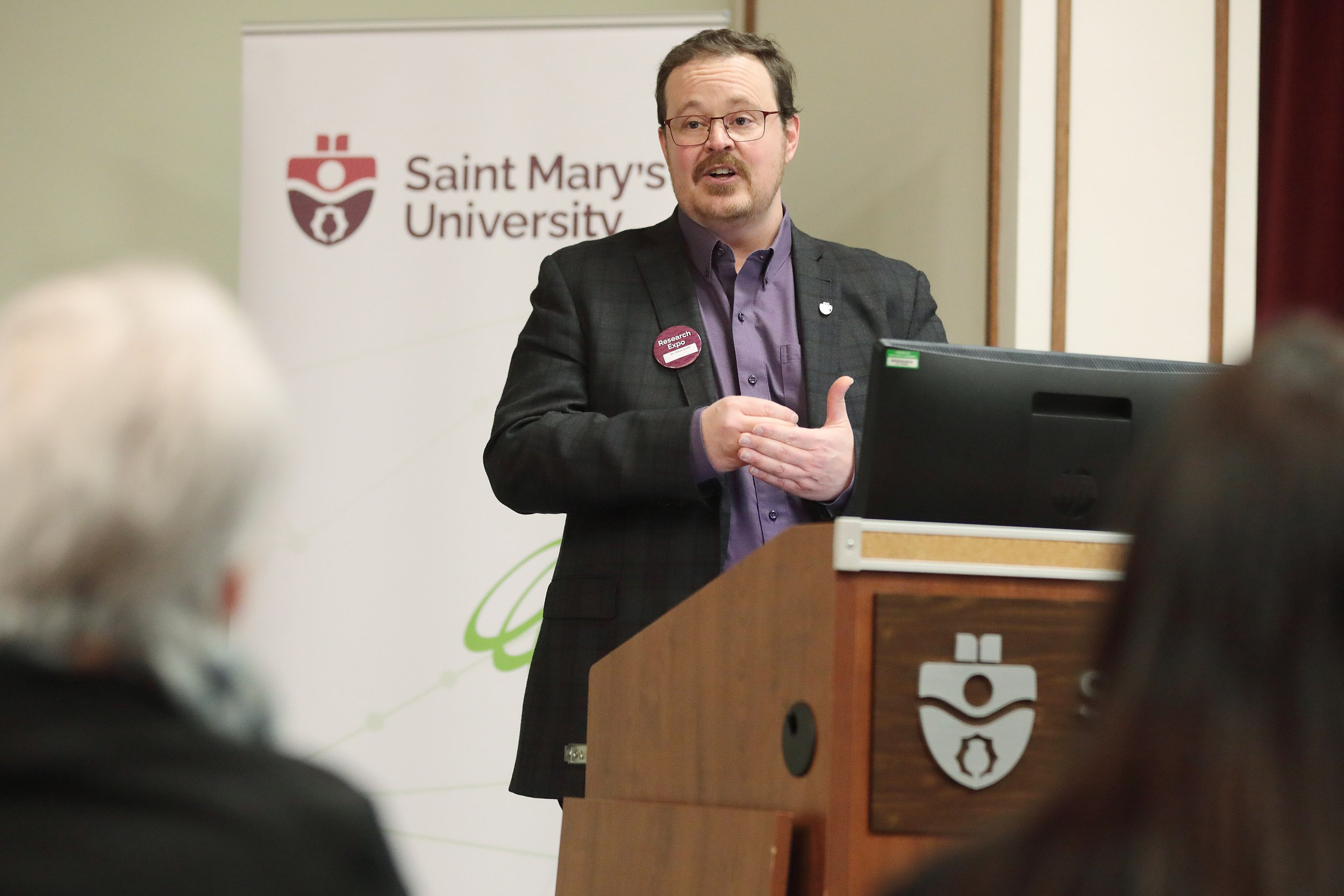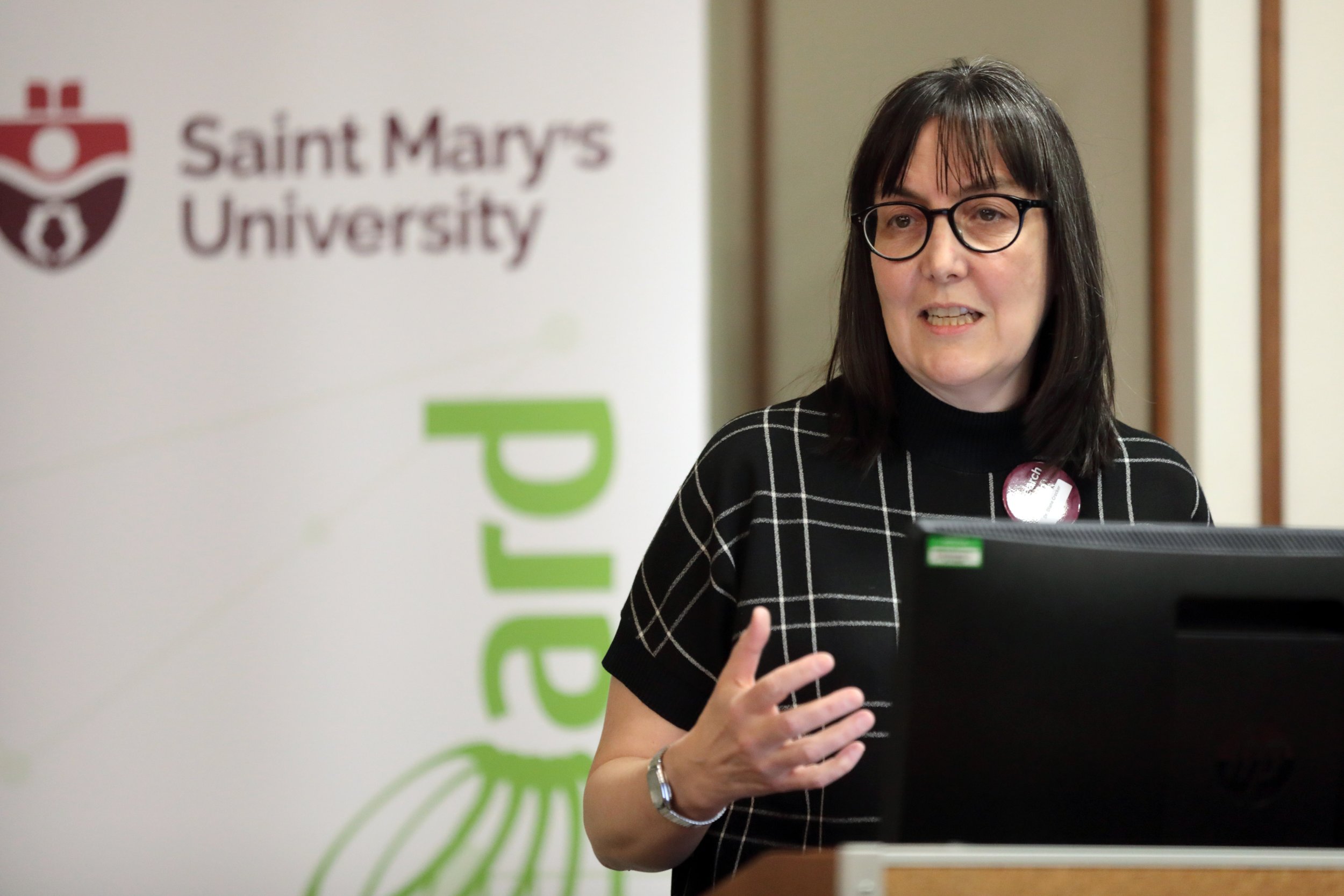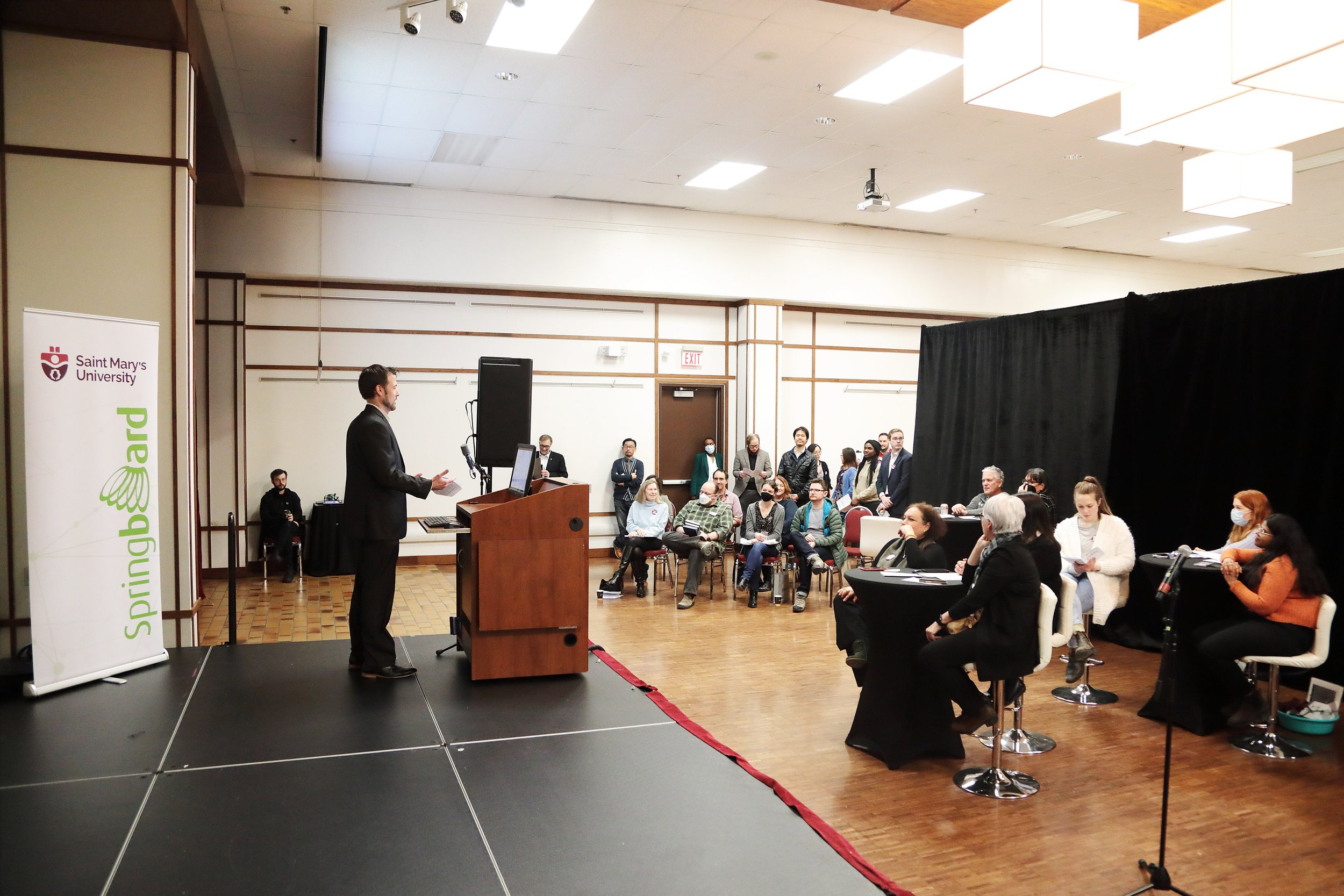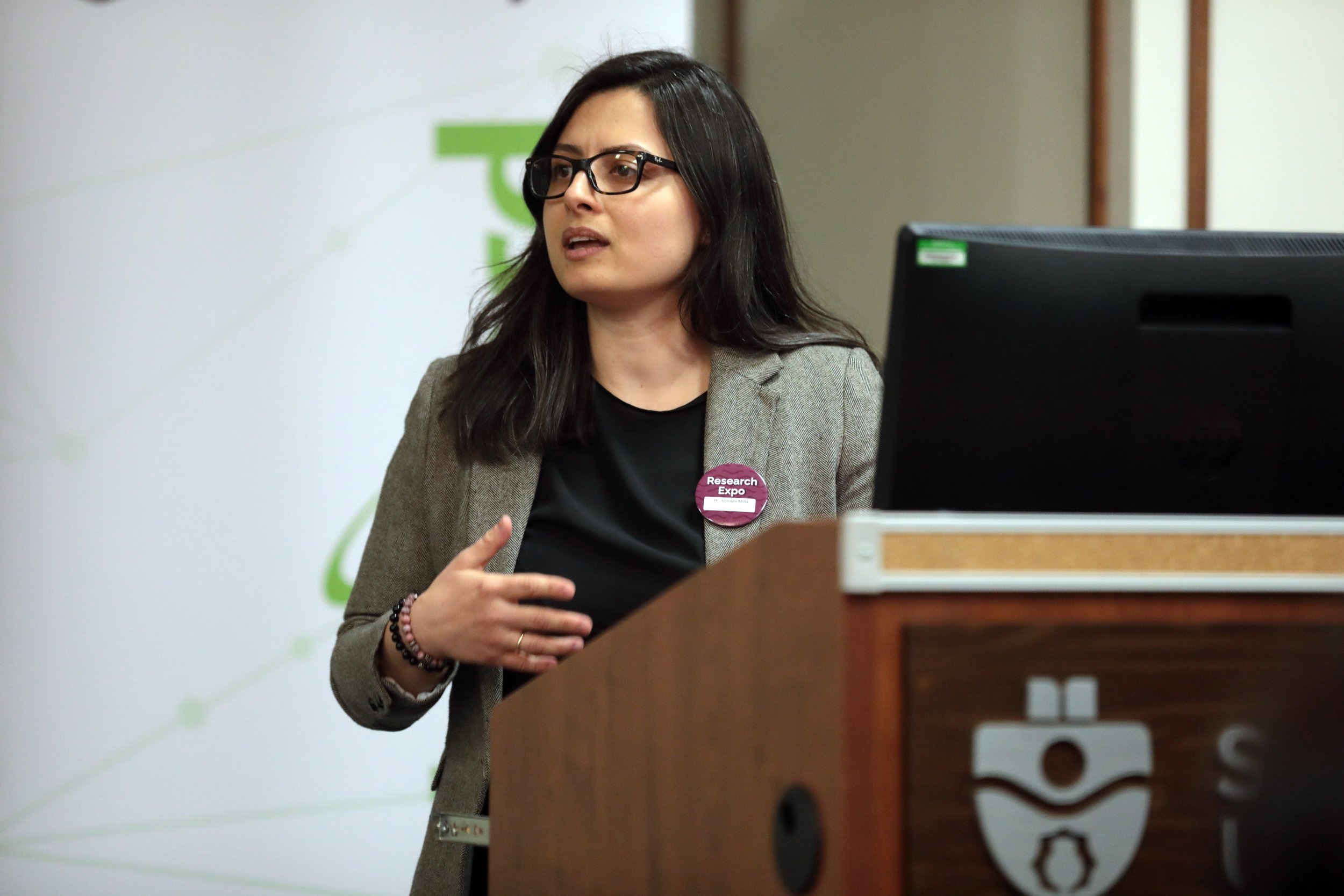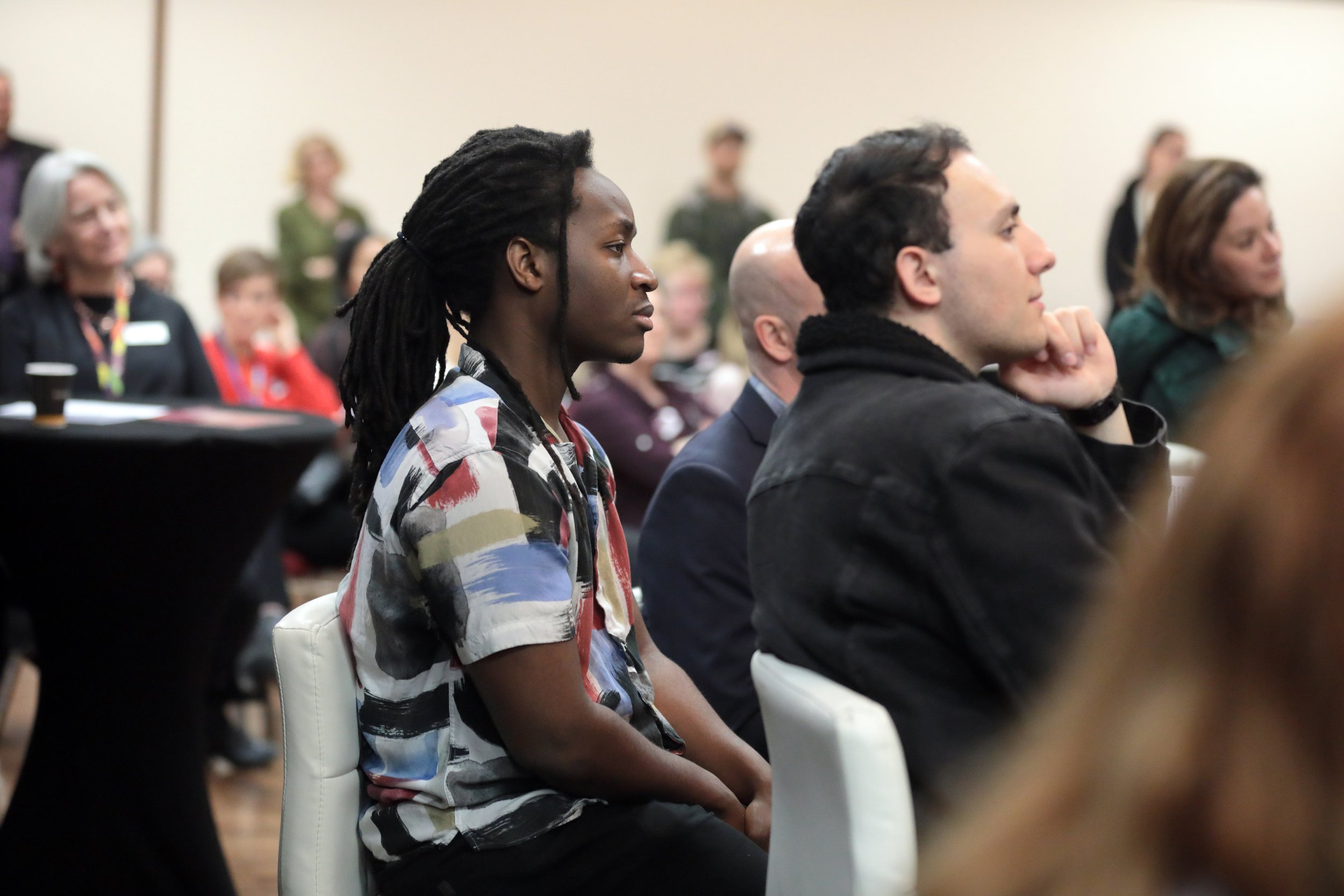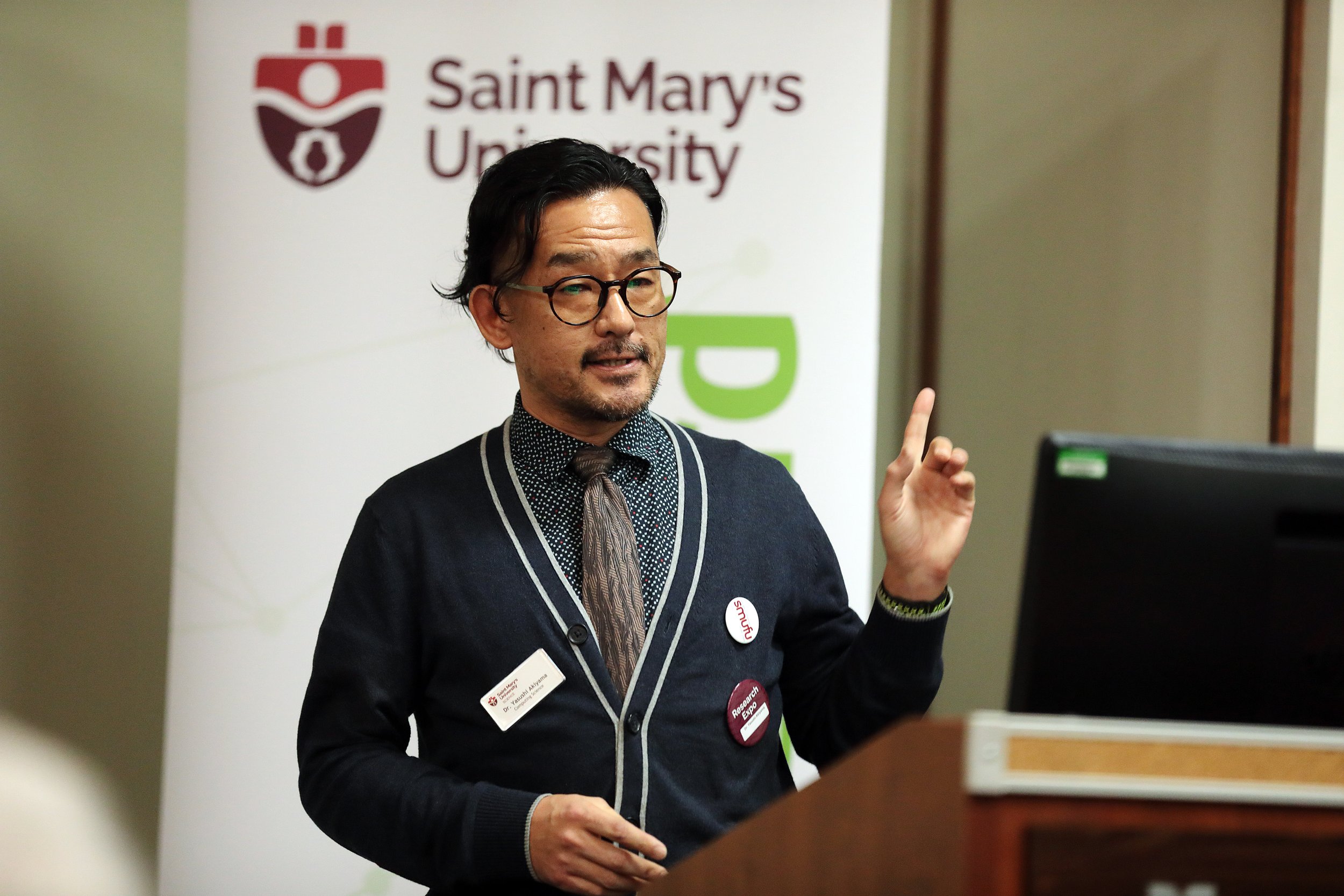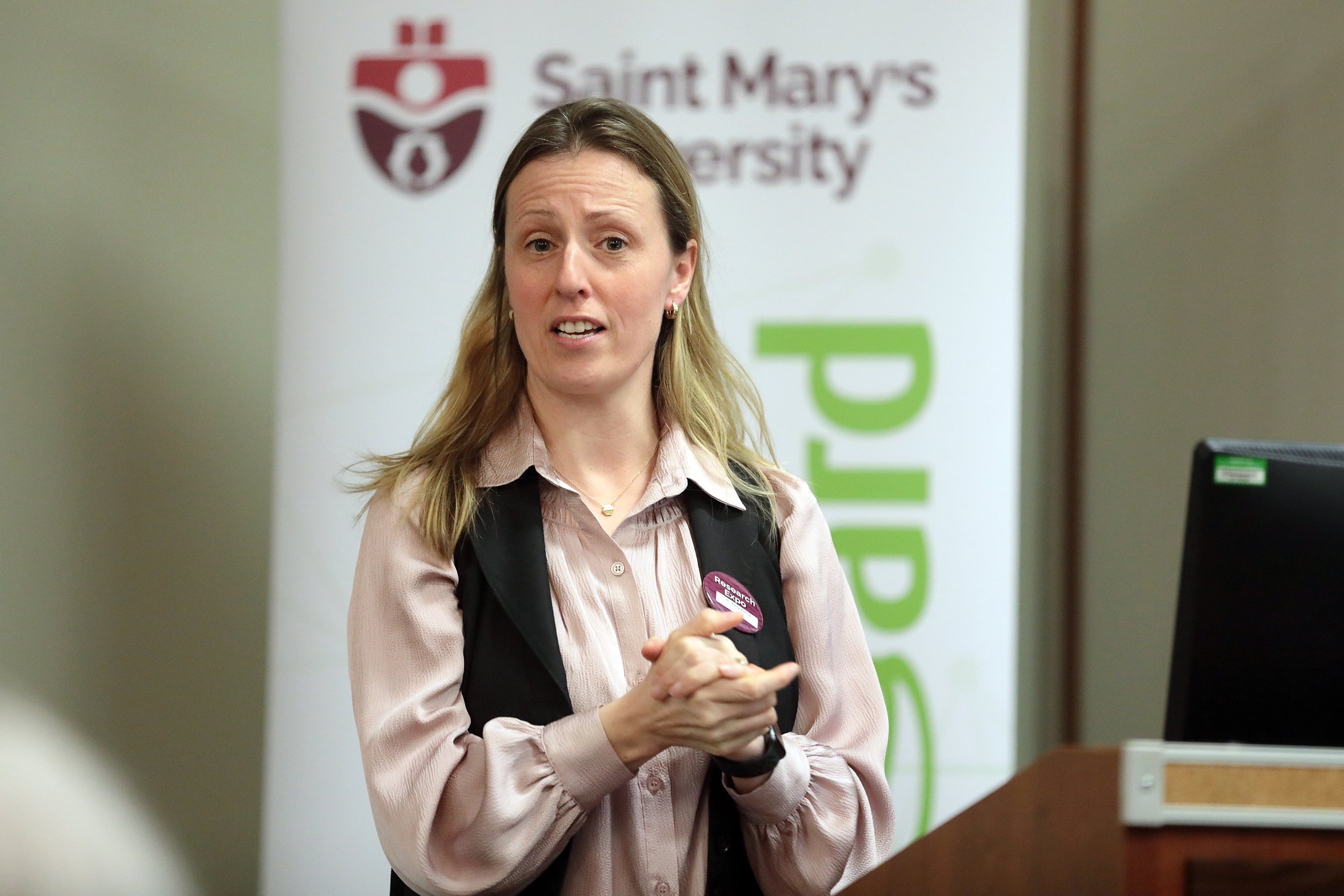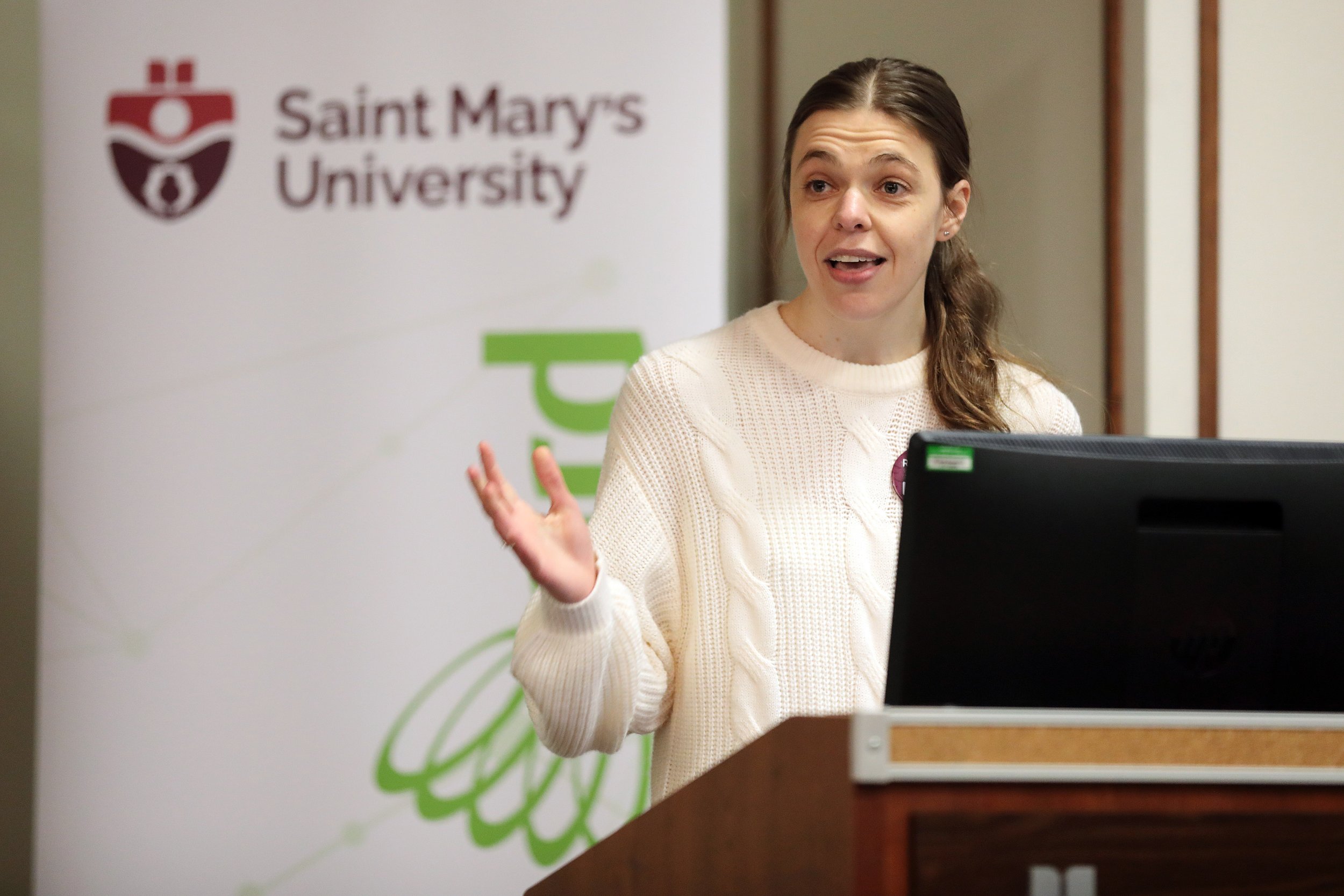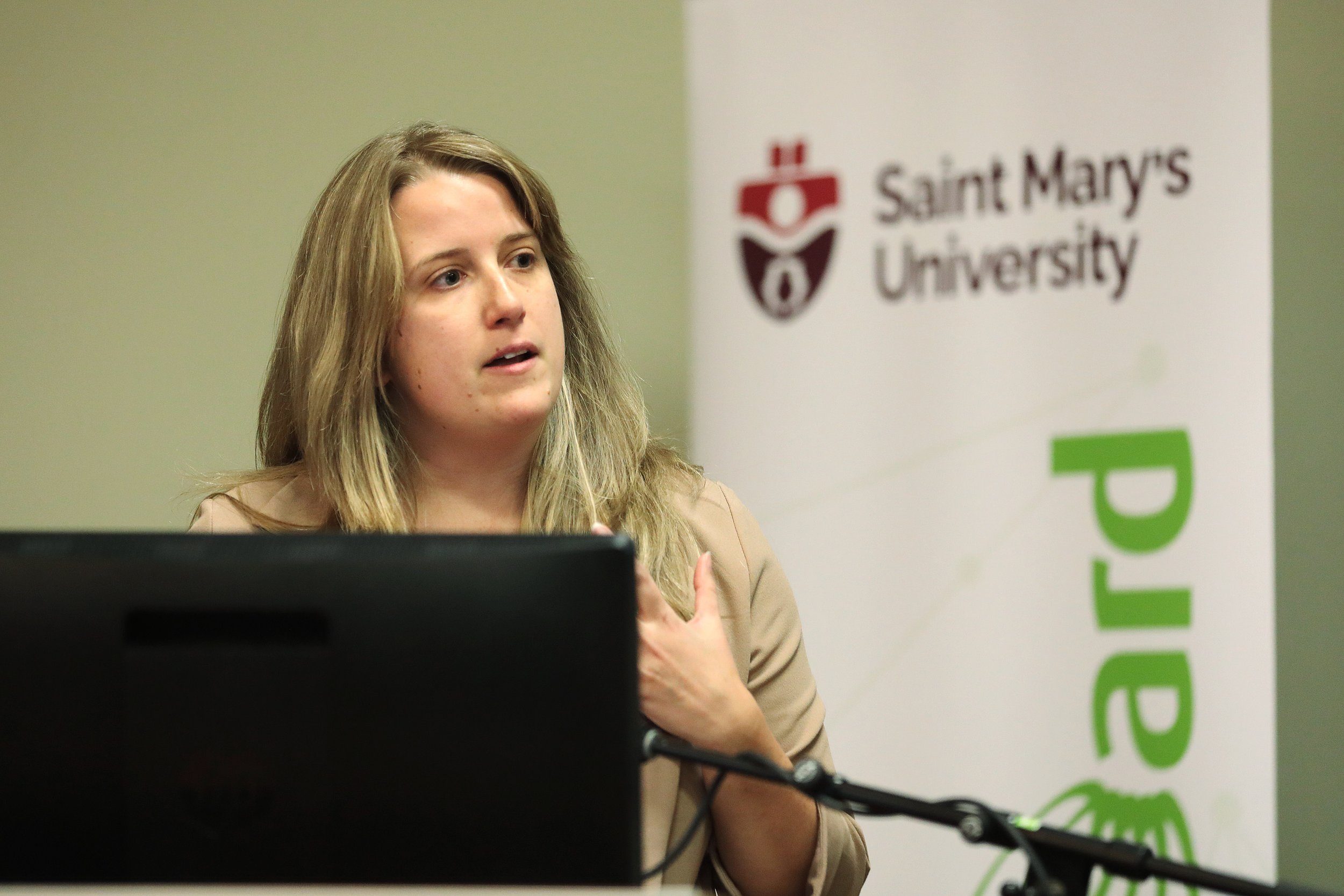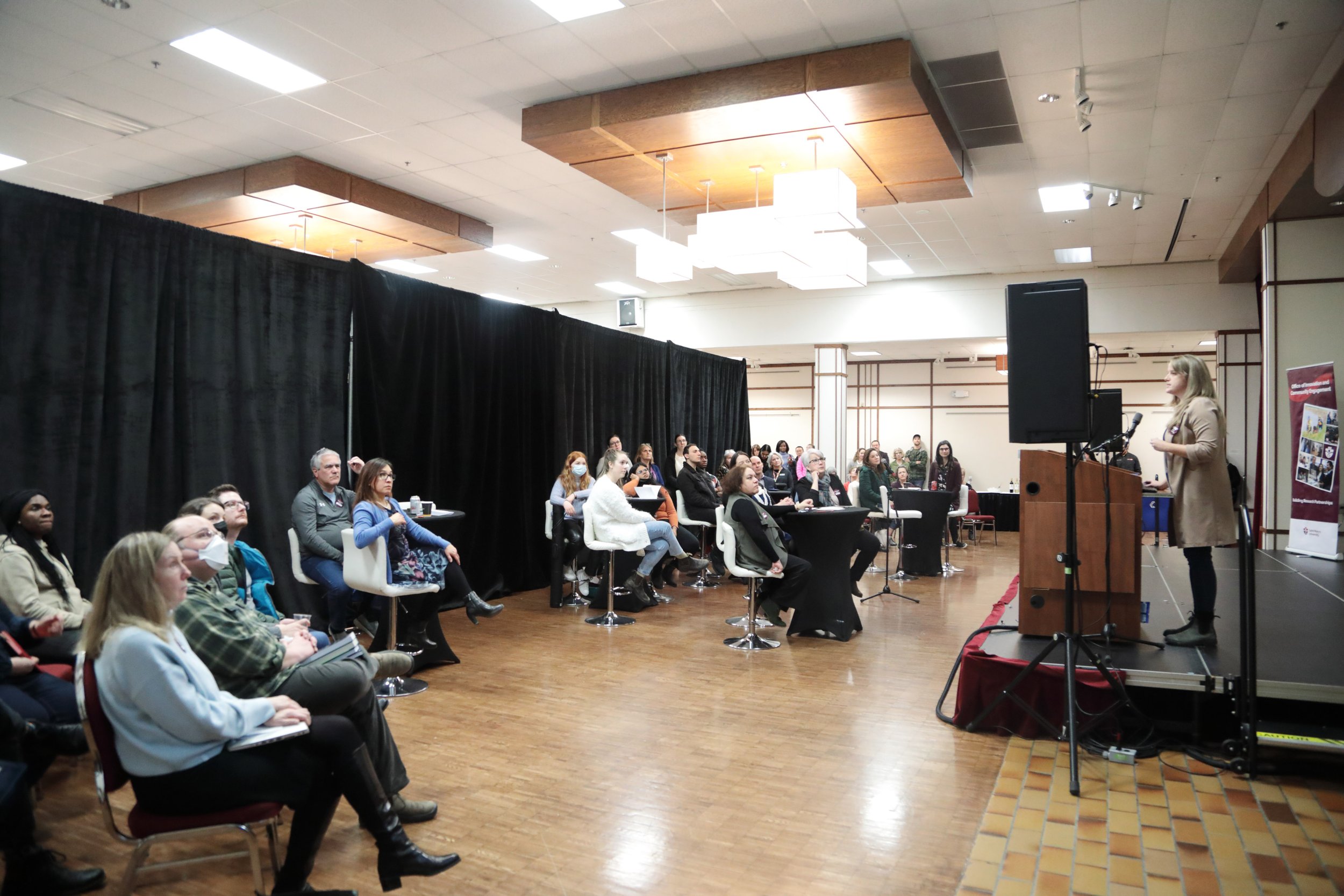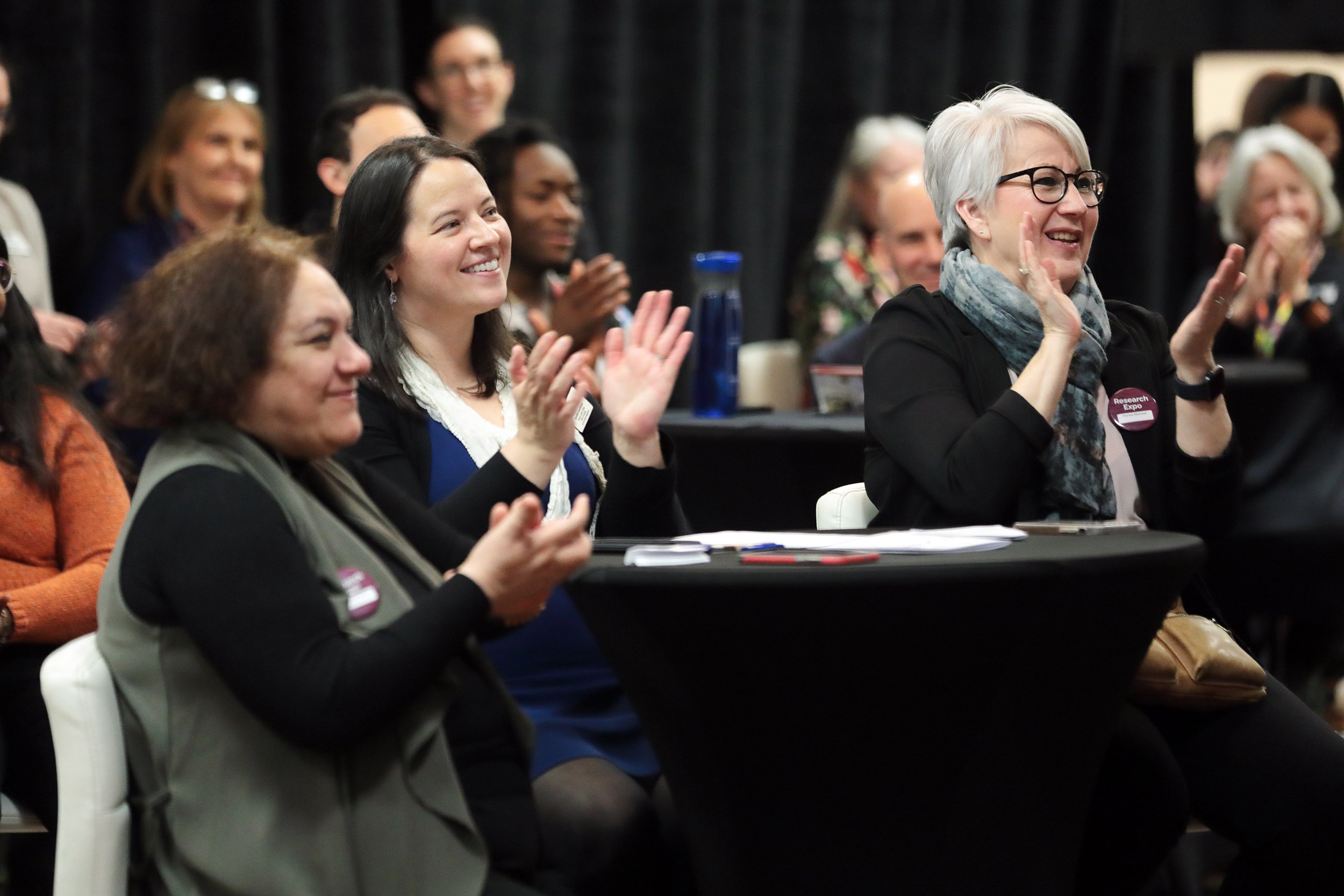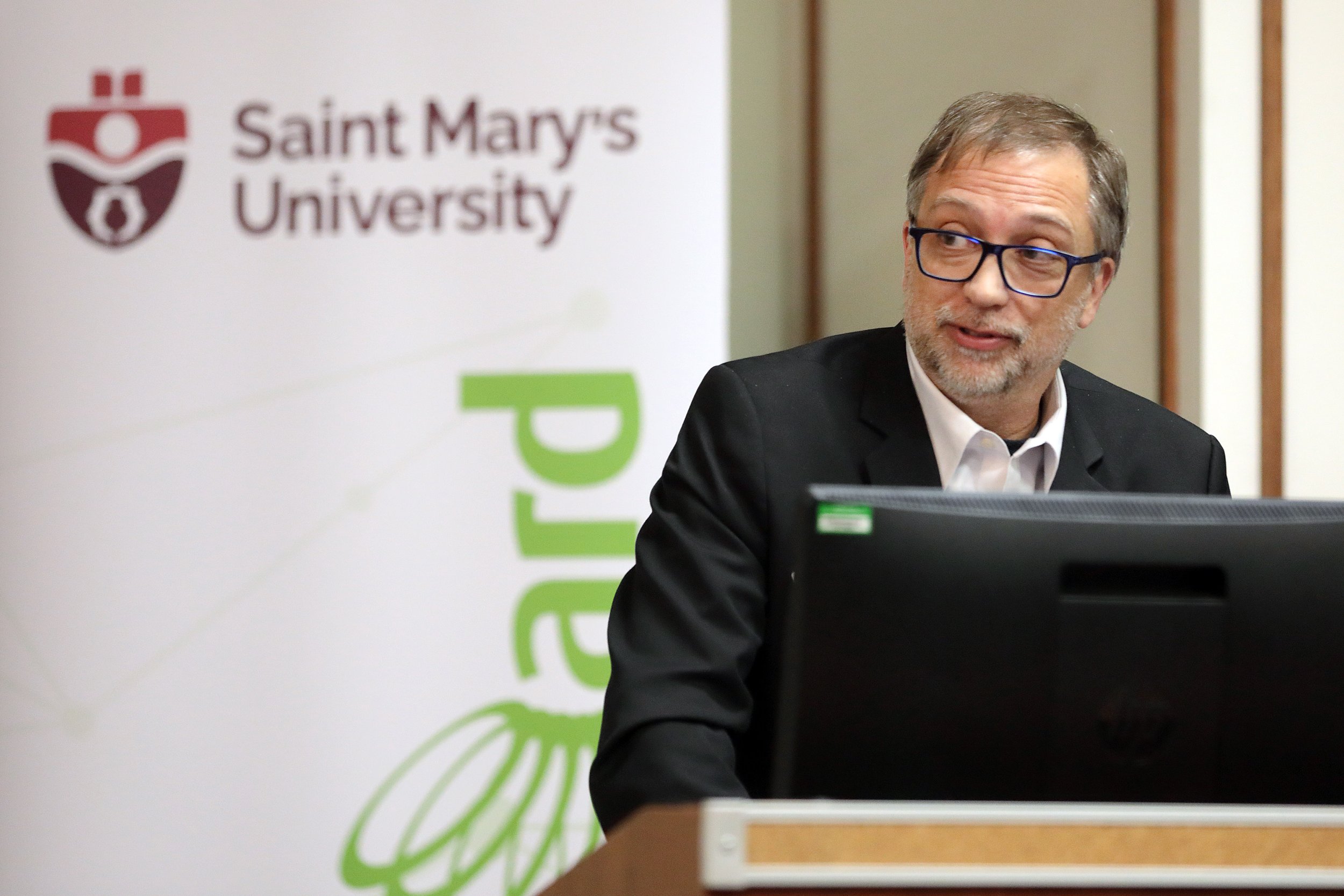
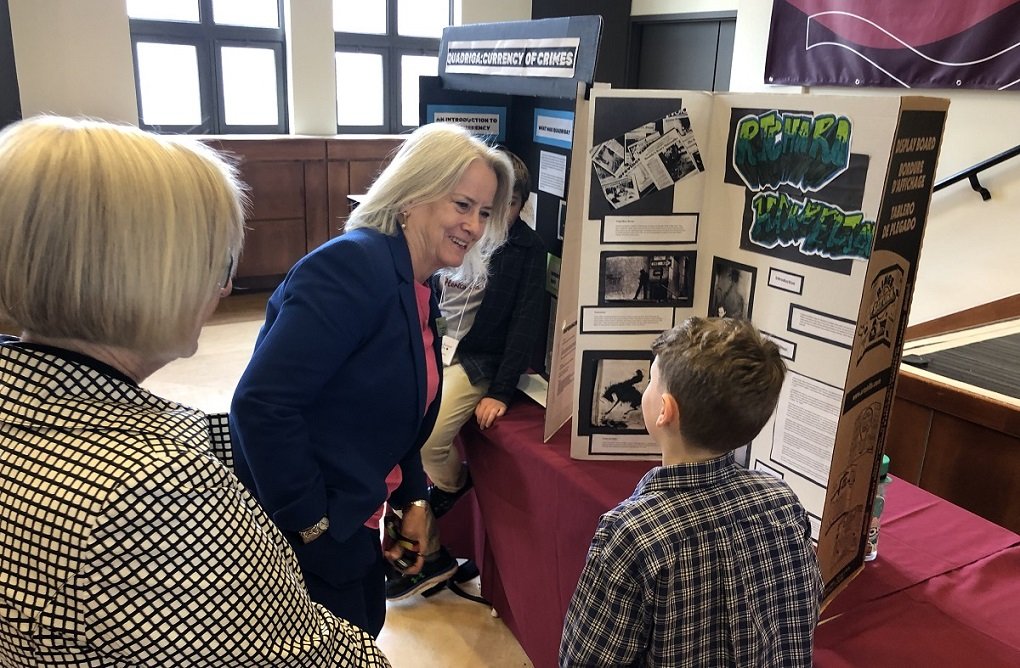
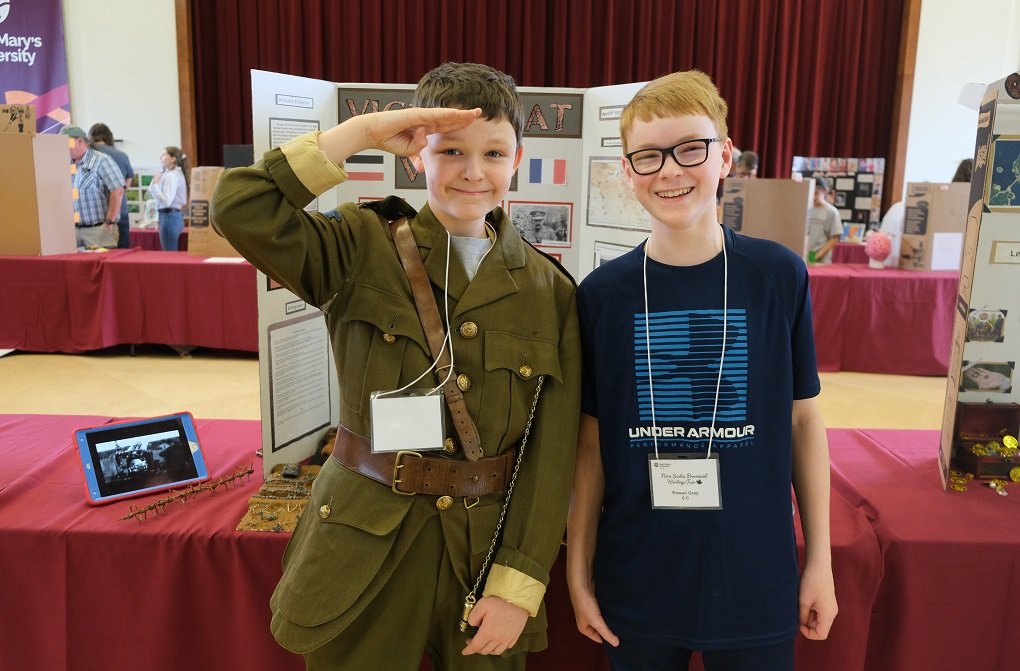



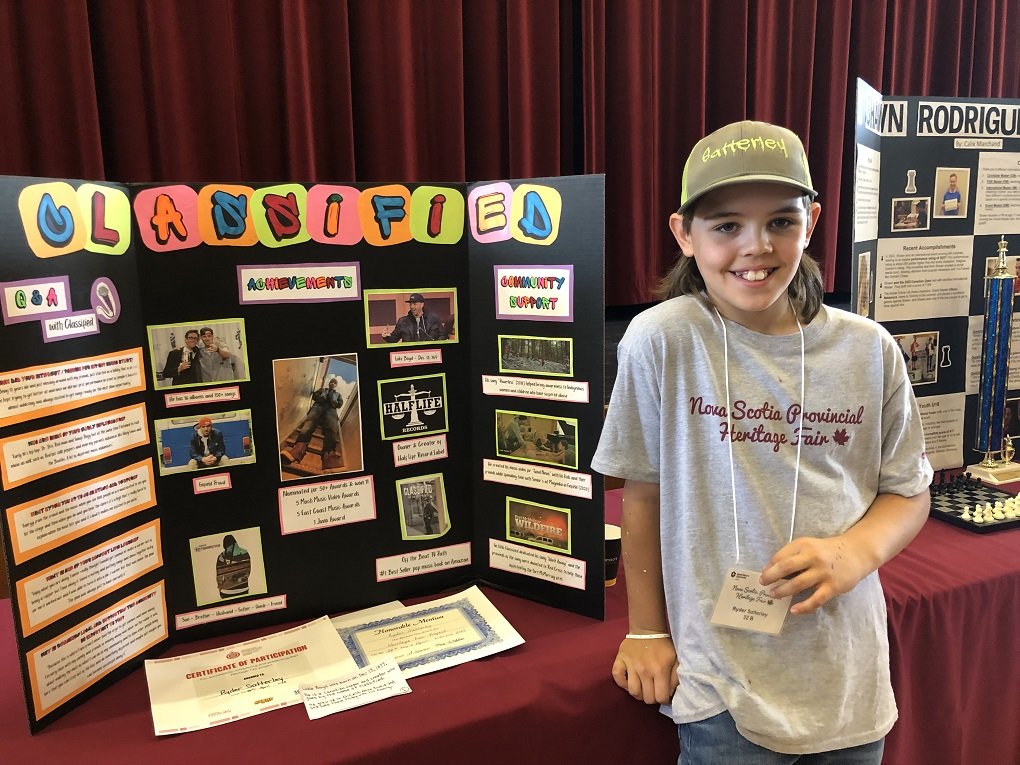
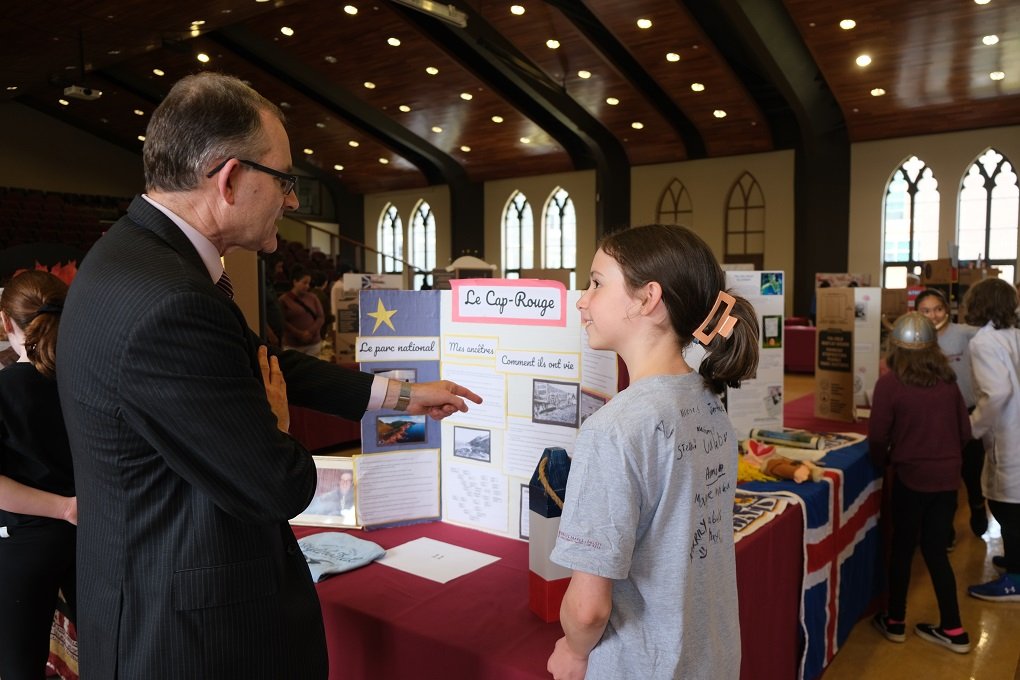
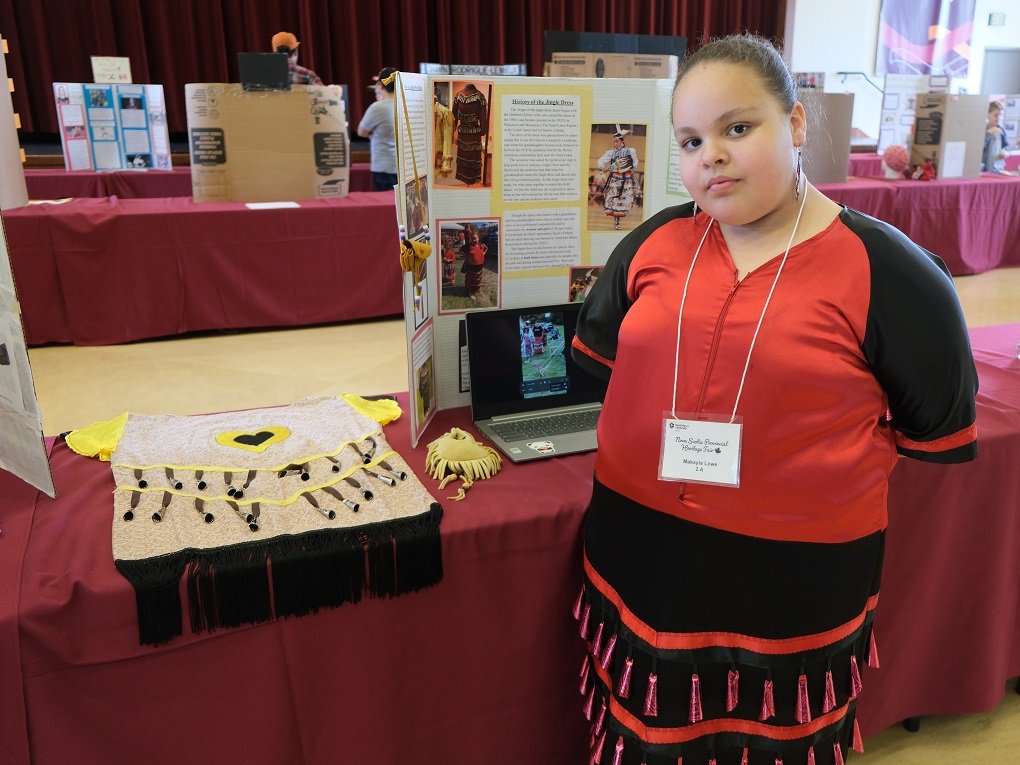
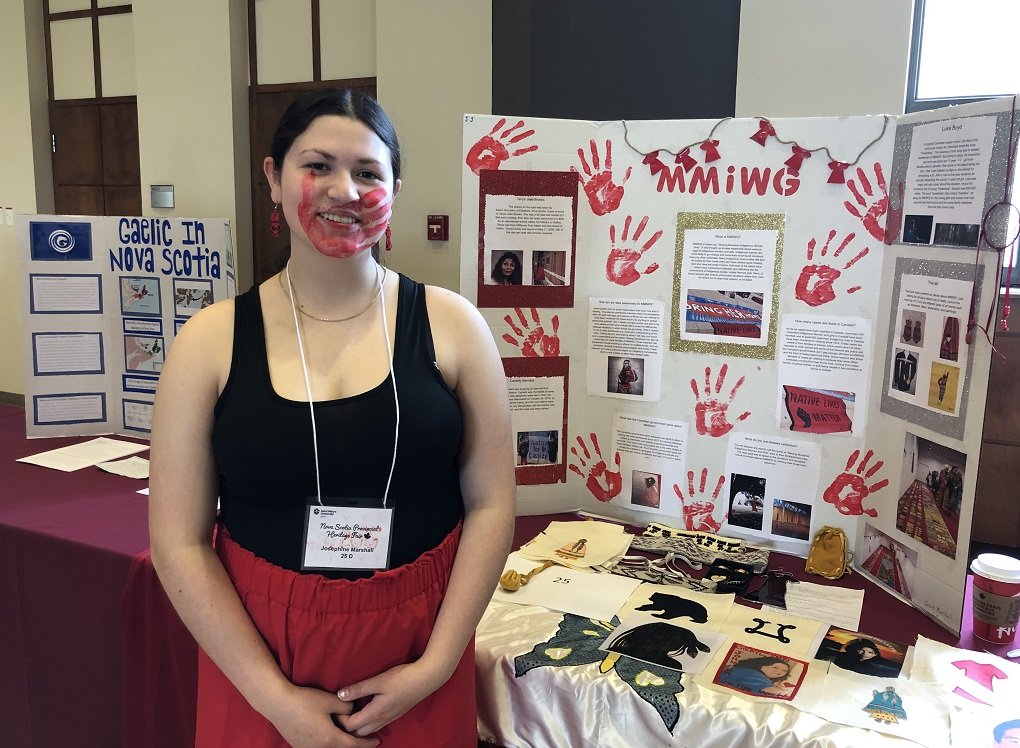


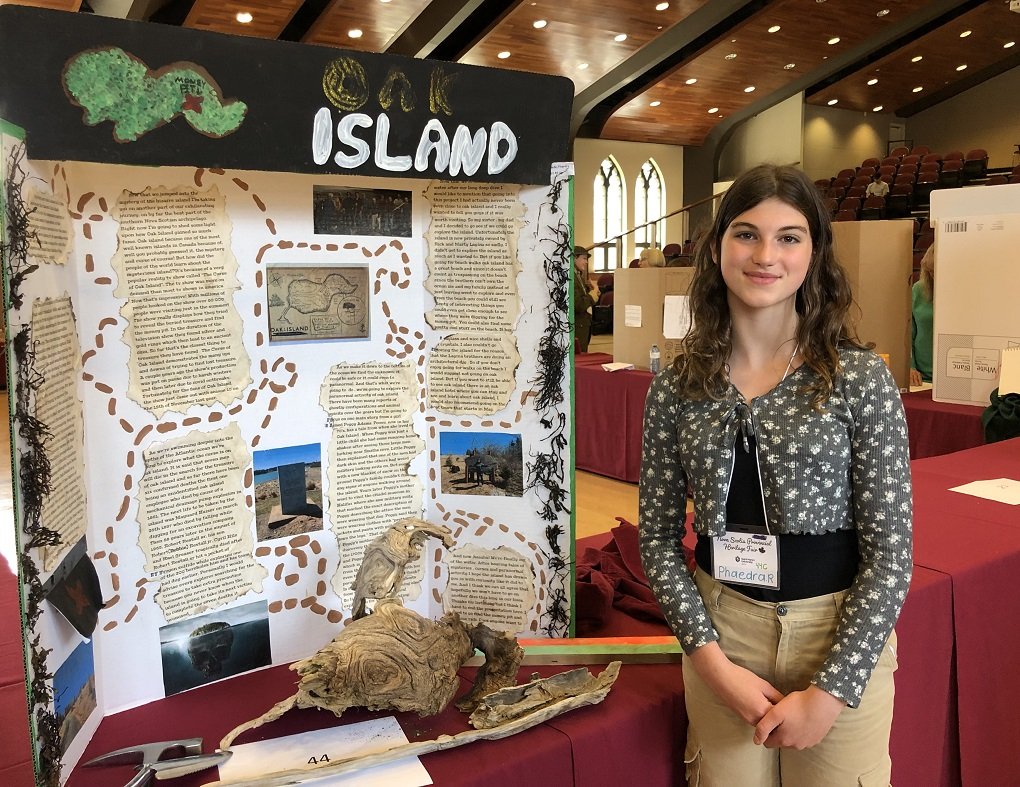

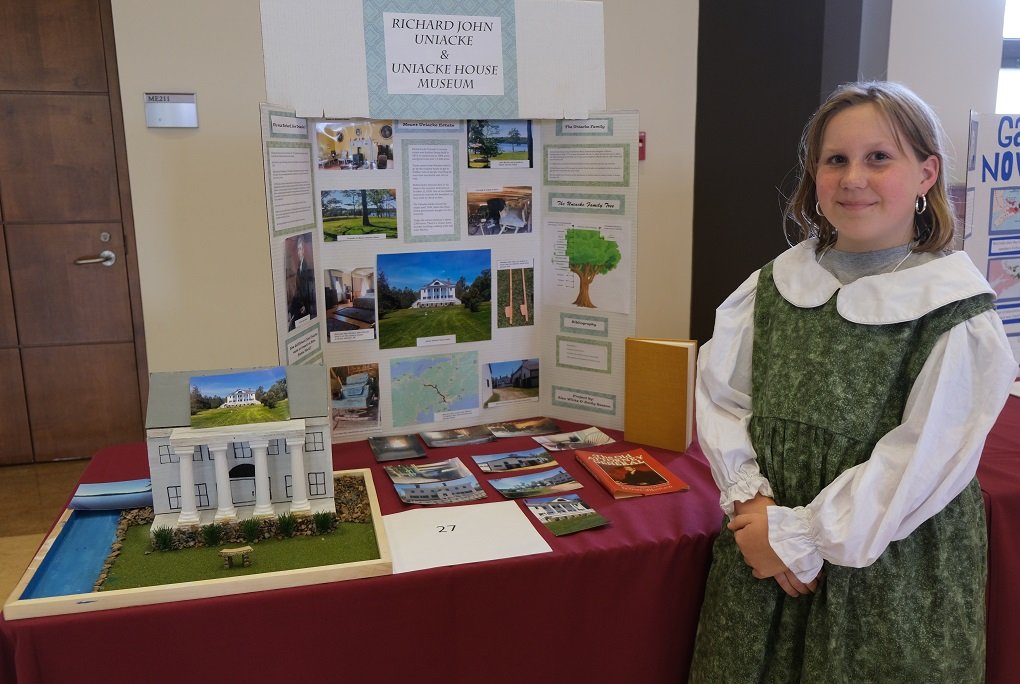
Budding young history buffs from across the province converged on campus last week, as Saint Mary’s University hosted the 2023 Nova Scotia Provincial Heritage Fair.
“We were thrilled to welcome students back in person this year,” said the event’s coordinator Dr. Kirrily Freeman, Director of Outreach and Experiential Learning for the Faculty of Arts. “The Heritage Fair encourages young research talent to shine and connect with the expertise of our Arts faculty and heritage partners. It’s so great to be able to do that in person again.”
The annual celebration of history and heritage returned to campus on June 8 and 9 for the first time since June 2019. Virtual versions were offered over the past few years due to the pandemic.
Forty students—some in costume—shared projects on a wide range of topics, after being selected at their school and regional fairs. Subjects this year ranged from the history of the Jingle Dress to Vimy Ridge, Oak Island, ham radios and even local rapper Classified. The learning opportunity is designed for students in Grades 4 through 9, encouraging them to explore Canadian culture, history and heritage while gaining research and public presentation skills.
“By doing these projects, students focus on research and critical thinking. But they also learn how to share that knowledge with the public, and how to explain the significance of events from the past,” said Freeman.
The students and their chaperones arrived June 8 to set up their displays, attend workshops and get acquainted at a banquet with entertainment by Halifax ‘wizard rock’ band The Lovegoods. On June 9, the projects were open for public viewing in the McNally Theatre Auditorium. Students and their parents enjoyed chatting with The Honourable Arthur J. LeBlanc, ONS, KC, Lieutenant Governor of Nova Scotia, and Her Honour Mrs. Patsy LeBlanc, who wandered among the displays and stayed for the awards ceremony afterwards.
Educational workshops both days ranged from podcasting to archaeology, and astronomy sessions in the Burke-Gaffney Observatory. Awards recognized student research in such areas as Acadian and Indigenous heritage, environmental history, equity and justice, immigration studies, history of science and technology, military heritage and more. The judging panel included professionals who are active in the fields of culture, history and heritage: history professors, archivists, librarians, museum curators, museum interpreters and more.
Related:






